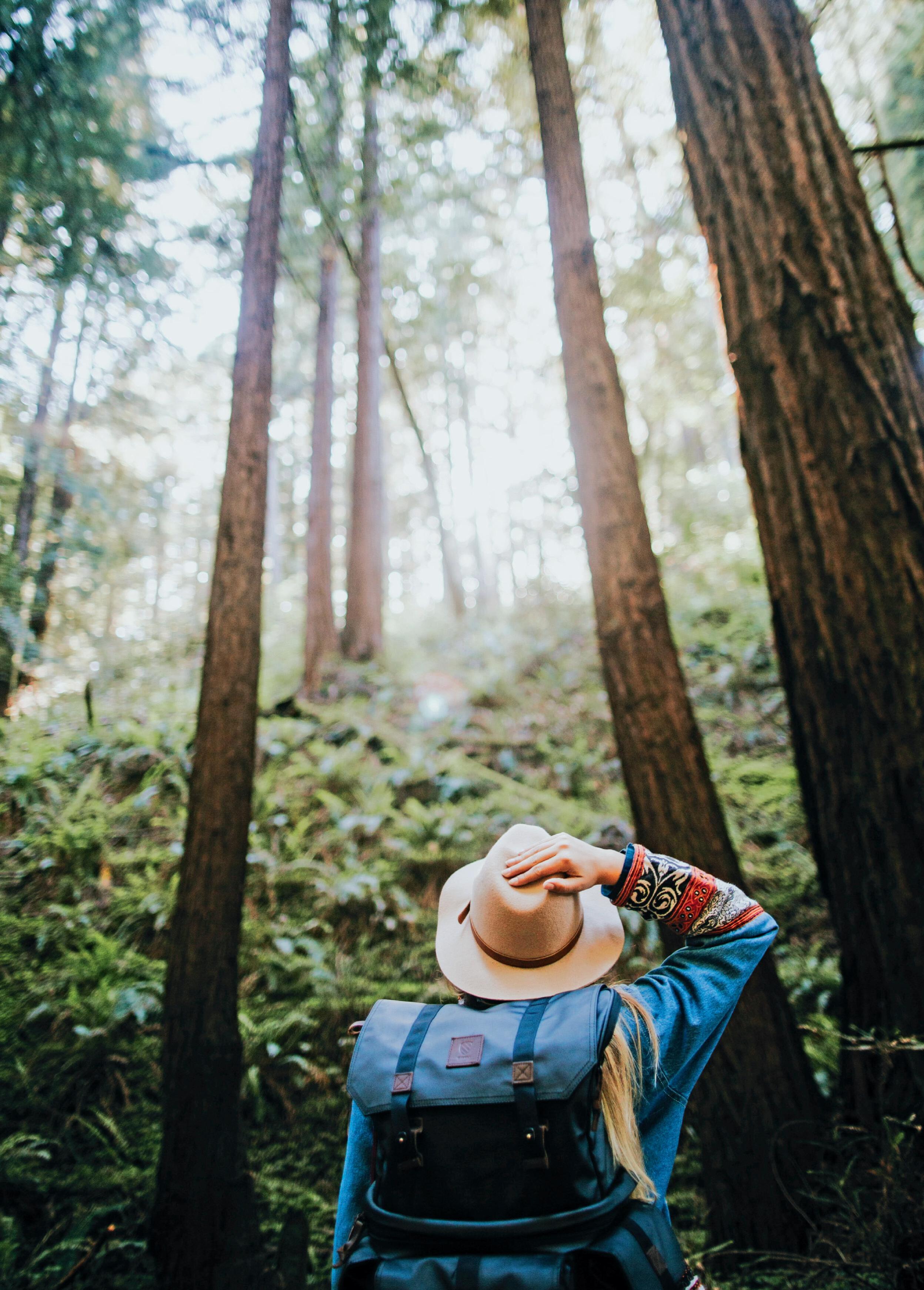













& Physical Activity























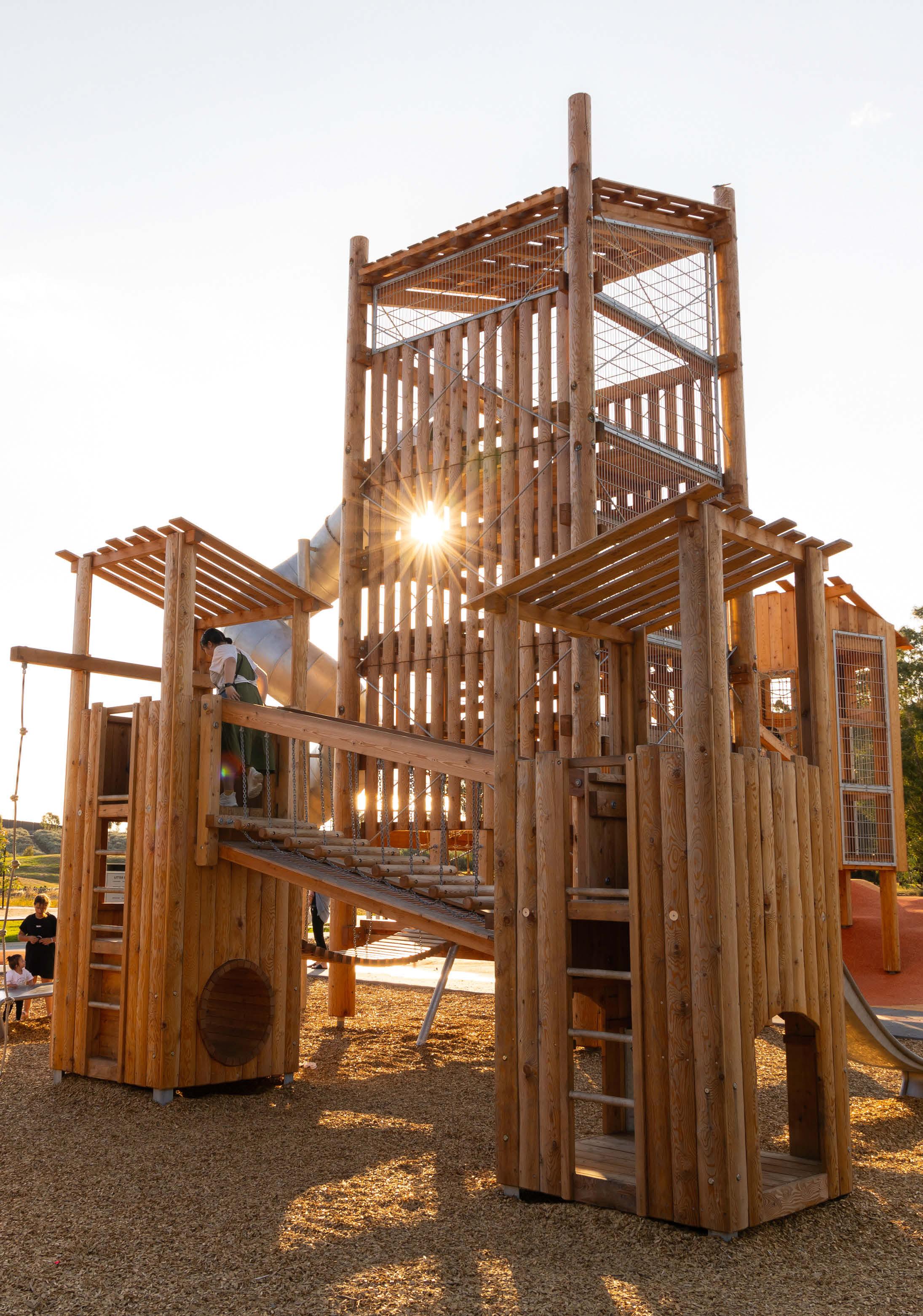


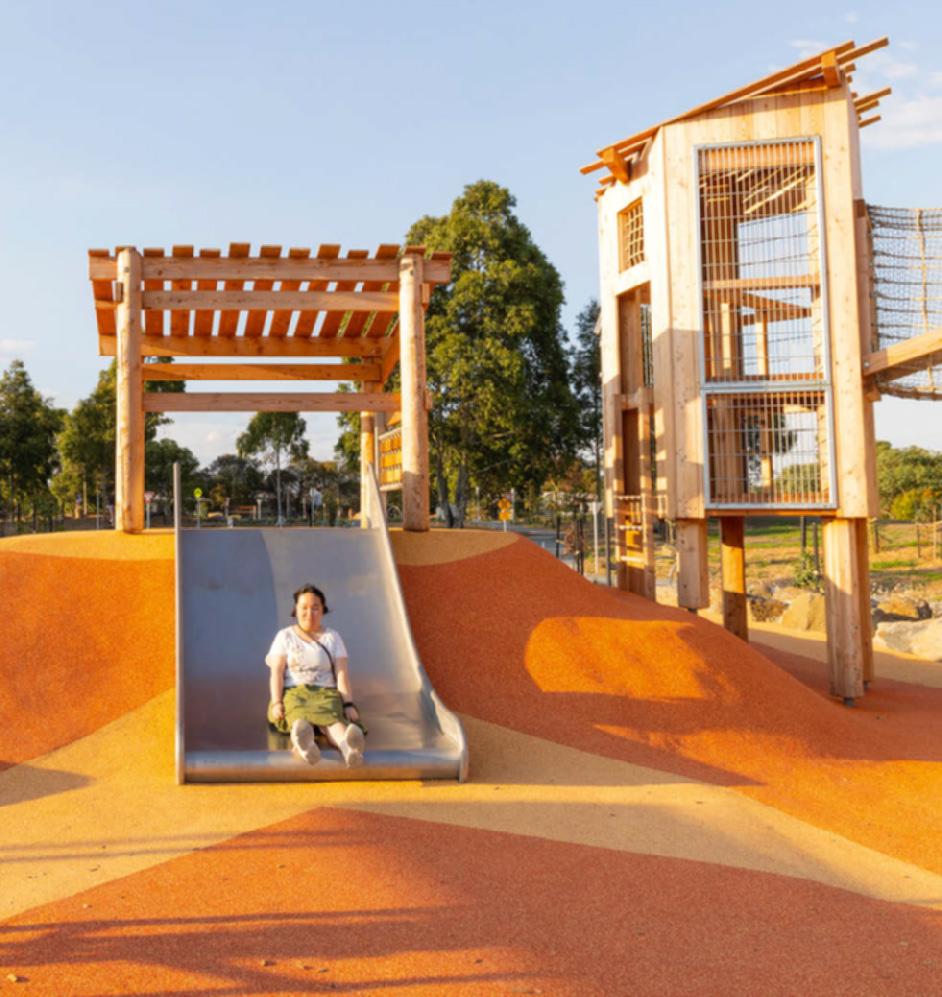
In today’s technology-driven world, children are spending more time indoors and on screens with a disconnect from the outdoors and nature.
Richter specialises in nature play to provide a safe and stimulating environment restoring that connection to the great outdoors.
Made from high-quality timber and expertly handcrafted for over 53 years, Richter’s play equipment provides endless fun and a focus on play value.
Experience the difference with Richter Spielgeräte.

Visiting a playground becomes an even more wonderful experience when inclusiveness has been designed into the whole play space.
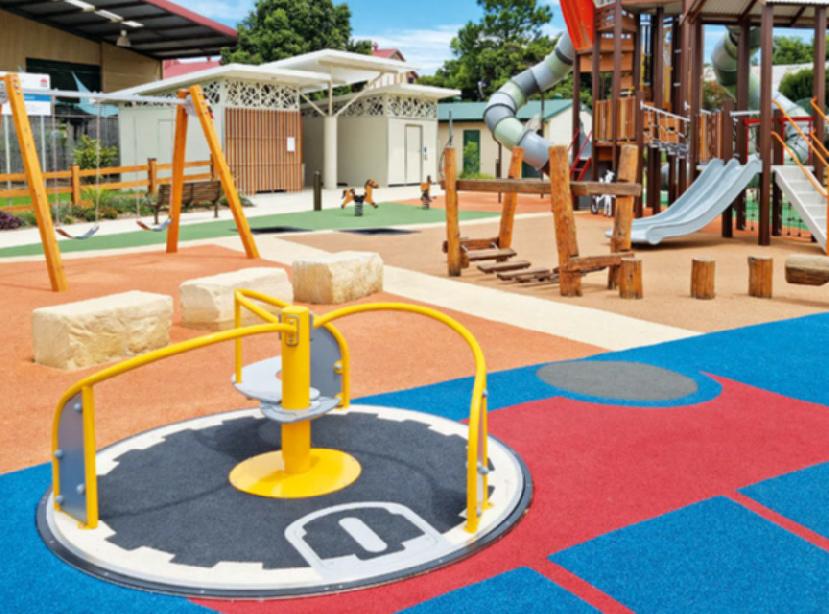
Invisi-clusive Play is when a play area welcomes children & families of all abilities without them knowing it has been designed to be inclusive.
This includes accessible play equipment, correct under-surfacing,
pathways, picnic facilities and amenities that bring families and children together regardless of their mobility status.
Moduplay now brings you the world first concept of Invisi-clusive Play

The legendary open and accessible, flush mounted All Access Luna Carousel has been setting the standard for Invisi-clusive Play since it was released.
Roll-on, roll-off access that is unimpeded by any change in floor height is complimented by the open and friendly grab bars, shaped to let children fly, play together and interact easily.
Engage, educate and entertain with Moduplay’s vast range of integrated and Invisi-clusive sensory and sound fun.
Each sensory and sound activity has been carefully designed by experts in the fields of Learning Support and Occupational Therapy ensuring maximum play value.


LOOK FOR THE INCLUSIVE ICON Throughout the Moduplay Play Book Edition 10 - look for the 'Inclusive' icon. Moduplay Inclusive products help you create spaces that cater to every level of ability.
The Safari Rocker takes Invisi-clusive to the next level in Dynamic Play, beckoning children of all abilities to get on board.
The seats are varied to allow for different transition abilities making it easier for carers to assist children to play. Handgrips provide safety, without intruding into the seating space. A truly beautiful Invisi-clusive Play addition to any play area for all abilities.

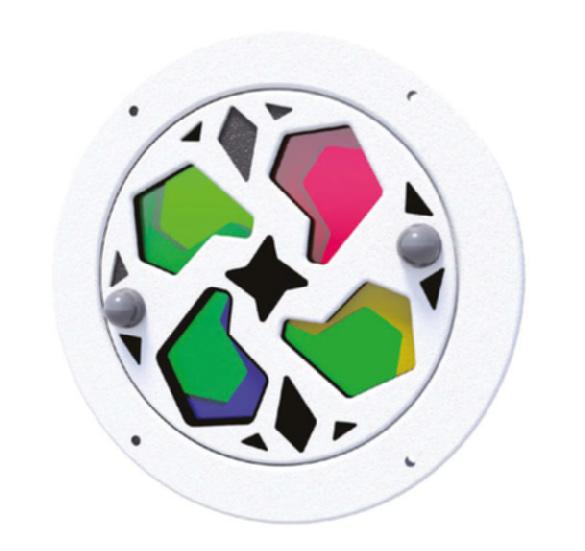

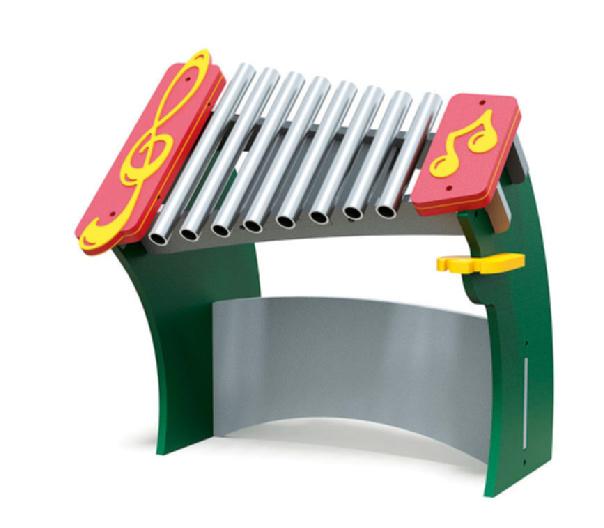



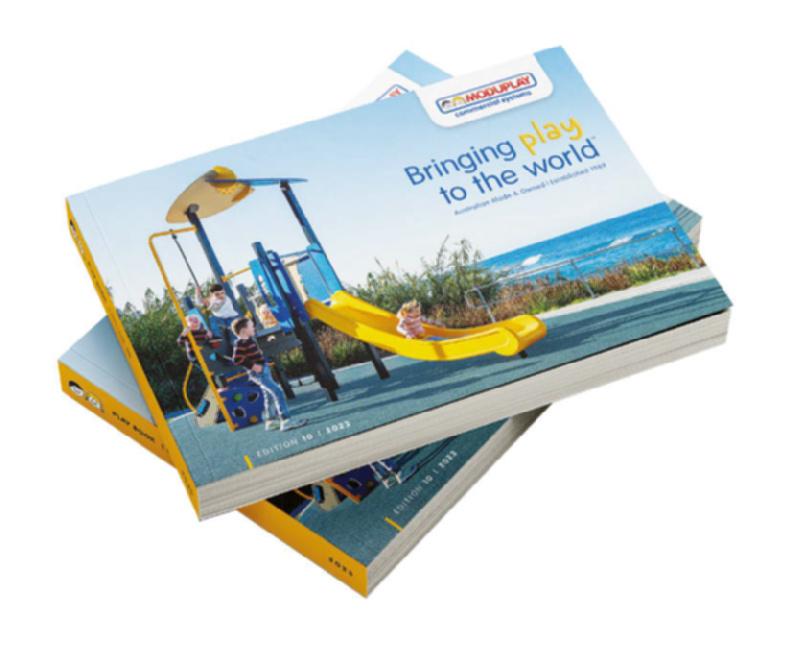
The Play Design Team at Moduplay is ready to work with you to integrate inclusiveness into your next play space design until it’s invisible.
Click here to request your FREE 2023 PLAY Book Edition 10 today! View online or request a hard copy.











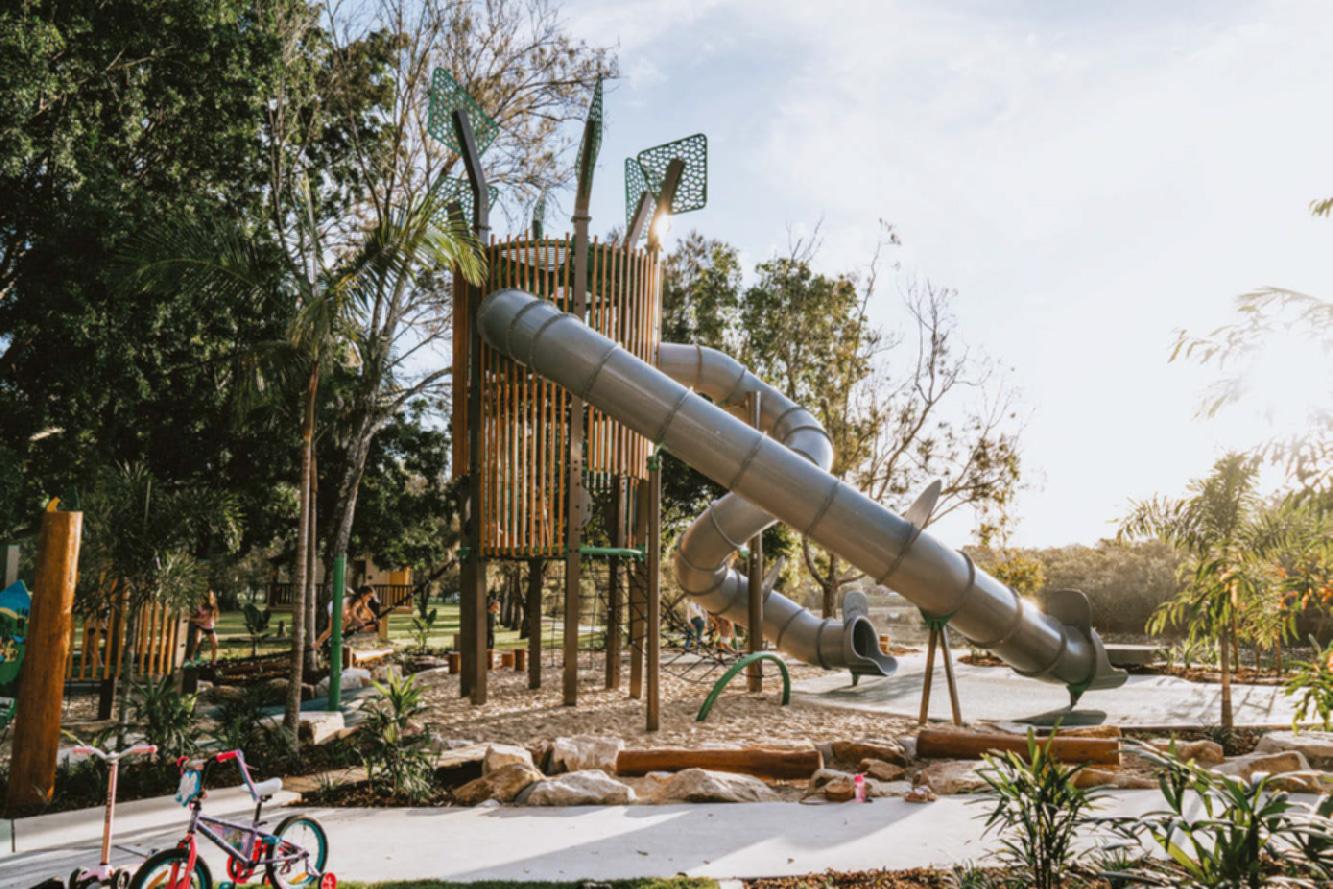

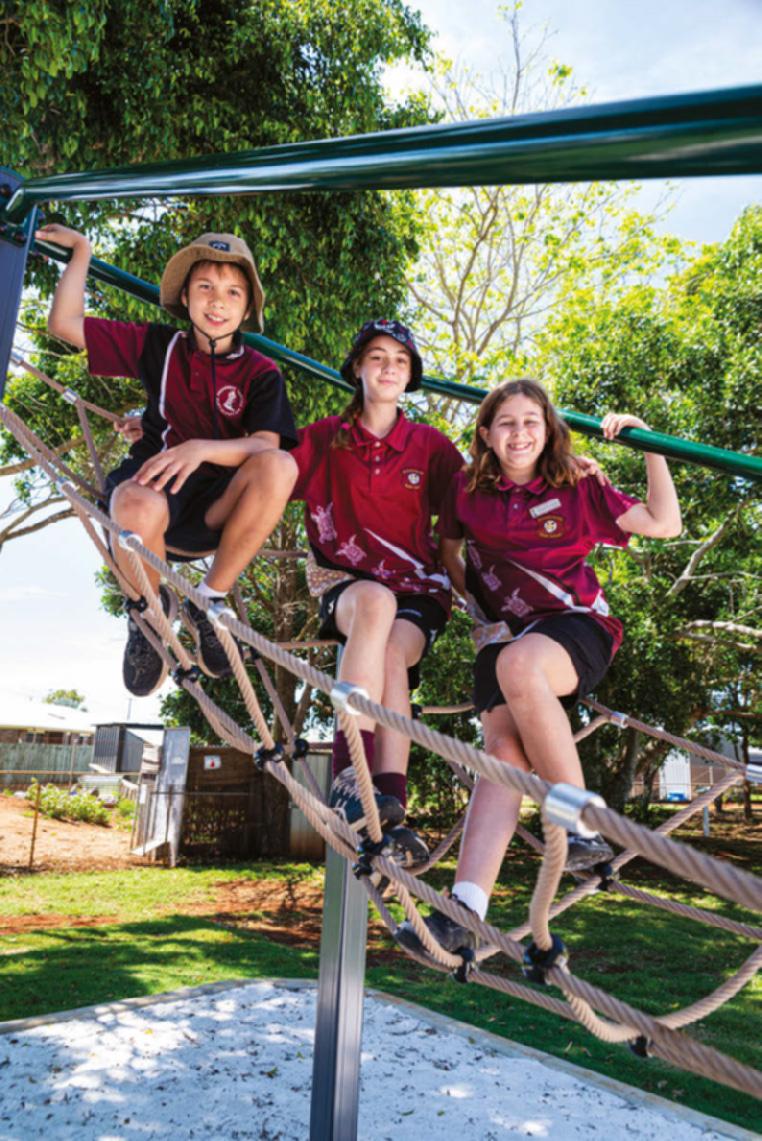
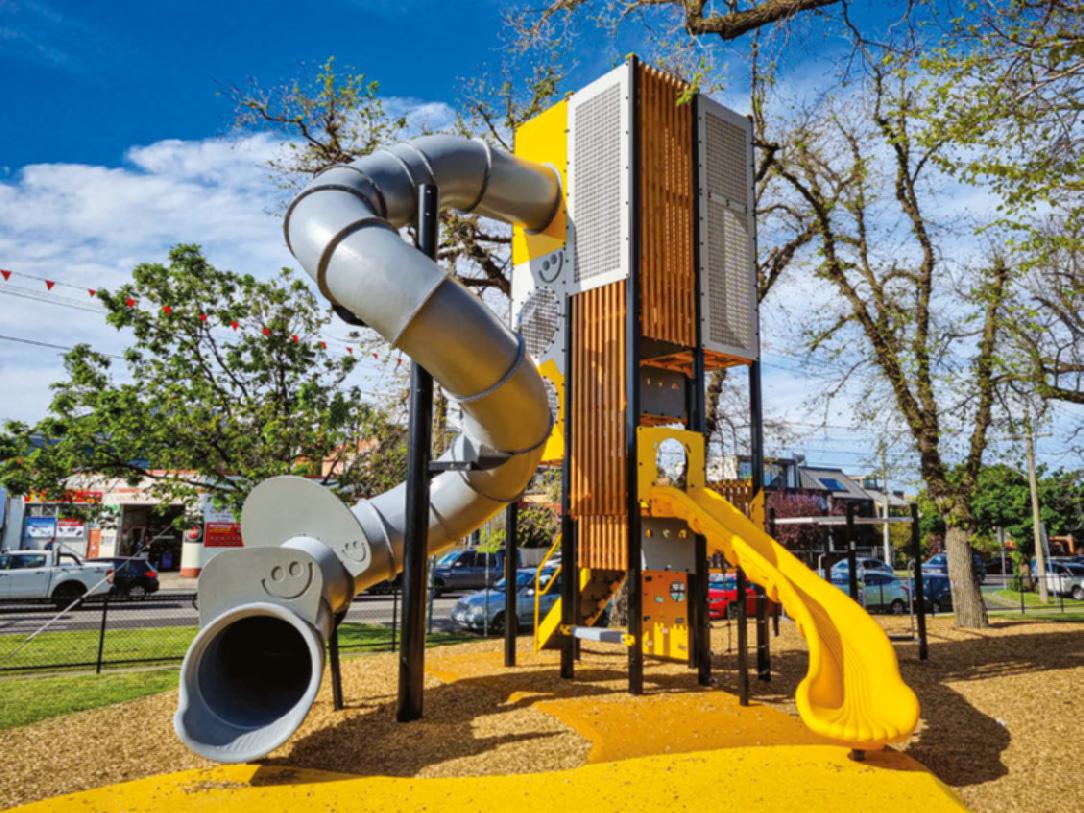


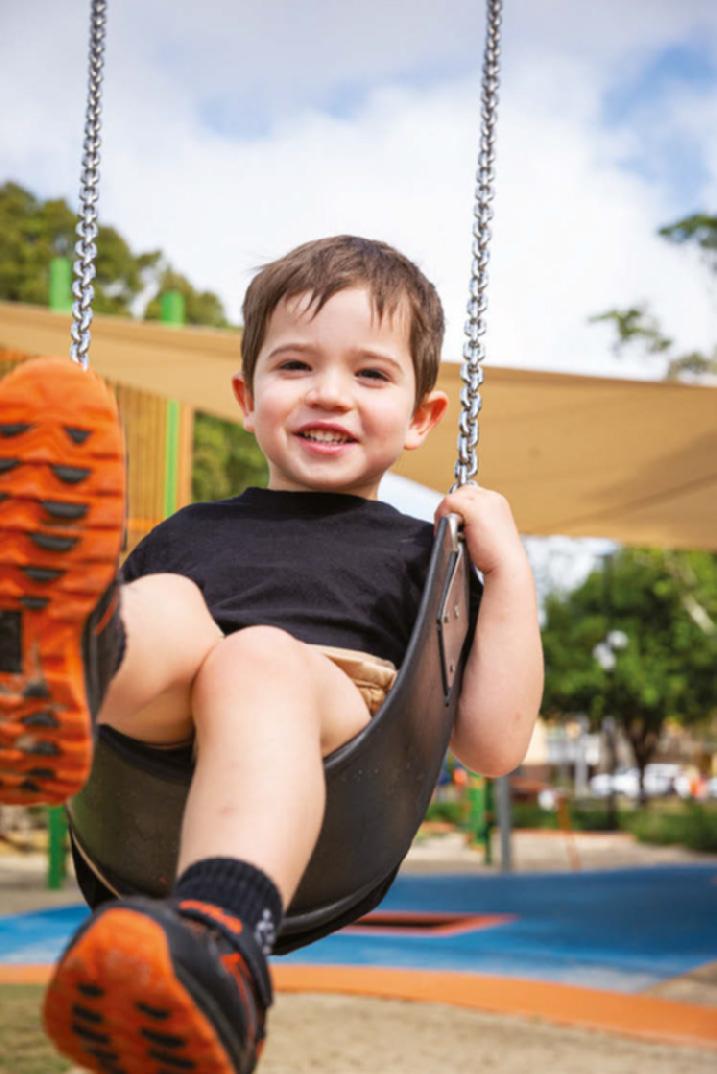


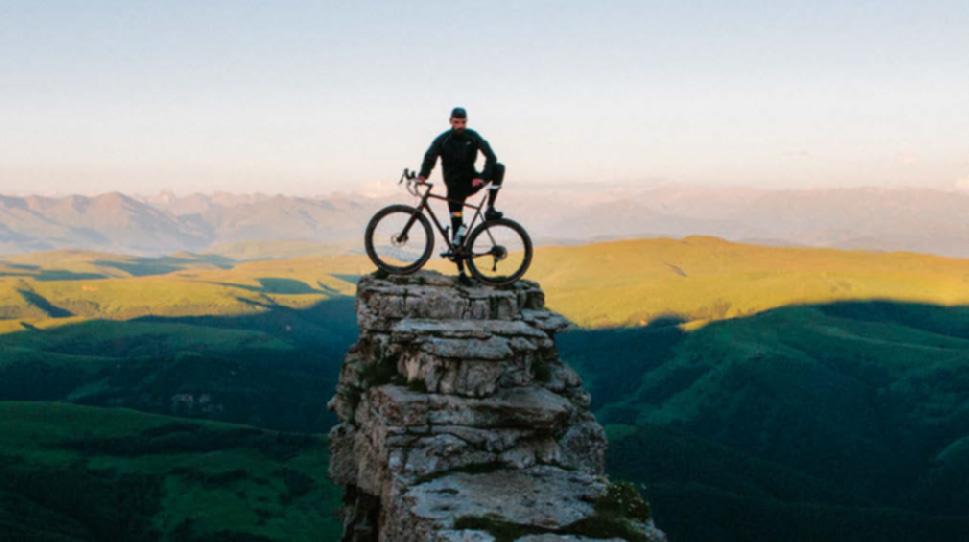


PRODUCTION EDITOR
Nicole Mulloy nmulloy@umco.com.au
EDITORIAL COORDINATOR John Senior journal@parksleisure.com.au
EDITORIAL & PRODUCTION MANAGER
Tara McConkey admin@parksleisure.com.au
DESIGNER
Samantha Stewart
SALES/ACCOUNT MANAGERS
Antonia Bewley (NSW, QLD & WA) 0418 424 410
Pilar Danlag (VIC & SA) 0414 468 243
ADVERTISING PRODUCTION
COORDINATOR Hayley Hanson
CHAIRMAN/CEO
Prema Perera
PUBLISHER
Janice Williams
CHIEF FINANCIAL OFFICER
Vicky Mahadeva
ASSOCIATE PUBLISHER
Emma Perera


The Winter edition of the AP&L Journal features a real variety of articles, from a new park in Hobart, a piece on how nature is good for us, a multigenerational design guide to encourage physical activity and engagement, through to input disputing that gum tress are window-makers and why Sydney should copy Rome. There is also an article announcing the venue for this year’s joint annual conference being held with World Urban Parks — spoiler alert, it’s Adelaide Convention Centre!
We also have a collection of overseas articles. One is on how Winnipeg is learning from its fellow city of Edmonton in using natural infrastructure to revitalise the city. Another covers the strong belief
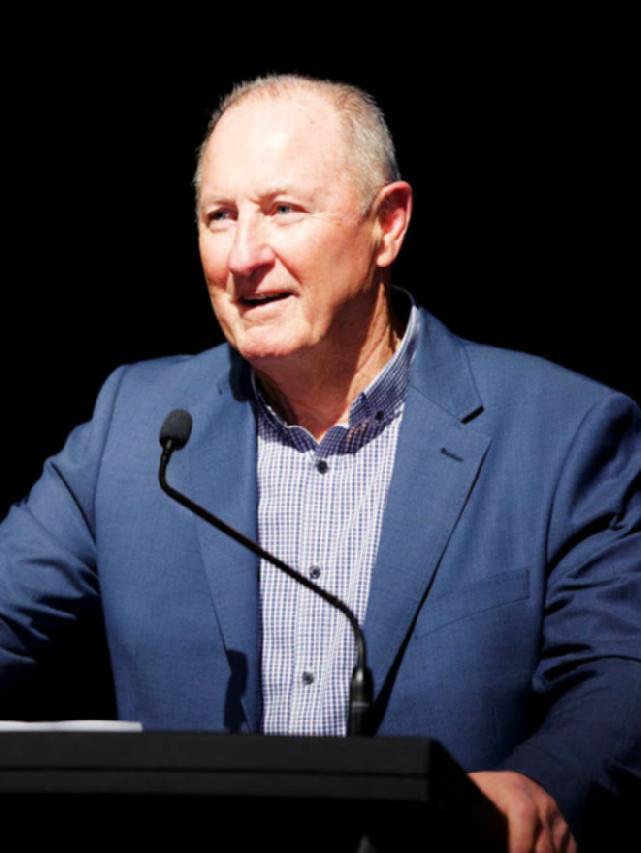
Welcome to the winter edition of the AP&L Journal. It is now 12 months since your National Board implemented a new management model for PLA and, I believe, we have demonstrated over that time that it has been a successful transition. We have restructured the management team and are now geared to substantially improve services for our members. We have always identified as a member driven organisation and the
by European Mayors that trees can save cities. Then there is one showing how old city bridges are being reinvented as urban linear parks. Finally, another paper on a study, this time from Finland, showing that enjoying nature may lessen the need for some medications.
Article contributions are always welcome. Please feel free to contact me at jgsenior@bigpond.com or 0418 323 863.
John Senior Editorial Coordinator
improvements in our service delivery over the next 12 months will reinforce that belief.
Our new software system will be going live in August and will improve our online booking system for members, our financial reporting, and the general availability of information for both staff and members. We have been working towards the purchasing of a new platform for some time and we are eagerly awaiting its arrival. I need to thank our office staff and our National Board members who have contributed so much over the past 12 months to ensuring the continued success of our organisation.
Our focus in this edition of the journal is on recreation and physical activity. Obviously, physical activity is recreation for many in our communities, but other forms of passive recreation can have a profound influence on our mental wellbeing. This was recognised by all forms of government during the Covid lockdowns, with specific recreation windows provided in order to provide people with some form of relief from the necessary but draconian rules that were imposed on the population.
Physical recreation can take many forms, from organised sport, ad hoc activities such as skate boarding, swimming and surfing, to gymnasium programs and outdoor exercise equipment. Passive recreation can also take many forms, however the health benefits can be as equally important to our wellbeing.
We thank our national sponsors and partners:






It is important when planning recreation facilities that consideration be given to all users of the facility. For example, the grandparents who bring children to your playground also deserve to be catered for. Too often I have heard the complaint about the commercialisation of public open space, but when this is done tastefully, rather than diminishing the attractiveness of the reserve, it enhances it. There are many examples of coffee outlets and even restaurants that have been constructed within reserves and have increased their appeal to the general public as they add greatly to the user experience. As a bonus, the lease fees received from these facilities can offset some of the maintenance costs, meaning a win/win for all parties.
For many years the local sports clubs have operated canteens at their grounds as a means of providing much needed financial support to the clubs. They also allow mums and dads to enjoy a coffee or tea while standing on the sidelines watching proceedings. Generally, this same luxury is not provided at most passive recreation areas. Socialising is an extremely important activity needed by most of us to maintain good mental health. Coffee drinking may not be an Olympic sport, but it is an extremely popular past time.
Les Munn PLA National President



Compact Cross Training

High quality, cost-effective outdoor Cross Training equipment with a smaller footprint.
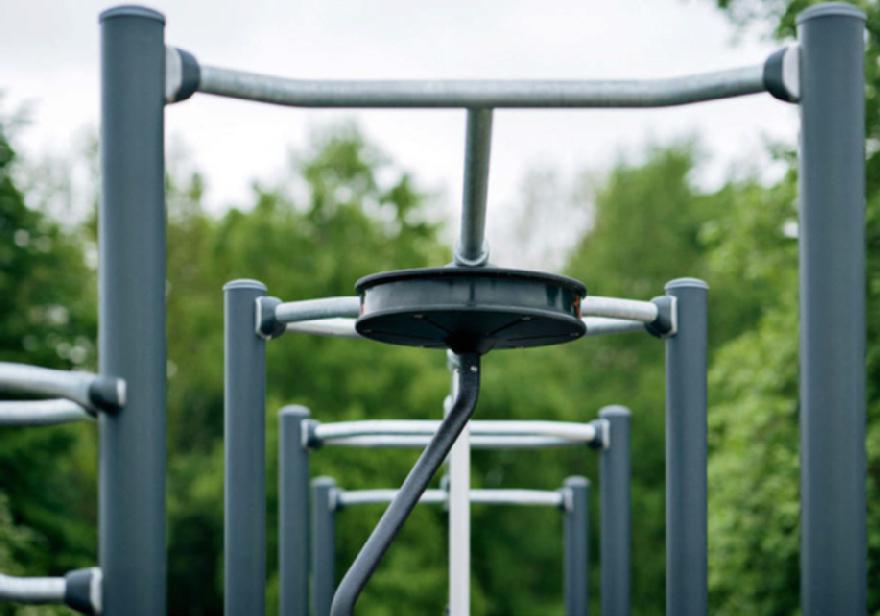
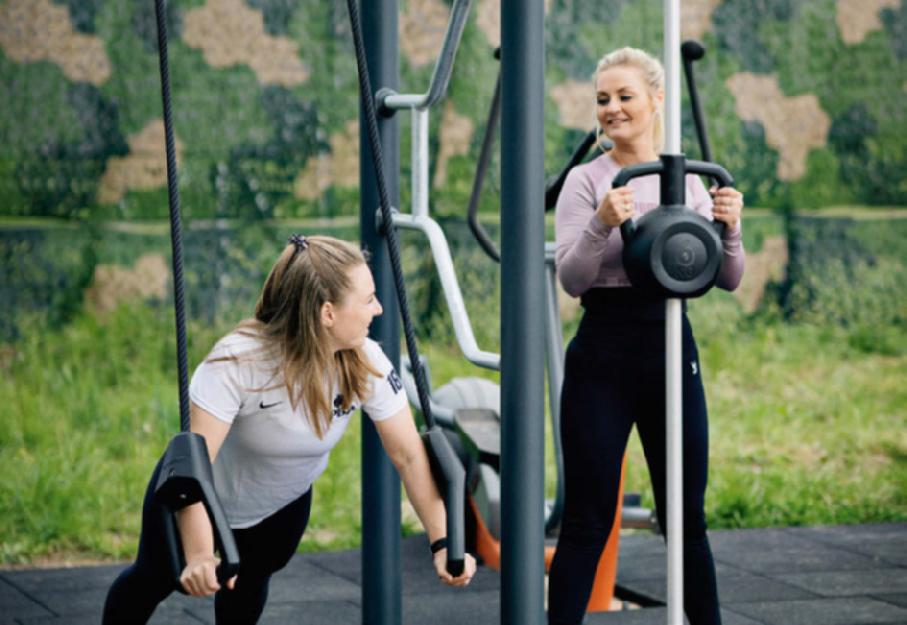



The Compact Cross System is impressive due to its high-quality craftsmanship and same functionality as the beloved Cross System solutions. Changes in the design features create a smaller layout, perfect for areas with less capacity. The Compact Cross System frames are available as stand-alone pieces or as joined structures in a circular or linear combination. Each section offers various activities, such as kettlebells, suspension trainers or pull-up bars.

This year has brought many positive changes to Recreation Aotearoa including new staff, a new CEO, and a new board member. All bring with them a wealth of knowledge, experience and enthusiasm that will undoubtedly benefit our organisation and the communities we serve. We are confident that their expertise, along with the dedication of our existing team, will help us achieve our strategic goals.
At the same time, we must acknowledge the departure of Brent Eastwood in March, one of our long serving board members. We thank Brent for his service and dedication to our organisation and wish him the best in his future endeavours.

Tēnei te mihi mahana ki a koutou (warm greetings to everyone). It is an honour to have stepped into the role of Kaiwhakahaere Matua (Chief Executive Officer) at Recreation Aotearoa, following in the very large footprints of Andrew Leslie. I’d like to start by acknowledging Andrew’s huge contribution to our sector and the legacy he leaves behind.
I come into an organisation with a bold, intergenerational vision, a deeply committed and capable team, and a strong foundation from which to build. I am excited about the opportunities that lie ahead and the potential we have as an industry to improve lives.
My journey here has seen me work across, parks and open space, the outdoors,
Additionally, as Sarah has highlighted, our work with Ki uta tārei ai, Ki tai rewa ai is helping us to develop tools, resources and build capability across the sector in order to realise the aspirations of our strategic plan, Te Whai Oranga. Part of this journey includes a review of our governance structure and our recent implementation of co-chairs. Having been involved with the development of Te Whai Oranga, both myself and Michele have significant context of the strategy and how this will benefit the sector, forming a unified approach to how we can deliver on the key result areas.
We are pleased with the positive responses at our recent Green Pavlova conference and were delighted to be able to host this in Wellington’s Te Papa Museum. The conference brought together experts and practitioners across the New Zealand parks, play and open space industry to come together to network, learn, share and inspire. Allowing everyone to explore how we can implement the knowledge and tools we have gathered and developed over the last three years.
As one door closes another opens, and we now prepare for our upcoming Waves conference, where we look
forward to returning to the Waikato to host the aquatics industry, with the intention to increase knowledge in the industry by creating a sharing platform among delegates to support individual and collective growth and build a sense of place among emerging professionals.
Looking ahead, we anticipate the reflections and celebrations that Matariki, the Maori new year will bring and welcome the opportunity to reflect, reconnect and prepare for the journey ahead. We will use this opportunity to review on our past successes and challenges and to prepare for the future. As we move forward, we will continue to work hard to achieve our goals, to serve our members and communities and to make a positive impact across the recreation sector.
Our organisation is committed to delivering on our vision of ReCreating a Nation, and know by working together that we can achieve our mission of enhancing wellbeing through recreation and make a positive impact to the lives of all people across Aotearoa.
Bobbi Clark-Heu Recreation Aotearoa Co-Board Chair
community recreation, sport and play, first with the Department of Conservation and, most recently, in local government with Wellington City Council. I bring a broad understanding of the sectors we work in and a background in leading and developing impactful partnerships that drive positive change. As a previous board member, ARPro Assessor, regional committee member and regular conference contributor, I bring a member’s perspective. I want to ensure that we continue to deliver tangible value to all our members, existing and future, and that we support you in the amazing mahi you do.
Last year, Recreation Aotearoa began an exciting programme of work titled Ki Uta Tārei Ai, Ki Tai Rewa Ai. Loosely translated as “Prepared on Shore, Prepared at Sea”, this programme is about building the systems, frameworks and capability to realise the vision of our strategic plan, Te Whai Oranga (living life). It’s about honouring Aotearoa’s founding document, Te Tiriti o Waitangi, and bringing both Māori and non-Māori world-views to our work as a sector.
Those of you who have attended our
recent conferences will have noticed this in action through initiatives such as the papanoho, a space where delegates came together to share multiple world-views, discuss, debate and create solutions. Other initiatives include reviewing our Quality Assurance Toolkits like Poolsafe and Green Flag with a bicultural lens.
Recently, we hosted an Accessible Outdoors Guidelines Insights Hui. Attended by representatives from across the disability, parks and outdoors sectors. The insights gained will help us to collectively create evidencebased, fit-for-purpose guidance for developing inclusive, accessible outdoor opportunities — an important step toward ensuring outdoor recreation opportunities are available for all.
Lastly, thank you for the support, messages and warm welcome I’ve had as I’ve come into the role. I look forward to connecting with you over the coming weeks and months and ensuring that Recreation Aotearoa continues to be a strong, effective voice for recreation in New Zealand.
Sarah Murray Recreation Aotearoa
CEO
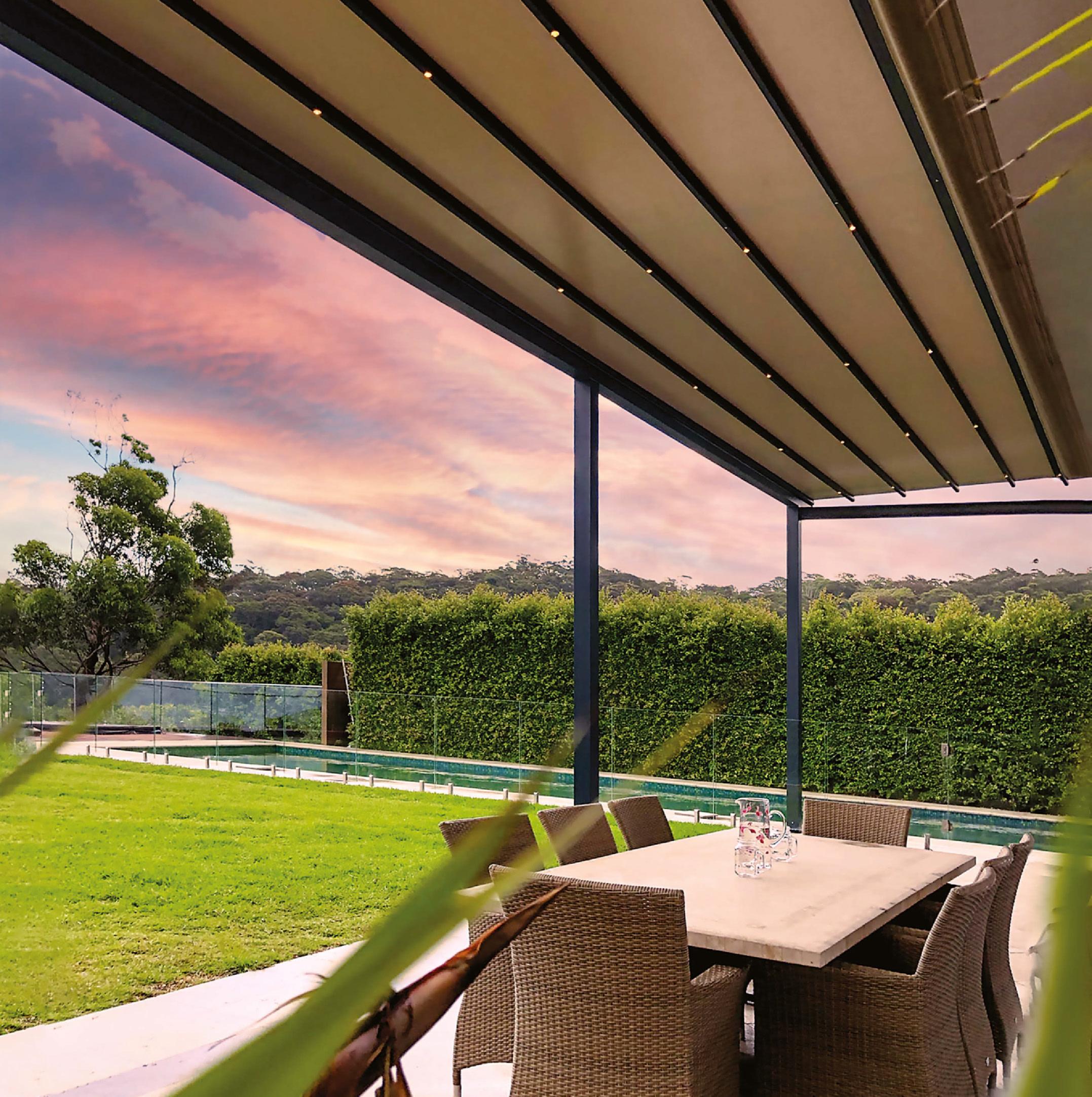
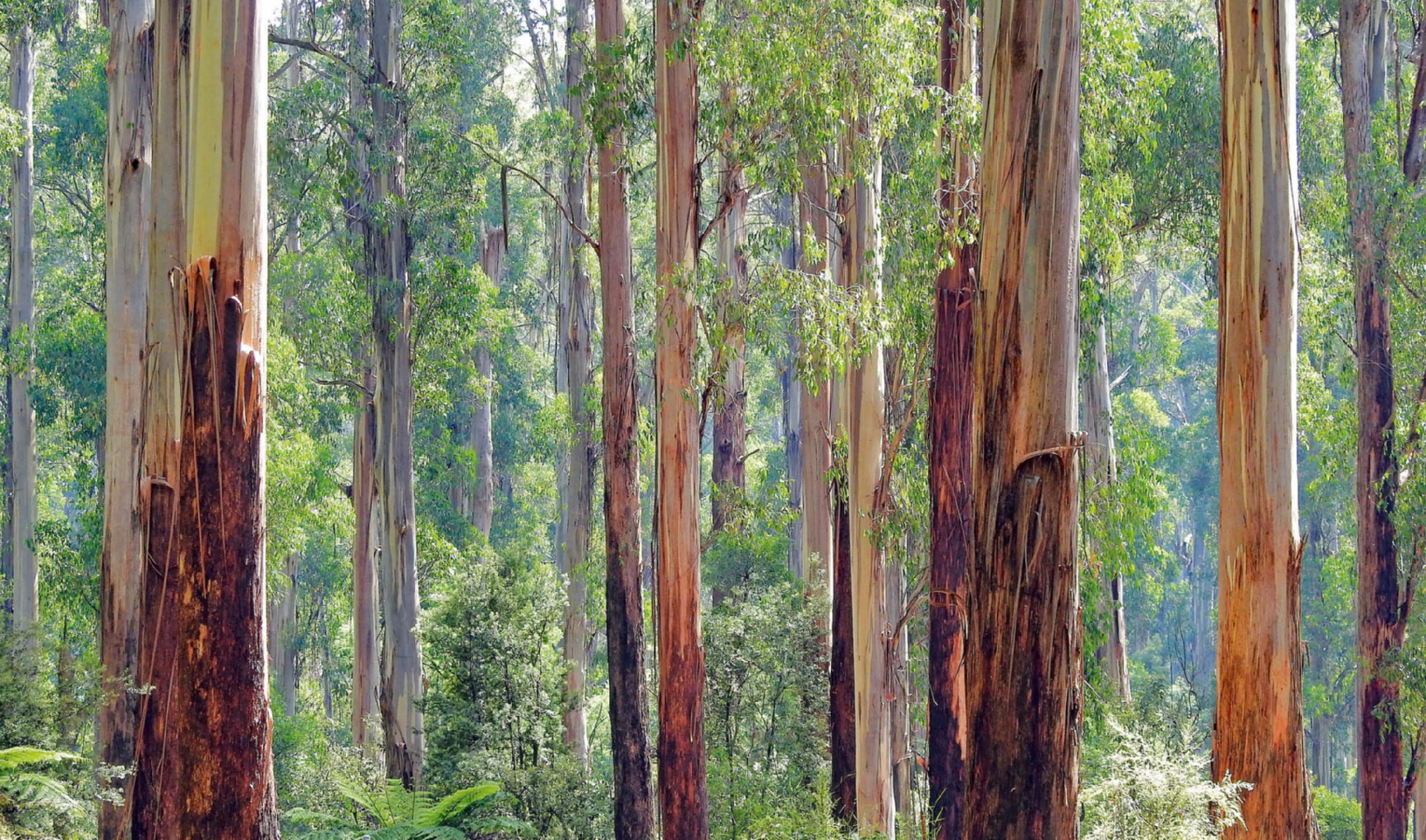
WORDS
Pleasantries aside, it was turning out to be one of those conversations with a local resident. They started to bemoan the inconvenience of having to deal with leaf drop from a tree in the nature strip outside. The inevitable confession followed; they really liked trees in general but this was a real hassle tidying their front yard. Then, like an oftrepeated chorus, I hear, “It’s a gum tree, aren’t they all widow-makers?”
Besides kangaroos and koalas, it is the distinctive sight and smell of Eucalypt trees, popularly known as gum trees, that evokes for many Aussies a familiar feeling of being “back home”. The widespread presence of this unique indigenous flora, the most common forest-type in Australia (covering some 101 million hectares, roughly 77% of our total native habitat), gives them an iconic status. Gum trees are not only a cornerstone of our nation’s physical landscape and natural ecosystems, they also hold a special place in our cultural and historical landscape. This is evidenced by numerous key references in Australian songs, folklore, art and literature. “Kookaburra sits in the old gum tree…” – surely his carefree merriment might be attributed to no other reason than the solid, reliable support of his grand perch?
The importance of Eucalypts is also reflected in the ancient tales and dreamtime stories of our First Peoples,
for whom various species of gum trees hold special significance by virtue of their spiritual, life-support or medicinal properties. The fragrant leaves or essential oil of the Eucalypt is seen to possess a purifying quality or cleansing effect. This idea of plants as embodying certain resonant qualities or spiritual salience might seem strange or too esoteric to modern ears, but it goes a long way back. However, in contrast to olden times, the reputation of our gum trees appears to have taken quite a bit of knocking recently. Appreciation for gum trees in local communities in suburbia seems to be on the wane, with growing questions about their value as plants in residential or leisure areas.
It is perhaps fitting that the name of the tree, Eucalyptus, derives from the root Greek word “eu”, meaning good, well or beautiful, and “kalypto”, signifying to hide or conceal (in reference to cap-like membranes that cover or shelter the flowers of this tree). The more popular name, “gum trees” stems from colloquial usage by early Western settlers, who observed that certain types of Eucalypt trees exuded a gummy resin — which was used by the indigenous inhabitants in their construction of tools or weapons (the phrase “gum trees” was first cited in the 1770s journals of Captain Cook and his colleague Sir Joseph Banks).
We now recognise that there are well over 900 species of Eucalypts,
classified in three distinct but related genera, namely Eucalyptus Angophora and Corymbia
We need to add the spectre of climate change and global warming patterns. In 2021, it was widely reported that the previous 8 years had been the warmest on global record since we started capturing weather data. The Bureau of Meteorology reported that Australia had warmed 1.47°C since 1910. We don’t need convincing anymore, having witnessed the increase in frequency and intensity of extreme weather events that result in significant damage to public infrastructure and property and, worse, loss of human life. In a time of genuine concern about the impacts of climate change, trees have been lauded for being “carbon sinks”, capable of soaking in carbon dioxide from the atmosphere and storing this embodied carbon in their wood, plant material and in the soil. We recognise we need to plant more trees, especially in highly urbanised cities, to combat global warming, but segments in our community believe they don’t belong in suburbia. We must face the reality that successful tree planting and maintenance depends on public support and engagement as much as technical knowledge about tree management.
The mass media, unwittingly, in reporting the most unfortunate and tragic events involving trees only serves
Mark is passionate about flora and fauna. He has had 30 years professional experience managing parks and open space areas for local government, institutional, recreational and private sector businesses. In his current capacity, he leads a professional team that maintains parks and urban forests in the outer northern Melbourne municipality of Whittlesea. Mark is also a member of the PLA Vic/Tas Region Council and has a Graduate Certificate in Arboriculture from the University of Melbourne and a degree in Biology from the National University of Singapore.
to heighten this fear of gum trees, being the most abundant across the country. While such occurrences are freak and tragic events, they are a far less common cause of death or serious injury compared to the most inert, mundane activities and lifestyle choices of suburban life.
On 9 June 2021, when a significant storm event hit the outer eastern Melbourne municipality of Yarra Ranges and felled some 25,000 trees in one fell swoop, destroying 72 properties and damaging another 50, social media was awash with commentary suggesting the need to fell gum trees along throughfares and in suburbs. Without doubting the mental toll catastrophic events like these have, culling gum trees completely misses the point. This distrust and lack of understanding is deeply concerning.
The majority of urban trees in the Melbourne context, with the growth of the city, have been planted in the last 60 years. After World War 2, Spencer (19881), talking about tree planting in Melbourne, noted many native trees were introduced at the time, in planting out our new, narrowing suburban streets. Gum trees now easily dominate the top 50 most common taxa of urban trees in Melbourne2. They are well suited to the local environs, can tolerate the stresses of urban sites and soils, are attractive trees, as well as being familiar habitats and a food source for local fauna and insects.
Arborists in Australia, England, South Africa and the United States have widely reported a phenomenon referred to as “Sudden Limb Drop”, where unexpected branch failure of apparently sound
branches up to 1 metre or more in diameter occurs, usually during warm, calm afternoons. However, it must be said, this phenomenon is not peculiar to just gum trees. Other common street trees like Oak, Ash, Poplar, Willow and Plane trees have also been cited as well. The reality is, a minority of gum trees have been reported to display this phenomenon, including the widely distributed River Red Gum.
Despite the massive numbers of trees and tree failures in Australia, the annual mortality rate from tree failure is in the order of 1 in 5 million people3. The vast majority of these occur during adverse weather events, with associated strong winds and storms and do not occur outside heavily treed areas. In normal weather, the mortality rate because of tree or tree-part failure climbs to the order of 1 in 25 million. Incidentally, the statistic in the United Kingdom, which is bereft of our native gum trees, is 1 in 10 million deaths from tree failure.
Contrast this against the mortality rate of driving a car, at 1 in 20,000, or 1 in 13,500 dying from skin melanomas, or 1 in 1 million from falls involving a chair, we should recognise that the risks associated with gum trees are very tiny, and instead celebrate the enormous benefits that they bring to us living in suburbia. Gum trees bring shade, cool our homes and our streets in summer, dampen wind speeds, reduce noise, filter air pollutants, encourage wildlife and biodiversity, as well as contribute to aesthetic appreciation and psychological wellbeing.
There is an urgent need to change the perception of gum trees and correct the misconceptions of our amazing Australian genera of trees.
Gum tree are fantastic trees, well suited to our Australian climate and stresses. They have been here for thousands of years and will endure the perils of climate change.
There is an amazing array of gum trees to choose from when deciding what trees suit different neighbourhoods and streets,
There is a need for a variety of tree species and types (avoiding an over reliance on a single species or family of trees) in suburban streets and parks.
The risk of death and injury from trees is not statistically significant but it increases understandably in stormy and inclement weather conditions.
Tree health and risk can be managed with regular inspections by suitably qualified Arborists.
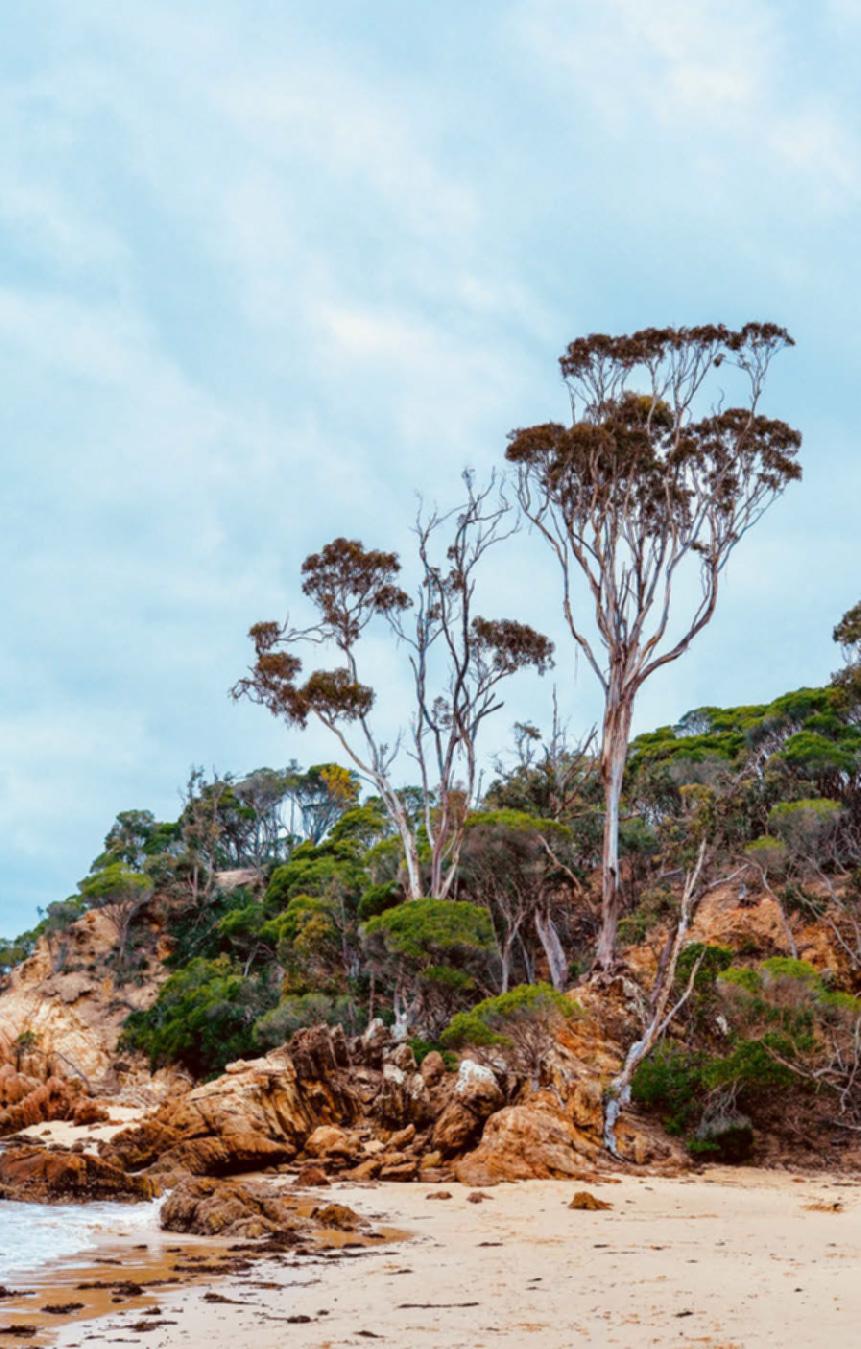
All trees irrespective (whether they are gum trees or other species) require management and maintenance.
Trees and gum trees are your friends, helping you live longer and healthier and support our urban biodiversity
Bit unfair to call gum trees widowmakers – 99.99 percent of the time, they are life-enablers!
Perhaps, like the fictional children’s character Winnie-the-Pooh did with his friend Piglet, it’s time we pondered:
“Supposing a tree fell down, Pooh, while we were underneath it?”
“Supposing it didn’t,” said Pooh. After careful thought, Piglet was comforted by this.
1. Spencer, R. (1988). Fashions in street tree planting in Victoria. Landscape Australia, 4
2. Frank, S., Waters, G., Beer, R. and May, P. (2006). An Analysis of the Street Tree Population of Greater Melbourne at the Beginning of the 21st Century. Arboriculture & Urban Forestry, 32(4), pp 155–163. doi:10.48044/jauf.2006.021.
3. Hartley, M. and Chalk, J. (2019). Database of Australian Fatalities caused by Tree Failures. [online] arboriculture.org.au/education/ database-of-australian-fatalitiescaused-by-tree-failures
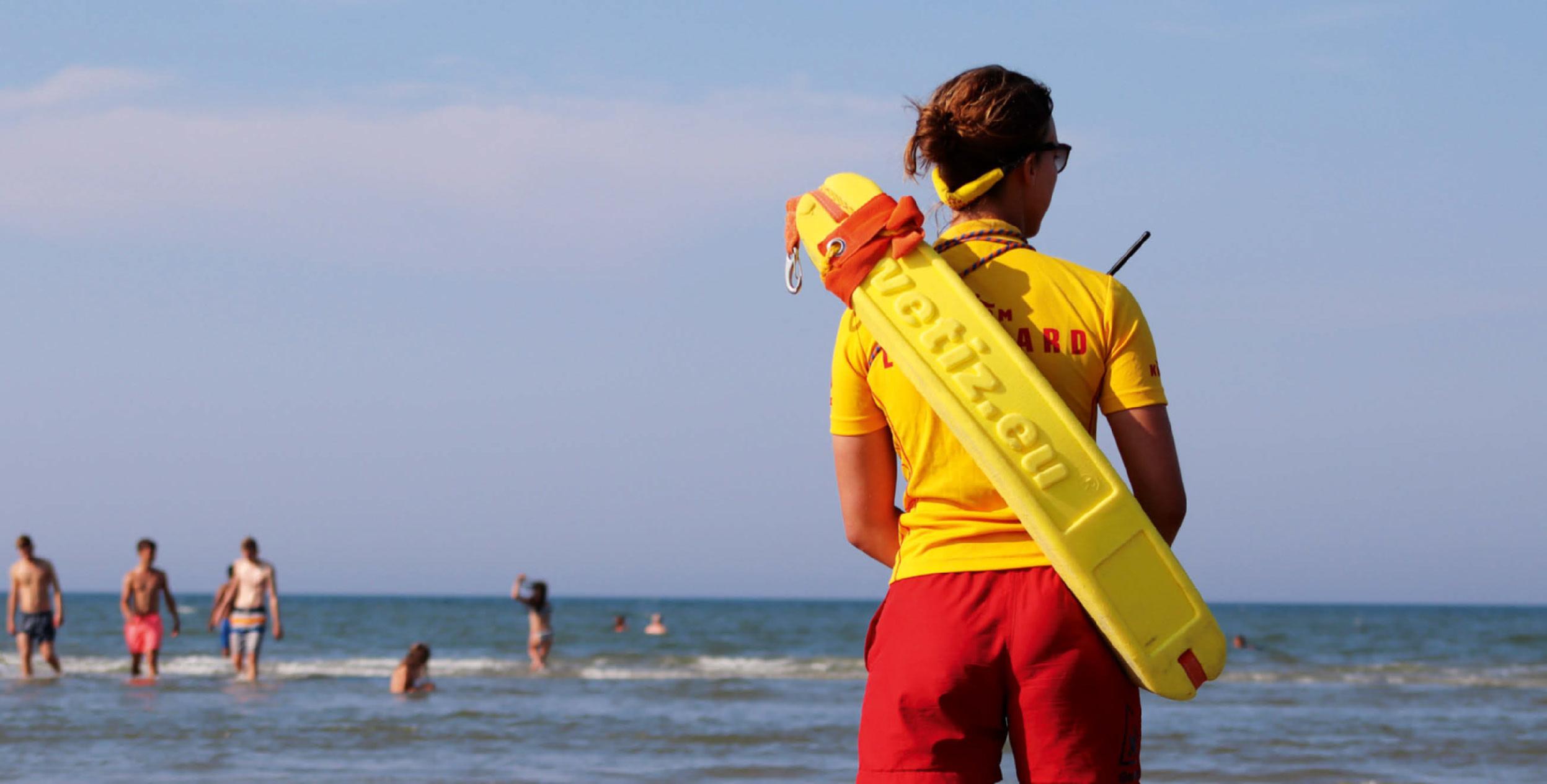
WORDS MALEX CALWELL
Picture this, a lifeguard is doing their duty in what, to the untrained eye, looks like a relatively safe and ordered environment. The pool hall is spacious, quite noisy, there are a variety of activities happening at once and there are people of all ages constantly moving about. Through all these distractions, and with the average human attention span of 8 seconds, the lifeguard can easily disengage from their core supervisory role and then does not foresee or notice developing situations, which can lead to a serious event. Working in these complex environments can be physically and mentally draining and lifeguards need to be in a state of readiness all the time. Afterall, the everyday activities can move quickly from routine-mode to crisis-mode.
The majority of a lifeguard’s time is spent on preventative behaviours, however, the majority of current training tends to focus on rescue techniques and first aid. This means that not a great deal of attention is given to surveillance as a preventative skill even though this is a critical part of their day-to-day activity (Szpilman, et al. 2018). This article offers thoughts on what lifeguard trainers might consider to further advance and
sharpen surveillance strategies as well as try to prevent unwarranted and/or risky incidents from occurring.
Training for lifeguards, looks to accurately create typical real-world poolside patronage and activity with the addition of an issue/event that the lifeguard will need to resolve. A welldeveloped training environment can enable lifeguards to practice decision making, intervention and preventative skills. Lifeguards are fully aware that whatever they are presented with in the training environment usually ends in a rescue of some description. In knowing what is coming, lifeguards enter trainings on high alert to be ready to respond, in other words their “lifeguard sense” is heightened.
This lifeguard sense has strong connections to the concept known as chronic unease. In essence, this is a mindset comprising of predictable attributes that define safety culture and the way risks are managed and controlled (Doyle & Webber, 2019). The term chronic unease, comes from safety centric organisations that have complex operating environments and has five main attributes:
1. Mental projection of how a situation could develop in the future based on current events.
2. Not expecting something to go wrong but being constantly on guard and prepared when it does.
3. That small events, no matter how minor, could lead to greater failure, so takes immediate action versus delaying
4. Assumes nothing, questions assumptions, and does not jump to conclusions.
5. Constantly worries (healthily) about safety and risk.
Developing these attributes contributes to a healthy state of psychological strain in which an individual experiences discomfort and concern about the control of risks. Chronic unease is thereby not driven by a concern about risks but rather about the way these risks are managed. In the context of the pool lifeguard, a state of chronic unease could help sharpen surveillance strategies and improve the prevention of unwarranted or risky incidents from occurring.
After an incident, operators will investigate what occurred:

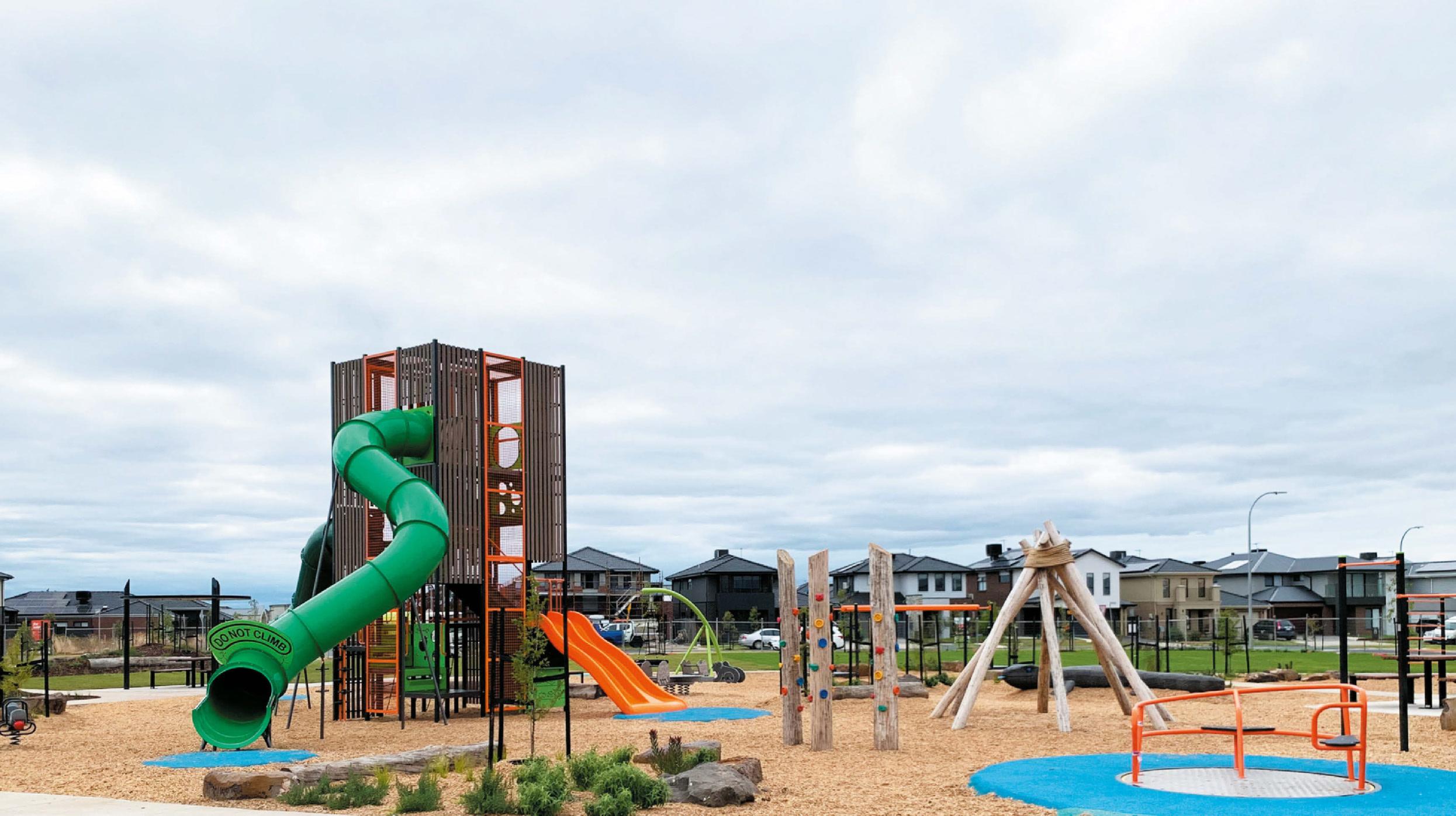



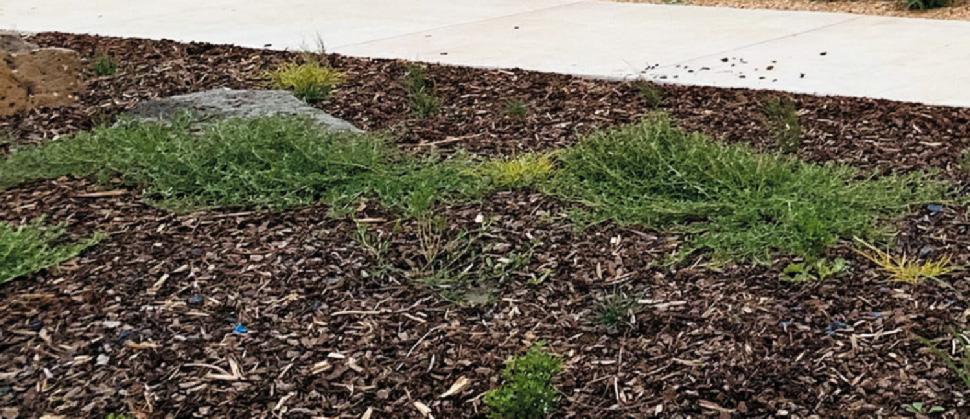
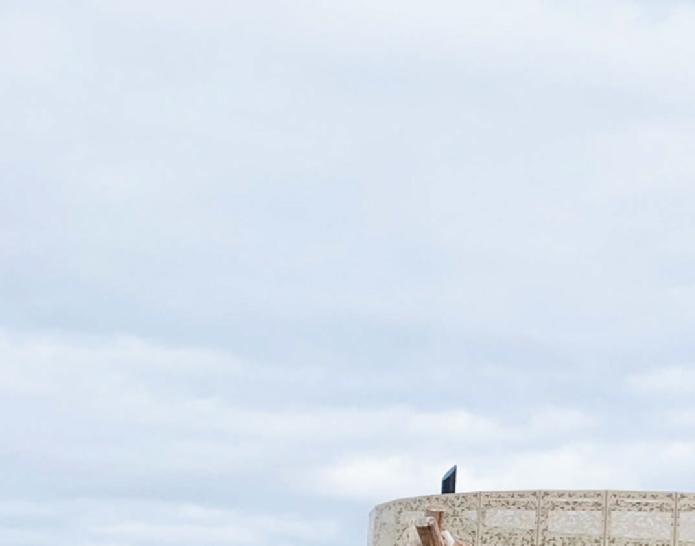


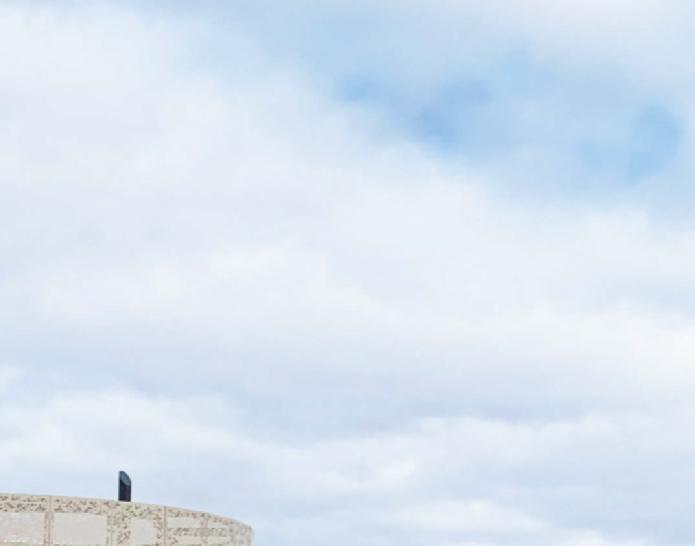

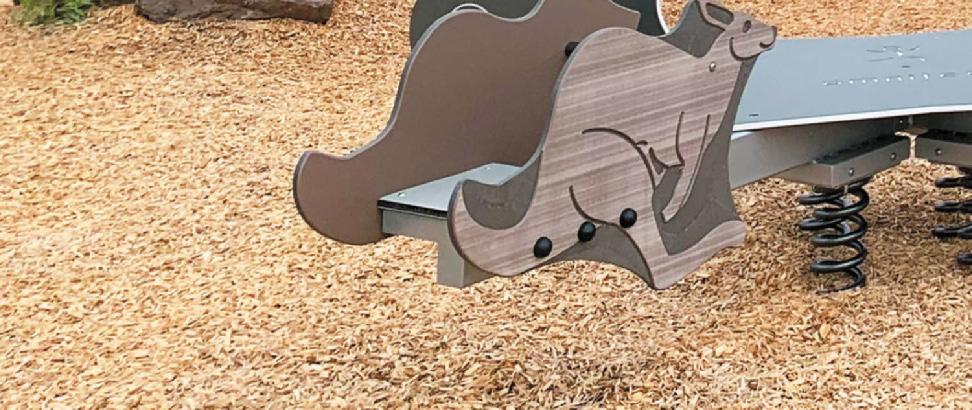


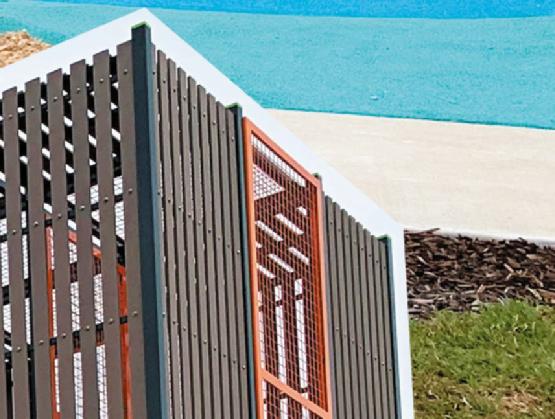






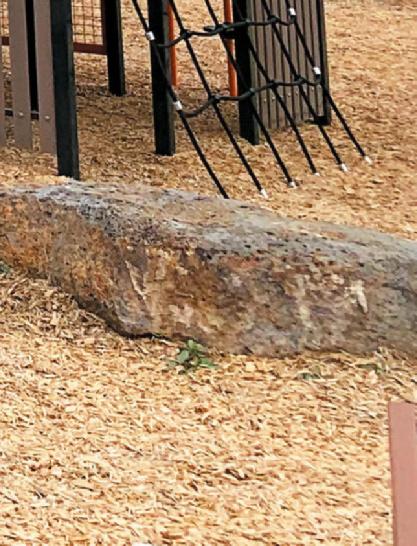



What was the sequence of events that led to the incident?
Where were the lifeguards placed?
Was the lifeguard deployment plan followed?
What other contributing factors were there?
On completing this process teams can then “in hindsight” provide evidence of witnessing repeated breath hold attempts, a child continually getting out of arm’s reach of a parent, or a person displaying risky behaviour. At the time, these may have seemed like small inconsequential events but were actually key early factors in a rescue being required. Incident investigation does assist in improving how to deploy lifeguards and supervise facilities retrospectively. A chronic unease mindset puts lifeguards into proactive investigative thinking through mentally projecting the development of a situation into the future.
The value of proactively working through a scenario is in building proactive decision making. A team working through a theoretical scenario based on real-life events can identify critical points at which proactive intervention is required. This provides the opportunity for lifeguards to play out a scenario any number of ways and constructively challenge procedures. Actual events can be used to demonstrate the opportunities to enhance safety performance. This must be done in a way that is not perceived to critique staff actions. As a result of good guidance and mentoring, lifeguards’ safety imaginations can flourish to the point they actively work through imagined scenarios while working and use this to proactively intervene.
Indicators of drowning are ever present in aquatic centres (flailing arms, submerging), however, if appropriate controls are in place, drowning is not that common. Drowning is difficult to discern from play among many focus points, and the worst conditions for maintaining vigilance — heat, boredom and exhaustion (Lanagan-Leitzel & Moore, 2010). These conditions can lead to complacency in when and where a lifeguard intervenes in an activity, or if any intervention occurs at all. The development of a safety imagination is underpinned by a sense of pessimism, in that lifeguards are now looking at the environment more critically. Provided this does not become a worst-case scenario approach, where every
intervention is considered a full medical emergency. A dose of healthy pessimism can be useful for the lifeguard and their chronic unease state.
Healthy pessimism leads to questioning events occurring and not assuming. Take a child floating face down holding their breath, the complacent lifeguard assumes they are just holding their breath. A pessimistic lifeguard that has played the scenario out in their safety imagination, will resist their complacency and anticipate that if they do not intervene that the child may be actively drowning. Likewise in the event of a medical emergency, the pessimistic lifeguard does not assume the symptoms of an allergic reaction are just that. They may be the first signs of a cardiac arrest and will monitor accordingly. Blind scenario training where the lifeguard enters without a complete picture of the events unfolding are a safe and effective way to develop this pessimism through questioning and challenging assumptions.
Lifeguards need to react in real time to events unfolding right in front of them and balance the low arousal of quiet periods of patronage against the hyperarousal of suddenly being called into action. Building chronic unease
A TEAM WORKING THROUGH A THEORETICAL SCENARIO BASED ON REAL-LIFE EVENTS CAN IDENTIFY CRITICAL POINTS AT WHICH PROACTIVE INTERVENTION IS REQUIRED.
attributes into lifeguard training has the potential to create a healthy cautious approach to the everyday role as safety and supervision champions. To ideally empower and build a lifeguard sense that complements the lifeguard’s ability to respond. Chronic unease elements built into training creates challenging and learning environments that encourage safe and enjoyable experiences for patrons and staff. There’s more to be gained than lost by being well prepared for coping with an unexpected and potentially traumatic event.
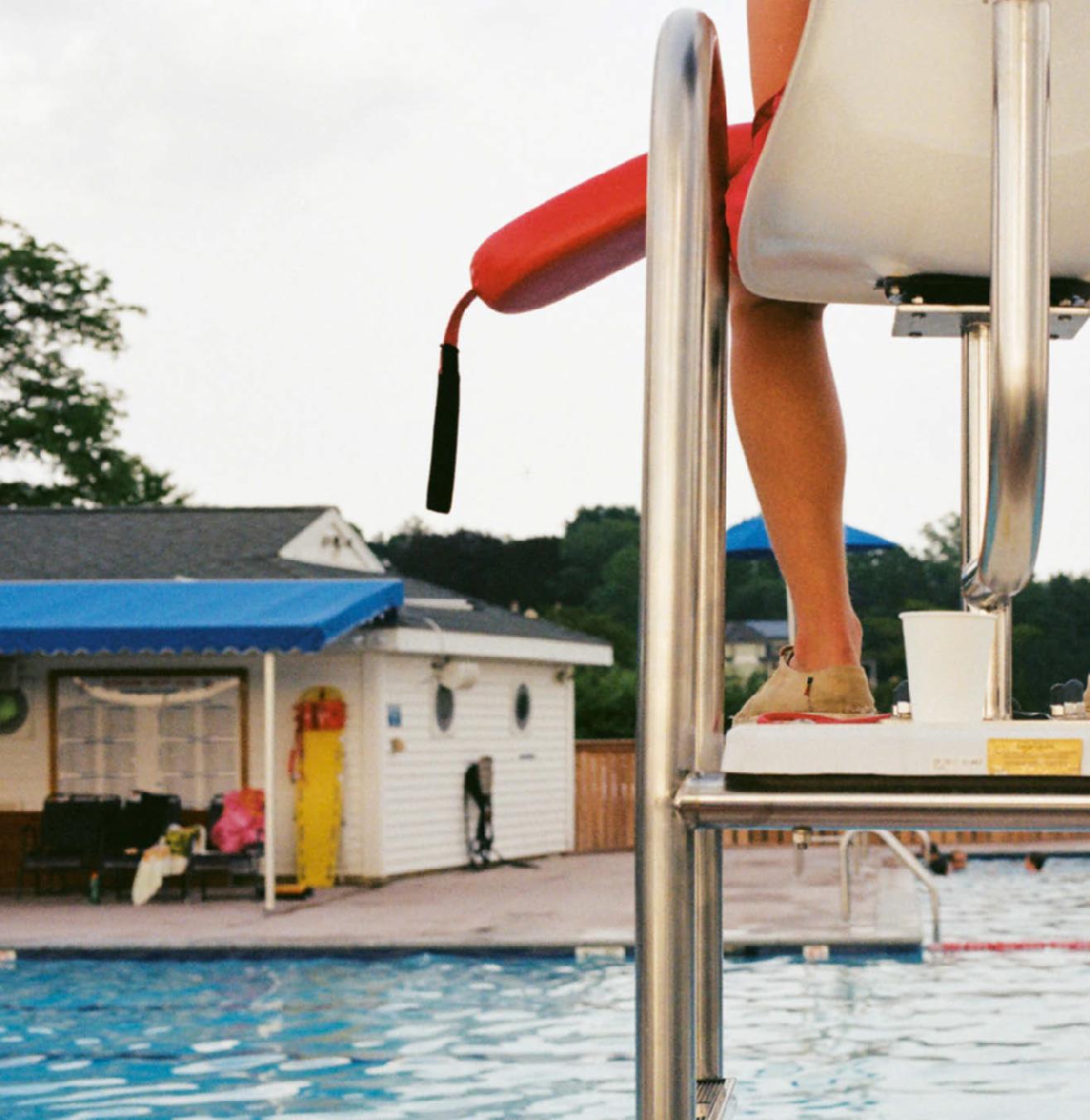


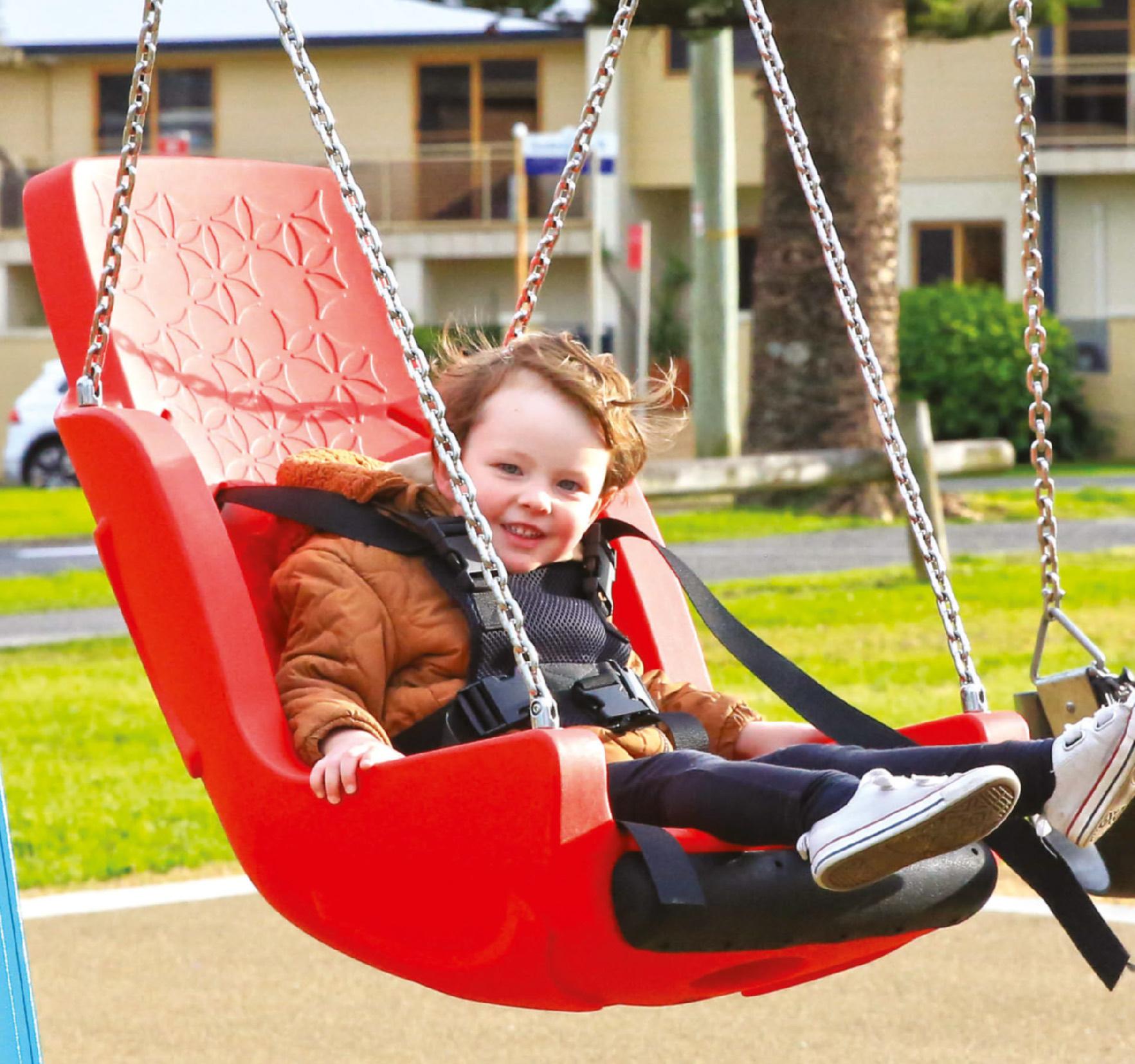











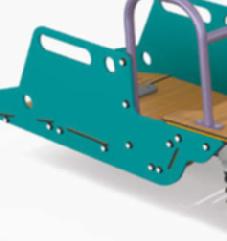



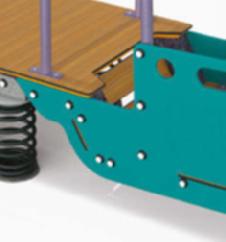


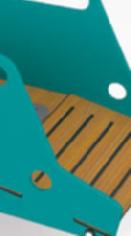







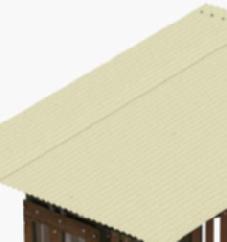








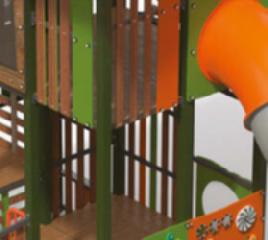
















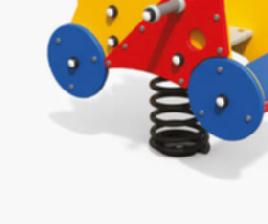






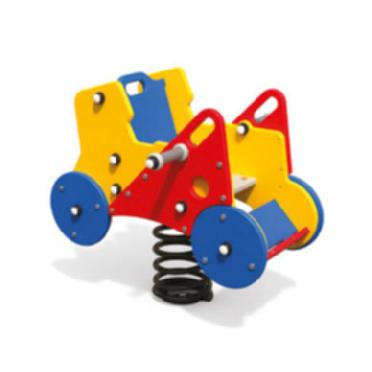











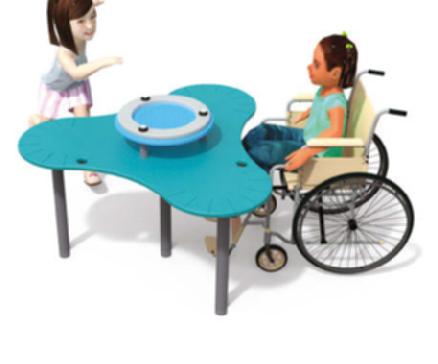
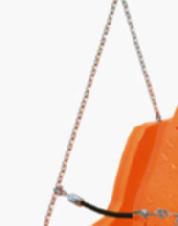











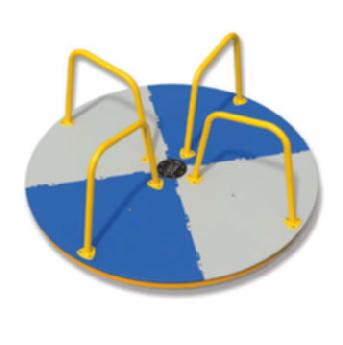

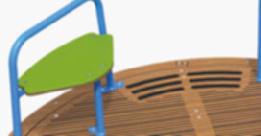


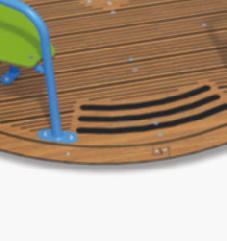



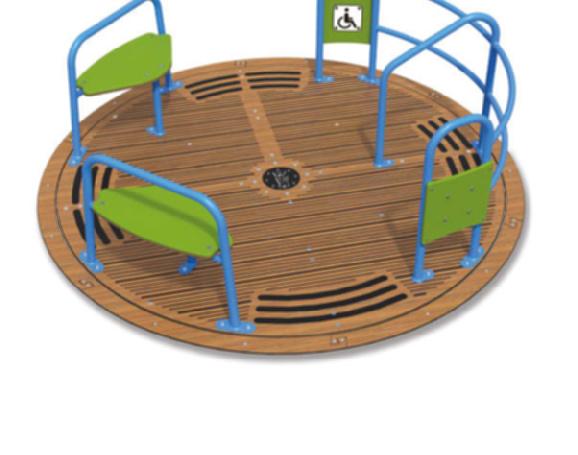
WORDS DR TRACY WASHINGTON & ASSOC, PROFESSOR DEBRA FLANDERS-CUSHING, QUEENSLAND UNIVERSITY OF TECHNOLOGY
Local governments and practitioners have the potential to enhance neighbourhood and community parks as critical infrastructure for health and wellbeing. However, the outcomes are only as good as the effectiveness of their interventions and the evidence used to inform these interventions. The Intergenerational Parks: Design Guide for Physical Activity and Social Engagement Across Generations aims to assist with this.
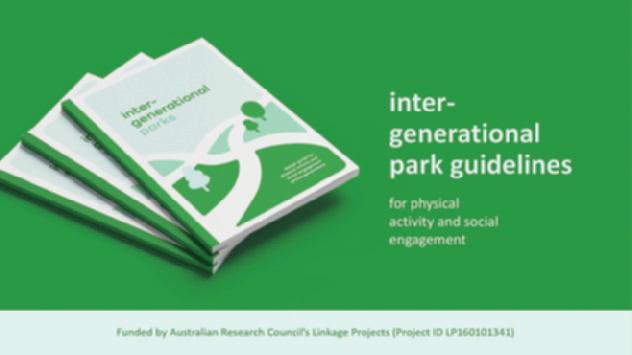
The Design Guide provides parks-based research evidence, recommendations and design ideas for landscape architects, planners and urban designers to determine the most effective design elements to increase physical activity and social interaction. The Guide can also inform government agencies responsible for guiding strategic decisions by providing evidence for future parks and open space initiatives. All people involved in planning, designing and re-envisioning community and neighbourhood parks can draw value from the Design Guide.
This project represents a partnership between QUT researchers, Moreton Bay Regional Council, Conrad Gargett, Playscape Creations, the National Heart Foundation of Australia, 7 Senses Foundation, and the National Wellness Institute of Australia. The partners who created the Design Guide envision parks as well-designed public spaces that attract and inspire all ages. They recognise we must design for diverse user needs and motivations to achieve this.
The Design Guide integrates multiple areas of expertise, linking theories and methods from landscape architecture, environmental psychology and human movement within a holistic, salutogenic
(health-promoting) approach to inspire designers, researchers and policymakers to challenge the status quo and design parks that:
Entice all ages | Attract and encourage all ages to use parks in their community
Enable physical activity | Encourage all park users to be active
Engage people socially | Provide opportunities for park visitors to socially connect
These three actions are critical, since we first need to attract people to use the parks then, once they are there, we need to enable them to be active and engaged.
The ideas and recommendations presented in the Design Guide are based on a multi-year research project conducted in the Moreton Bay Region in SE Queensland. The research team used quantitative and qualitative methods, including systematic observations, general public interviews with a photo-choice tool (photos of selected park scenes) and stakeholder design workshops, to understand what entices people of all ages to parks, how they use park spaces once there, and if they can be physically active and socially engaged in parks. The data was collected and analysed over a two-year period to develop research findings and subsequent recommendations.
Evidence-based strategies are critical to ensure parks are effective and positively contribute to the community. The research found that pathways are the most appealing design feature in a park to encourage adults to be active, and walking was the most common form of physical activity that adults currently engage in. For adults with children, playgrounds are the greatest drawcard to a park and provide numerous opportunities for children to be active and engaged. However, opportunities for adults to be active in playgrounds is sometimes lacking. Scenes of nature and natural areas in parks are also key features that can encourage more physical activity in parks.

The research project cited within the Design Guide was funded by the Australian Government through the Australian Research Council’s Linkage Projects funding scheme (Project ID LP160101341), with additional financial contributions made by Moreton Bay Regional Council and Conrad Gargett.
The views expressed herein are those of the authors and are not necessarily those of the Australian Government or Australian Research Council, or other funding and partner organisations.
The empirical research described within the Design Guide was approved by Queensland University of Technology’s Human Research Ethics Committee (Approval Nos. 1400000899 & 1700000436)) and conducted in accordance with the procedures and ethical guidelines stipulated.
D Cushing, T Washington, J MacKenzie, L Buys, S Trost, W Mortensen, T Volbert, K NieberlerWalker, S Hughes, A Sutherland, B Boyd (August 2022). Graphics and layout provided by Jessica Cheers.
For more information about the Guide or about the research, please contact debra.cushing@qut.edu.au or tracy.washington@qut.edu.au
ISBN 978-1-925553-48-2
DOI 10.5204/rep.eprints.234286
Licenced under Creative Commons (CC BY NC)
Section one is the introduction and background and includes the purpose, vision, aims, objectives and definitions, an overview of the research program, and methodologies and applied theory.
Section two describes the findings and recommendations, organised by the different sections of a park, which include pathways, playgrounds, open playing fields, off-leash dog areas, outdoor exercise areas and other activity areas.
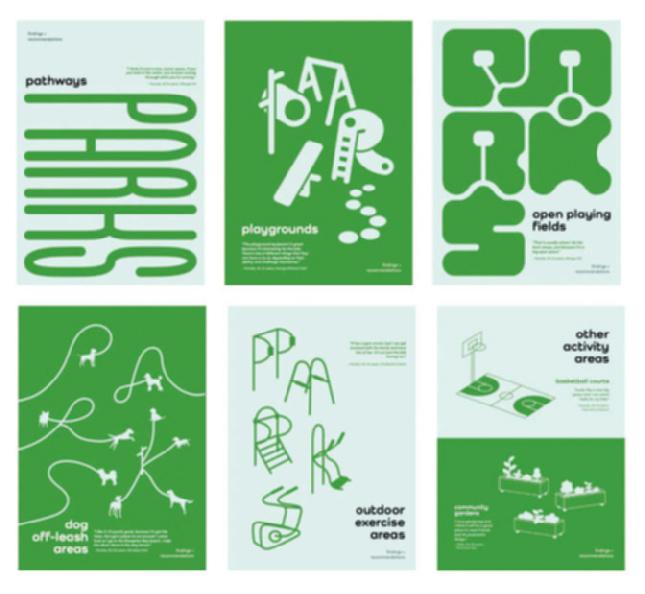
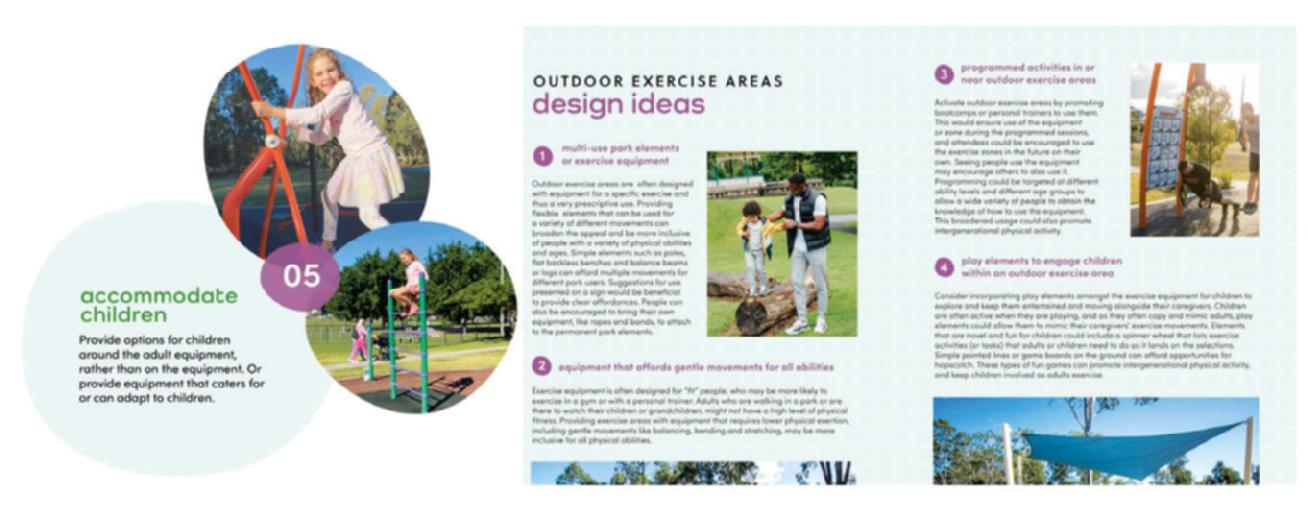
For each area, there is a synopsis of the research findings and recommendations. The findings include notations (ie. data sources 1-4) that link to the methods and overall research design.
Section three contains checklists that allow you to determine if you are best meeting specific criteria for each of the park areas, as evidenced by the findings reported in section two. The design ideas in section three are shared from a workshop in which stakeholders examined the evidence from the research and explored ideas to creatively implement the recommendations, with a focus on fun, adventure and excitement, while catering to differences in abilities and preferences.
We have created the evidence-based Design Guide to encourage the delivery of salutogenic parks that better meet the preferences and needs of a wide range of park visitors and promote health and wellbeing for all ages. We hope the Design Guide assists communities in creating parks that entice, enable and engage.
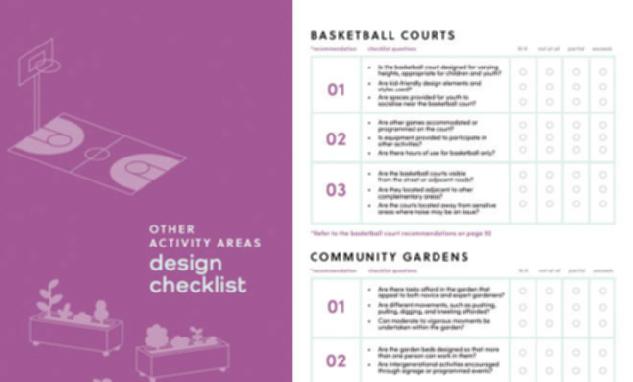
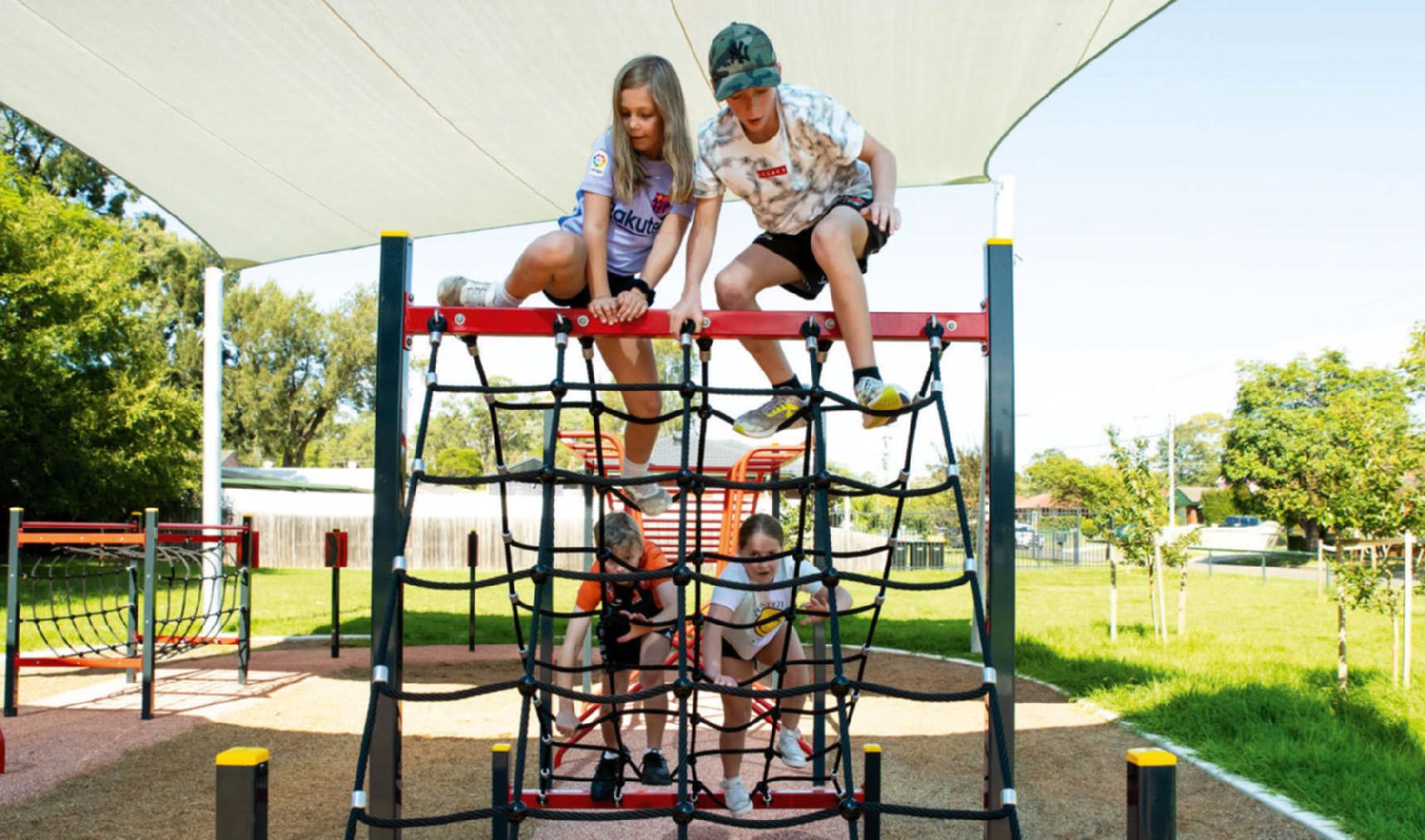









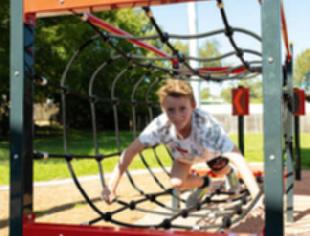


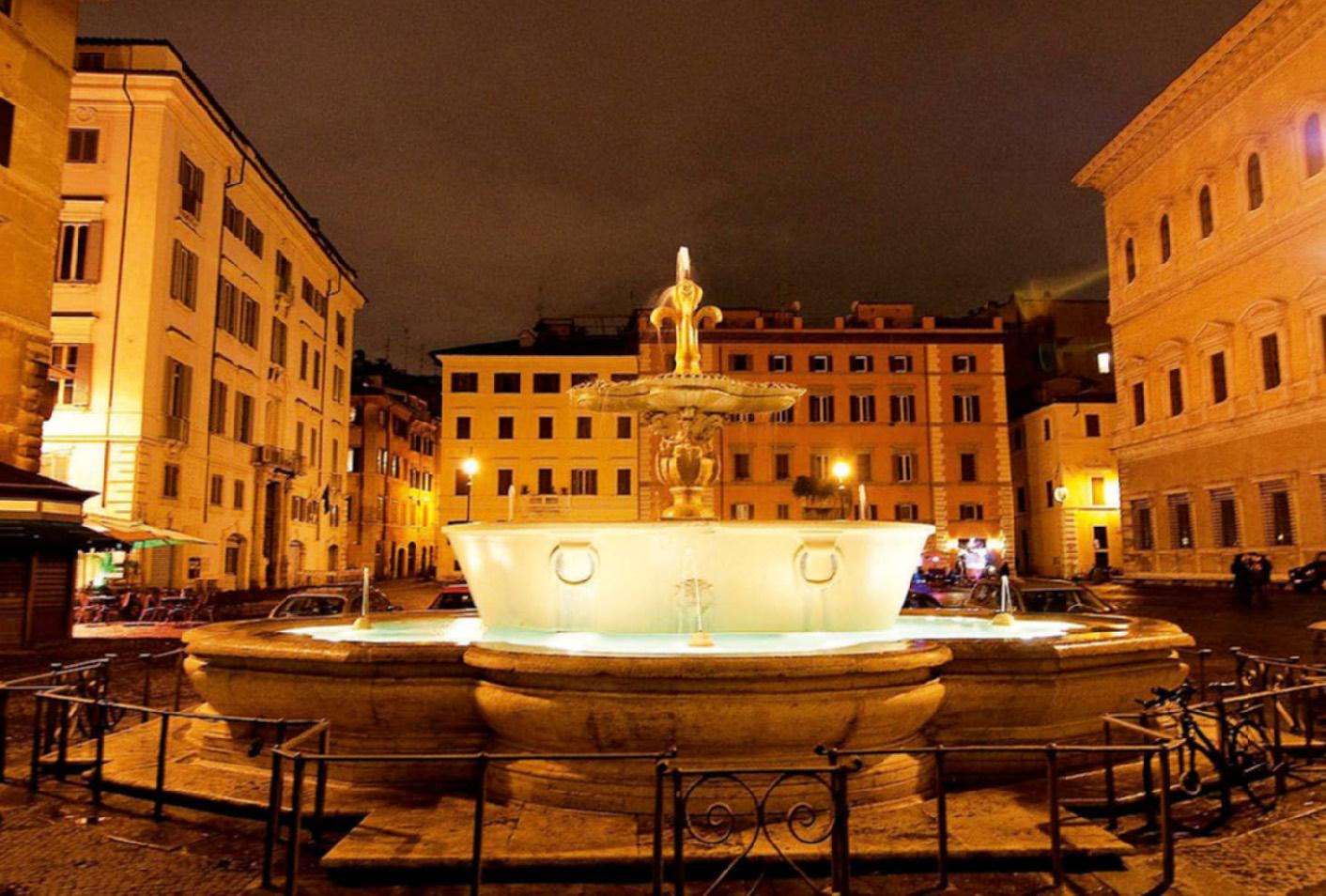
During extreme heat events, temperatures in Western Sydney can be between 6 and 10 degrees Celsius higher than in Sydney’s east, making life very uncomfortable, particularly in public places. A contributing factor is the socalled Urban Heat Island Effect (UHI); where urban areas present higher air temperatures than rural or coastal areas.

as installing or repairing fountains for drinking and cooling, and for cooling spaces by using water spray fountains, along with cooling by wetting streets. Such measures have been included in the City of London Adaptation Plan and in its Drinking Fountain Initiative. Open water, too, can decrease the air temperature by evaporation, absorption of heat and transport of heat.”
social value. Children play in fountains and people enjoy fountains in parks and squares, and they serve as meeting places.
“It’s time to challenge conventional thinking around mitigating urban heat, including the way we look at the built environment, energy demand, public health and ‘greening’ cities,” said Councillor Calvert.
Who knows? Maybe it’s time we turned Greater Sydney into a city of fountains. After all, Rome has 2,000 of them! WORDS WESTERN SYDNEY REGIONAL ORGANISATION OF COUNCILS (WSROC)
As Sydney experiences more frequent and prolonged heatwaves, it is becoming increasingly important to find new ways to help make Western Sydney a more comfortable place to live. Ironically, part of the answer may lie in a technology that first appeared around 5,000 years ago — fountains.
According to the Cooling Western Sydney study jointly undertaken by University of NSW and Sydney Water, while greenery does have a cooling effect, the most effective results come from a combination of water-based technologies, including fountains, in conjunction with cool material technologies such as cool roofs and pavements.
“Investments in water supply services and infrastructures can help cities to become more resilient to global warming and of heat waves in particular,” said Western Sydney Regional Organisation of Councils (WSROC) President, Councillor Barry Calvert.
“This could consist of such things
The cooling effect of flowing water is greater than that of water that is standing still. This has to do with better mixing of flowing water and air and with the transport of heat. A water spray from a fountain has an even greater cooling effect because of the large contact surface of the water and air, which stimulates evaporation. When in contact with the skin, water spray can also have a cooling effect due to evaporation. Wetting of streets also has a cooling effect. Wetting is best done in the morning and afternoon in direct sunlight. This technique is practiced in Mediterranean cities, but it has become common practice in summer throughout Europe. When one litre per square metre of water is applied, wetting of streets can decrease air temperatures by 2 to 4 degrees Celsius
Fountains can decrease surrounding air temperatures by 3 degrees Celsius and their cooling effect can be felt up to 35 meters away. Fountains also have
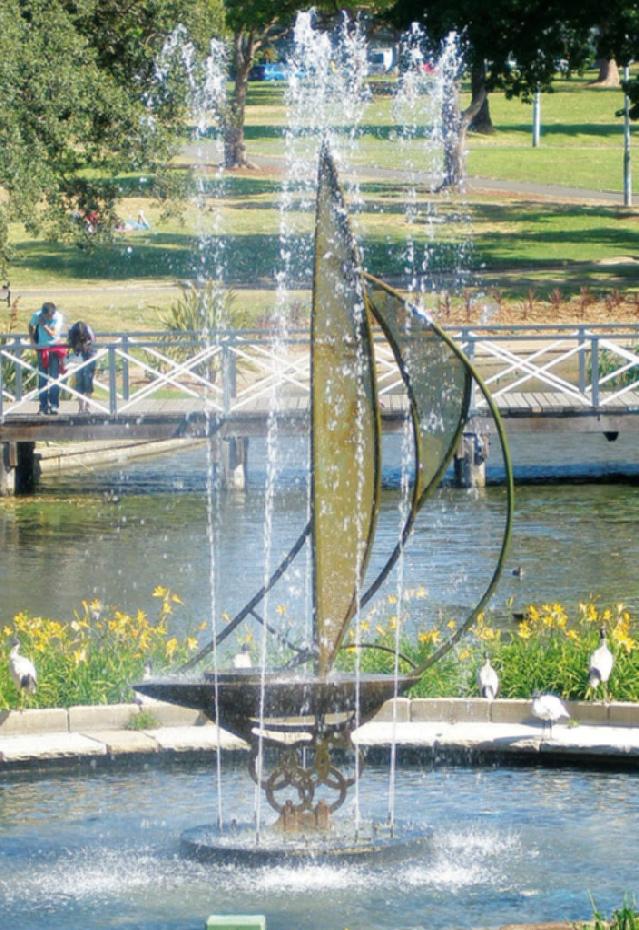
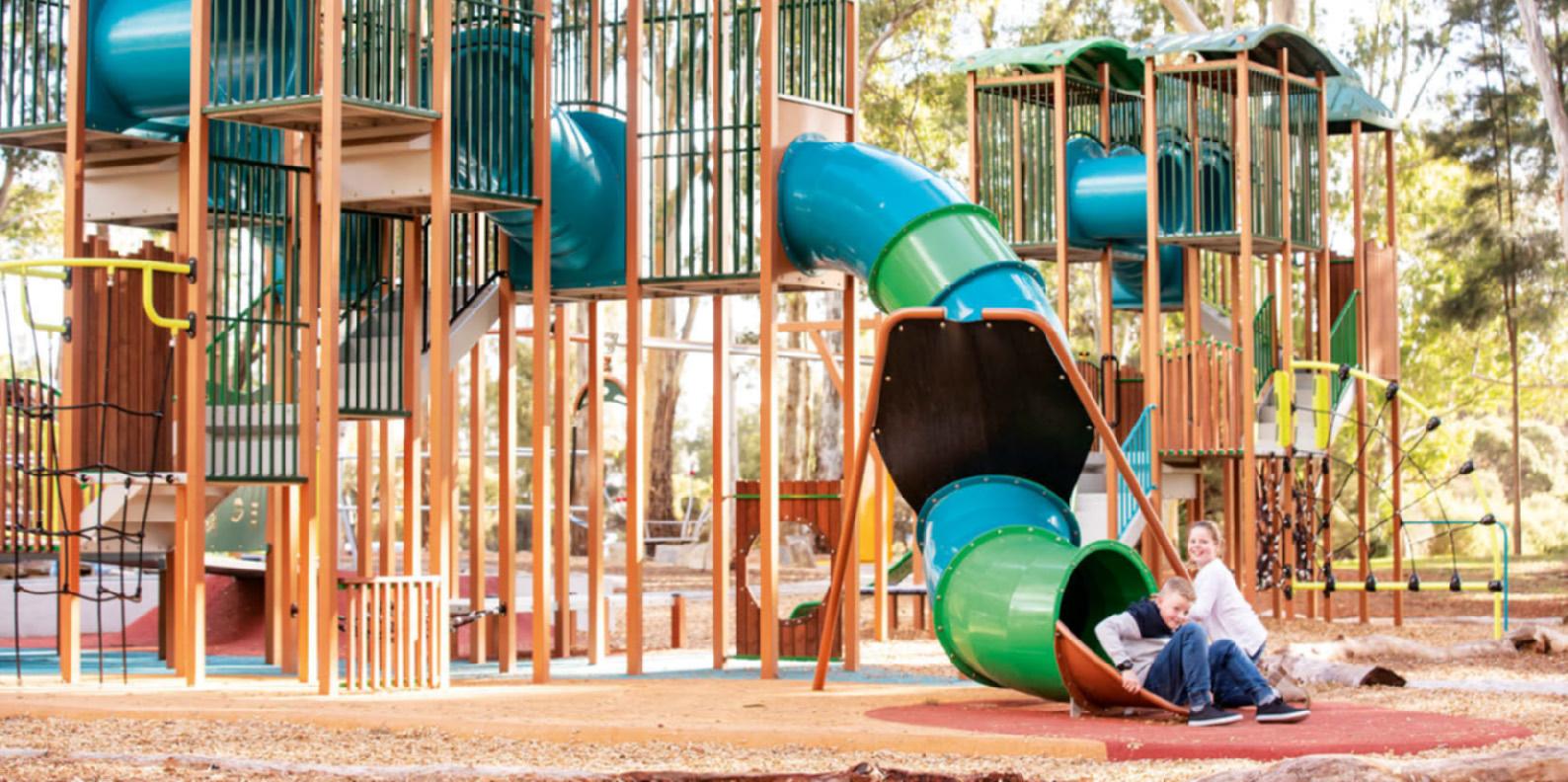
Playgrounds are a space where children can learn, grow and develop essential physical, social, emotional and cognitive skills. The many benefits of playgrounds for children include:
One of the most obvious benefits of playgrounds is their ability to promote physical activity. Playgrounds offer children the opportunity to engage in a wide variety of physical activities such as running, jumping, climbing and swinging. These activities are essential for promoting healthy growth and development, improving strength, balance, coordination, and cardiovascular health.
Playgrounds also provide a safe and fun environment for children to develop their gross motor skills, such as running and jumping, as well as their fine motor skills, such as manipulating small objects and using hand-eye coordination.
Playgrounds are also an excellent place for children to develop social skills. By interacting with other children in a play environment, children learn how to share, cooperate, communicate, negotiate and resolve conflicts. These skills are essential for building strong relationships, developing empathy and navigating social situations in later life.
Playgrounds are also an excellent place for children to form friendships and develop a sense of community. By playing with other children, they can learn to appreciate and respect differences in race, culture or ability, and develop a sense of belonging to a larger group.
Playgrounds provide a wealth of emotional benefits for children. By engaging in imaginative play and exploring the physical environment, children develop their creativity, curiosity and sense
of wonder. Playgrounds also provide an outlet for children to release their energy and express themselves freely, promoting emotional regulation and reducing stress and anxiety.
Playgrounds can also help children develop resilience and coping skills. By facing challenges and overcoming obstacles, children learn to persist through adversity and develop a sense of selfefficacy and confidence.
Playgrounds are also an excellent place for children to develop cognitive skills. By engaging in fun and imaginative play, children develop their problem-solving and critical-thinking abilities as they navigate imaginary worlds and solve pretend problems.
In addition, playgrounds provide an excellent opportunity for children to explore the natural world and learn about science, nature and the environment. In engaging with the physical environment, children develop an understanding of the properties of materials, the laws of physics and the workings of the natural world.
Playgrounds are excellent places for promoting inclusivity and diversity. By providing accessible and inclusive equipment and facilities, playgrounds help ensure that all children, regardless of ability, can participate in and enjoy the benefits of communal interaction through play. Playgrounds that are designed with inclusivity in mind can help to reduce stigmatisation and promote social integration, allowing children with different abilities and backgrounds to play together and form meaningful relationships.
Forpark Australia’s playgrounds are not only fun but are safe and beneficial for children’s development. With a focus on safety, engagement, inclusion
and accessibility, the company’s playgrounds are designed to help children learn, grow and thrive.
When choosing Forpark Australia’s playground equipment, clients can rest easy knowing that safety is the top priority. All equipment is designed and manufactured in Australia to meet strict safety standards, ensuring that children can play and explore without fear of injury. In addition to safety, Forpark Australia’s playground equipment is designed to engage and challenge children, using innovative and engaging equipment aimed at stimulating the imagination and developing physical skills. This can help build confidence, resilience and independence as children learn and grow.
Beyond physical development, Forpark’s playground structures are designed to promote cognitive and social development, helping children to build important skills such as communication, empathy and cooperation. Through imaginative play, problem-solving and social interaction, children form strong social connections and positive relationships.
Play is essential for a child’s mental health and wellbeing, which is why Forpark Australia playgrounds provide opportunities for unstructured play — which has been linked to increased creativity and imagination, as well as improved mental health outcomes. Children can have fun and develop valuable coping skills and resilience that will benefit them throughout their lives.
All Forpark Australia equipment is designed to be inclusive and accessible for children of all ages and abilities. Expertly designed units accommodate children with disabilities or special needs, including wheelchair-accessible structures, sensory play equipment, and specialised surfacing materials that reduce the risk of injury.
Give children the gift of play. With a focus on safety, engagement, inclusion and accessibility, a Forpark Australia playground provides endless opportunities for all children to learn, grow and thrive.
Find out more at forparkaust.com.au
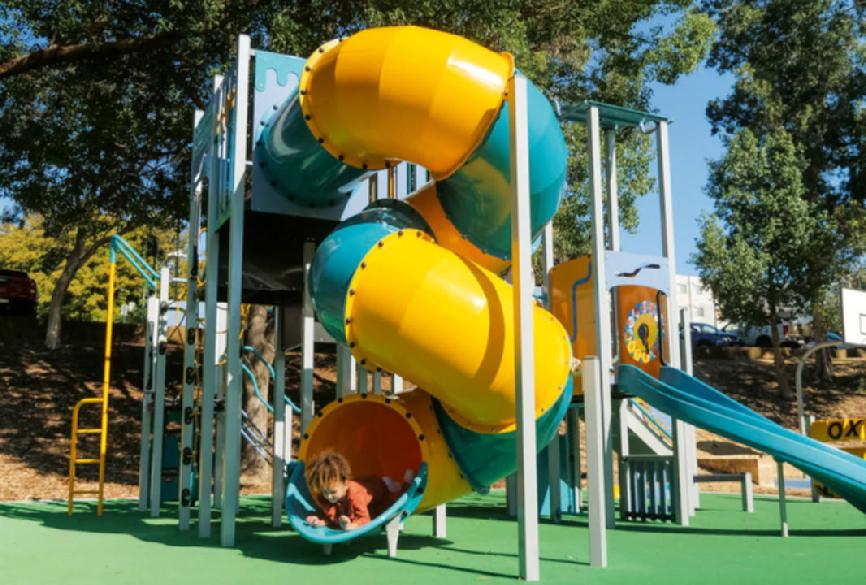

Alarge part of the sport and recreation sector in Aotearoa is managed by the 67 territorial authorities throughout the country who administer facilities, spaces and places. Metropolitan Councils1 look after just over 2.7m people — 60 percent of New Zealand’s total population2 — and manage around 8.6 percent of the total land area of New Zealand3. That’s about 117 people per square kilometre.
The remaining 55 small rural and provincial councils are managing approximately 92 percent of New Zealand’s land mass with 40 percent of New Zealand’s population — approximately 1.8m people. That’s just 7.5 people per square kilometre.
Small rural and provincial councils are little in people but large in space, and that is the core of many of the issues that are facing this specific part of local government in Aotearoa. The challenges surrounding our rural and provincial colleagues can be grouped into three key areas: operational sustainability, workforce attraction and retention, and increasing standards and expectations.
The ongoing viability and sustainability of the delivery of our facilities and spaces is obviously a major hurdle. The nature of this issue, which, on the surface appears
the same as for all councils, becomes an even greater challenge once you overlay the issues of managing the impacts of a growing elderly population, the impacts of a changing climate and widely dispersed community centres. Combined with a small rating base, the need for the rural and provincial sector to do even more with a growing less is very real.
This will most likely mean a focus shift to the very core of council functions. Operations will become more reactive
and there will be less time to focus on some great initiatives. Levels of service at facilities will drop with reduced operating hours or lower standards being applied — we’ve seen that already in response to the workforce challenges of Covid-19. This in turn may see loss of access and overall amenity value decrease. Where compliance with minimum industry standards apply, such as traffic management planning, we may see a move towards solutions that minimise those external costs. This may end up
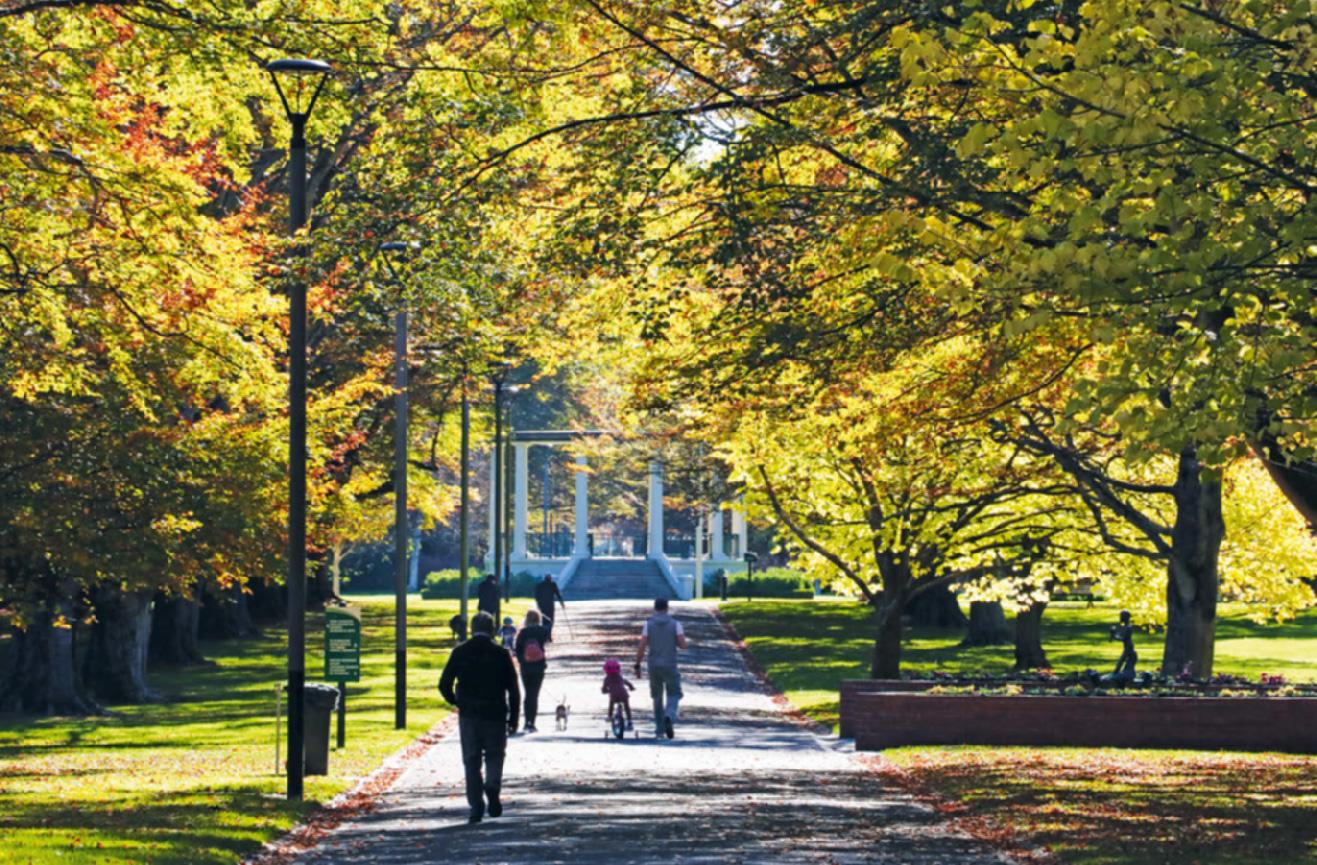


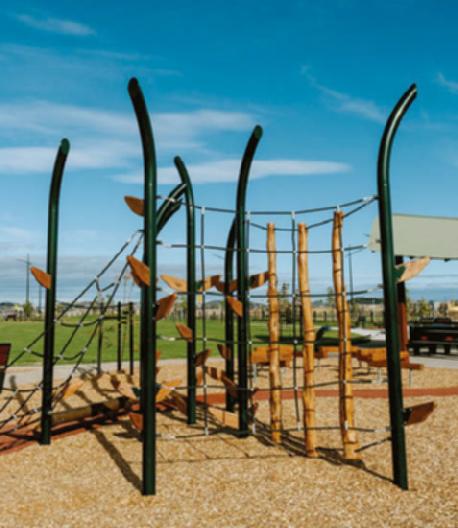

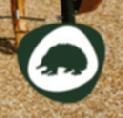

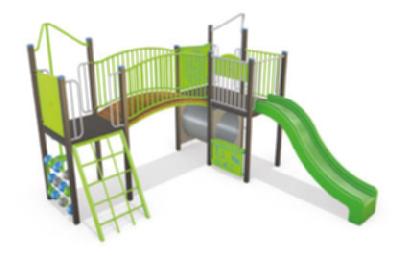
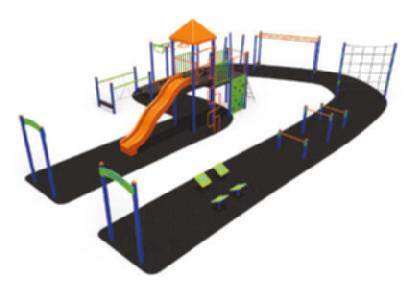
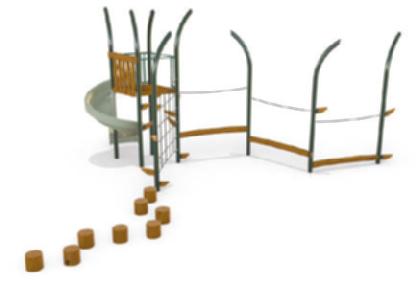
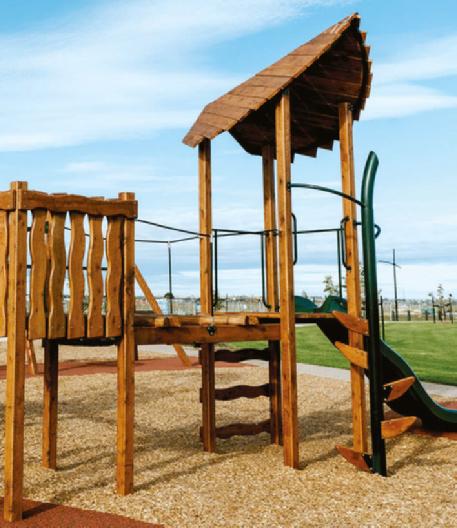

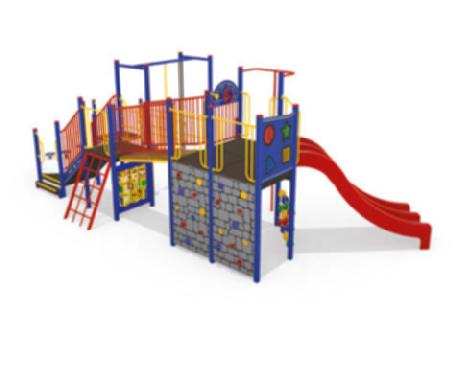
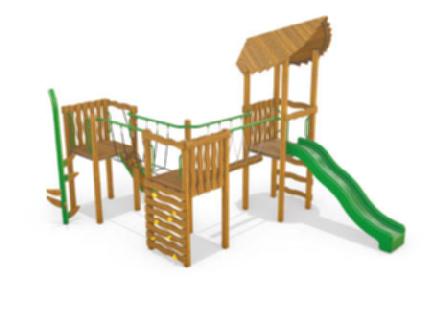









meaning our smaller centres start to look and feel less green and a little more grey.
This is a key challenge, but there are silver linings. The issues facing the bigger metropolitan councils can’t be compared against the size and scale of the issues that the smaller rural organisations deal with. Issues of growth, urban development and transport dominate the larger councils’ planning and focus, whereas these issues are not nearly of the same size and complexity in the rural sector. As a result, this can mean more time and space is given to recreation issues.
Conversely, the rural and provincial sector lacks the ability to grow, retain and attract talent. There is also a growing skills and experience gap at the team leader and middle management level. People issues are becoming more of a central focus for sector leaders, and an area where we are only going to need more information and understanding in the future. At a higher level, remuneration values, the impacts of inflation and even the immigration settings in place are compounding issues for the smaller councils at arguably a greater rate.
But there are two sides to this coin. With a smaller team, job variety is likely better, which can have enormous benefits if identified. Smaller councils can become growth opportunities for future sector leaders, with staff being able to try their hand at different disciplines in a smaller council than they would at a metro office. Staff are also far closer to decision makers and community leaders at a smaller council. This level of experience and exposure only comes with small teams and organisations and is a potential area of untapped strength.
This strength is waiting to be harnessed and, with the right data, support and thinking, could be grown to benefit all smaller councils.
Customer and community expectations generally set the agreed standard sector-wide through hours of operation, levels of service, even the look and feel of a place. With rate rises increasing and greater connectivity across the country, the incongruity of expectations grows. This degree of change is also driven by central agencies. The availability of data, policies and strategies directing the future of the sector is available but, with the challenges we’re already facing, a divide that was already present between towns and cities and rural and provincial communities feels like it is widening faster than ever.
Recreation Aotearoa and Sport NZ could support smaller councils with some targeted engagement to help better identify both issues and opportunities. Given the population and land mass we manage, our challenges are different. If we aren’t supported, there is a risk of a two-tiered system that just feeds inequity.
At the very least, using platforms such as the WAVES and Green Pavlova conferences, as well as the Connections Conference (SportNZ) and the Recreation Aotearoa National Conference, are all places where, together, we can make sure the sector keeps talking.
We may yet start to see a stronger partnership with SportNZ that produces targeted advice and policy options to help collectively navigate rural
challenges. Spaces and Places is a perfect starting point.
We need to get better at selling the value proposition of a career in sport and recreation, and stressing that working in a smaller TA can be a great place to start and grow a life-long career. However, with this opportunity comes the need for councils to equally ensure we can deliver a safe, supportive and welcoming environment for future leaders to trial and test their skills in — no small feat for some organisations already under pressure.
In the same breath, our recruitment and retention practices need to improve and be aligned more to sector needs. We need to challenge the HR notion that every council employee has the same needs. We need data here to unlock this understanding and to create career pathway options for each role and a clear progression path that each new employee can see on the very first day4 We also need better relationships with tertiary institutes so they can produce targeted skills for the recreation and sporting sectors, which will be helped when our sector clarifies what it needs in this space.
The sector also needs to engage more with Recreation Aotearoa and Sport NZ to share the great things that can and do happen in smaller centres. We need more discussion and more opportunity to connect, to think big and find clarity.
It’s going to be up to the sector to lead the change we want, and that change is out there waiting.
1. Defined by LGNZ: lgnz. co.nz/about/membershiprepresentation/sector-groups/ metropolitan-group/
2. Census 2013 total 4,442,000, but has grown and now estimated to be 5.123,000 in 2021
3. Land area total 268,021km2 as cited from en.wikipedia.org/ wiki/Geography_of_New_ Zealand#:~:text=New%20 Zealand%20is%20the%20 sixth,2%20(103%2C750%20 sq%20mi
4. As a side note, our Ara Arohaehae training pathway for lifeguards is one example of a career pathway tied to recognition that is designed to manage risk and increase retention.
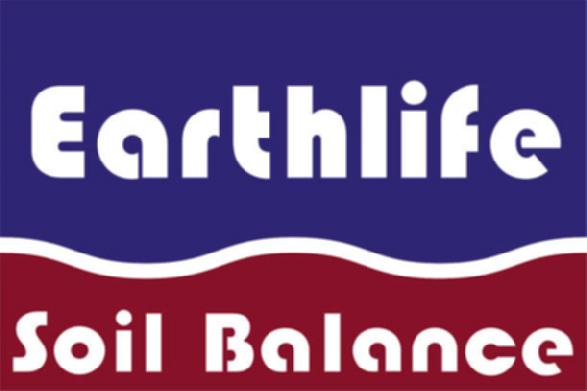




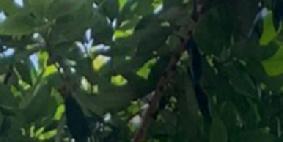

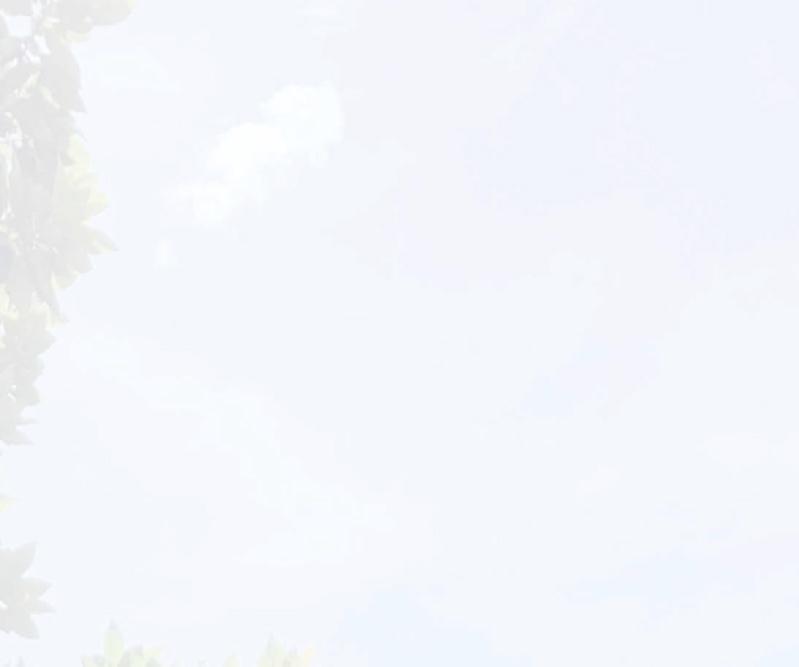

• Replaces gypsum, lime and dolomite

• Reduces watering, spraying and wear and tear
• Improve soil structure, plant establishment and plant health

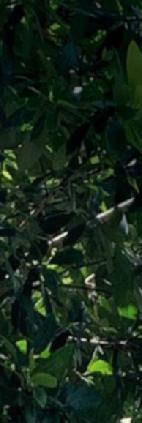

• Recommended for all soils, safe for all plants and turf
• Used by professional landscapers, councils, turf farms, wholesale growers and industry experts
LESS EFFORT BETTER RESULTS MORE PROFIT
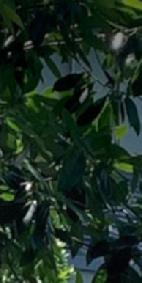







“We have found that our gardens require less water, and the plants take up the natural nutrients in the soil much quicker, giving us better colour and foliage in all our plants. We strongly recommend using EarthLife products as Best Practice in all our projects, and highly recommend adding it to your next landscaping project list.”
Jason Kay, owner of iLandscape
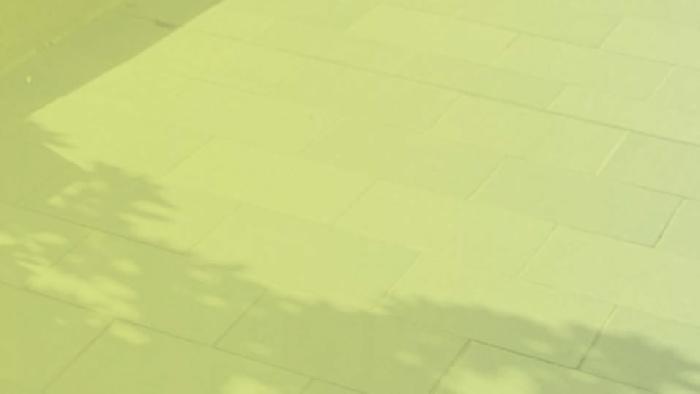

WORDS DAN FERGUSON, PHD CANDIDATE, SPORT INNOVATION RESEARCH GROUP, SWINBURNE UNIVERSITY
If you have followed my previous articles, you will have noticed I have a slight fascination with active recreation. Most of my career has focused on planning sport and recreation facilities for local councils. But I grew frustrated with the apparent dichotomy between participation and provision. We spend so much on sport, and yet the evidence tells us participation is in active recreation. Conversely, when we do plan for active recreation infrastructure, it has commonly relied upon usage assumptions for the provision of different infrastructure types to differing age cohorts (eg. skate parks for youth or outdoor exercise equipment for older adults). However, there is limited research available on the socio-demographic characteristics of users across different infrastructure types, and I hypothesise that discrepancies exist
between perceived and actual users.
This is all a long-winded way to explain why I decided to embark upon a PhD — to “give active recreation a sporting chance” by challenging these planning assumptions and examining the provision of public infrastructure that supports physical activity. In this article, I give you an insight into early findings from some initial research into this space.
Recognising local government plays an important role in the provision of public infrastructure that supports participation in sport and active recreation. This project aims to identify the approaches to planning, funding and delivering infrastructure, focusing on the internal and external influences that impact decision-making.
Individuals were asked to participate in a semi-structured interview to speak about their views and experiences within local government, both positive and negative, as it pertains to public infrastructure provision.
Nine interviews have been conducted so far with individuals in management roles involved in the planning, design and delivery of sport and active recreation infrastructure.
One state government representative and two metropolitan, one interface, two regional city, one large shire, and two small shire councils within Victoria participated.
The interviews took place online and lasted between 45-60 minutes. The interviews were audio recorded and transcribed as part of the data collection process, before being thematically analysed.
Most interviews were undertaken in October 2022, with supplementary interviews conducted in March 2023.
How does planning for sport and active recreation infrastructure occur?
There was consistency in the general process that participants reported Councils undertake, summarised as the following five phases:
1. Justification | Establishing need or demand via research, consultation, and strategic objectives of organisations
2. Scoping | Understanding deliverables by developing project briefs, designs and other planning tools
3. Approval | Seeking authority to implement via community support and ultimately Council endorsement
4. Funding | Identifying and obtaining internal and/or external financial resources
5. Delivery | Building, construction, and asset management
The order in which the scoping phase occurs may change depending on the council, project or infrastructure type, with it also being reported as not occurring until both after approval has been obtained or after funding has been obtained. Similarly, various levels of detail
of this scoping phase may occur at different stages (ie. as a project matures through the approval and funding stages, so too does its level of design detail).
How is need/demand for different types of infrastructure determined?
Participants tended to identify common items that they utilise as part of the justification phase to identify need/demand for different types of infrastructure, including:
Policy | External and internal strategic planning documents.
Data | Identifying users, utilisation, access, and quality
Engagement | Feedback from community/stakeholders.
Several types of data sources were commonly reported, including:
Demographics | Knowing who the community is.
Utilisation | Determining use of existing infrastructure.
Users | Understanding who participants are.
Access | Documenting spatial distribution of infrastructure.
Quality | Verifying asset condition and lifecycle stage.
The general usage of this data seemed to be as follows:
1. Define the community of interest (council or area specific).
2. Document participation for the defined community/users.
3. Identify existing infrastructure (council or area specific).
4. Document over/under supply of infrastructure.
5. Check in with council and community.
What role does policy play in infrastructure planning and delivery?
The role of both external and internal policy was identified by all participants as a key element of council decision making. As a primary source, internal council strategies were seen to provide strong guidance and a level of authority for action with regular references made to the: council plan; health and wellbeing plan; sport, recreation and/or open space plan; and site masterplans.
How is funding for different types of infrastructure determined?
Participants commonly reported that a typical council process involved an annual budget planning cycle in which “business cases” or “budget bids” are submitted by the various internal
departments for consideration to be included in a council’s capital works program for the following financial year.
In some instances, it was reported that a general amount of funding may be attributed to one infrastructure type (ie. sport) with the decision being made about exactly which projects are to be delivered within that set budget. Alternatively, all projects may be assessed on merit with submissions reviewed and a determination made by council as to what projects will get funded across all infrastructure types in any given year.
There was consistency in participants reporting that politics plays a significant role in this decision-making process. In some instances, it was reported that council will respond directly to community requests for funding regardless of their being an established need, evidence of appropriate planning, or any other formal investigations. Participants also reported that it appeared individual Councillors use their decision-making powers to inappropriately favour their ward or representative area to facilitate political good will.
Participants also routinely identified the reliance placed on external funding sources, highlighting the role that success in obtaining state government funding in particular plays in influencing council approval and funding for infrastructure. In some instances, this was reported as a proactive, strategic endeavour undertaken by council. Alternatively, external funding was also reported as an extremely political element that could force infrastructure delivery by stakeholders.
Are there differences in how this occurs for sport compared to active recreation?
There was a consistent theme reported by participants that when it came to the planning, funding and delivery of infrastructure, “sport” was the clear winner, while “active recreation” was a distant runner-up.
In some instances, participants reported that up to 95 percent of their capital works program goes towards sport as compared to active recreation. At the other end of the spectrum, one respondent noted that the ratio was currently more 70 percent sport and 30 percent active recreation, but that was a short-term occurrence thanks to recent investment in regional playgrounds.
This was commonly contextualised by participants recognising that participation
rates are skewed heavily to active recreation pursuits, and the current funding ratio doesn’t necessarily reflect needs/demand.
The common reasons reported include sport benefitting from:
Politics | Clubs are a “collective” voice for many (members) and the ability to “procure” votes is clear.
Data | Strong ability to “count” participation (members), usage (facility bookings) and therefore advocate for the need/ demand.
History | Sport is ingrained in society and understood while active recreation pursuits can be new and novel.
Policy is paramount Council strategies provide guidance and the authorising environment for action.
Data justifies decisions
Evidence provides justification for Council decision making and data is integral in establishing demand for infrastructure.
Capacity to count
Sport benefits from an ability to “count” participation (members), usage (bookings) and advocate for the need/ demand.
Politics at play
Sport benefits from having formalised, concentrated membership bases. They can be vocal, and it is powerful.
Resource reliance
Significant reliance on external funding — can be a strategic endeavour by council, or a political push from stakeholders.
Dollars don’t make sense
70-95 percent of capital works funding goes to “sport” and yet it is recognised that majority of participation is in “active recreation”.
These themes need to be interrogated and unpacked further to better understand the approaches to planning, funding and delivering sport and active recreation infrastructure. Stay tuned for an upcoming survey to all councils in Victoria (and beyond) in order to confirm or object findings at scale. Watch this space!

WORDS ALEX BURROWS, FOUNDER AND GROUP CEO AND RICKI JONES, HEAD OF CUSTOMER SUCCESS & PARTNERSHIPS
Most of what we know about movement and activity within a community is based on transactional data taken from a limited range of sources such as leisure centres and other paid-for leisure facilities, membership data from clubs or organisations, or it’s extrapolated from sample-based surveys. We know that these mechanisms only give us a very limited point-in-time insight into community behaviours, with scant primary evidence available of what’s going on in community spaces, trails and path networks, water spaces, active travel routes, the different types of infrastructure in parks — from playing pitches to play areas, from skateparks to bowls greens. Due to these limitations, it’s not been possible to know, with accuracy, what’s working and what
isn’t. This has slowed and often halted key planning, funding and operational decisions, and potential opportunities for collaboration.
ActiveXchange, a leading provider of physical activity insights and analytics across Australasia, Canada and the UK, launched an exciting new partnership with Mapbox at the start of 2023, the leading global mapping software and location services provider, to fill in some of these blanks and move us closer to completing the jigsaw. The anonymised data is obtained from GPS services on millions of New Zealand mobile devices every day. The location data is aggregated at a 100m x 100m block grid so as to protect individual privacy. By incorporating movement data into their analysis, ActiveXchange can provide even more insights into patterns of use
and activity in any active environment, nationwide, on a rolling basis, going back over 18 months, knowing what good looks like and the outcomes and impacts of different interventions within different types of communities.
The benefits of understanding hourly, daily and monthly movement trends across open spaces and active environments is significant, particularly for members of Recreation Aotearoa. This new initiative enables territorial authorities, service providers and other parties interested in active recreation and play to gain valuable insights into how people are using these spaces, where it has previously been near impossible to do at scale. This gamechanging data intelligence informs decisions about how to improve these areas to better meet the needs of each community. For example, if the data shows that certain areas of a park are not being used as much as others, it’s possible to take examples from other locations (locally or nationwide) to explore ways to make those areas more appealing to visitors.
Using Hagley Park in Christchurch as an example, the movement heat maps show exactly which parts of the park get the most usage at certain times of the day, and the dashboard graphs display the hourly and monthly usage. We can see an 80 percent increase in use of Hagley Park over the course of the year. Additionally, the data can help users understand how different times of the day attract different populations using the park or greenspace, which can inform decisions about communication and resource allocation,
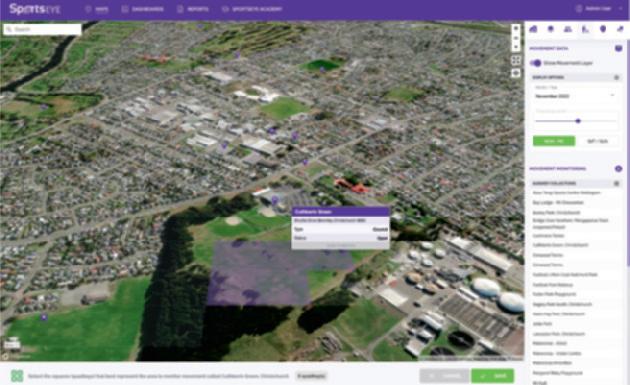
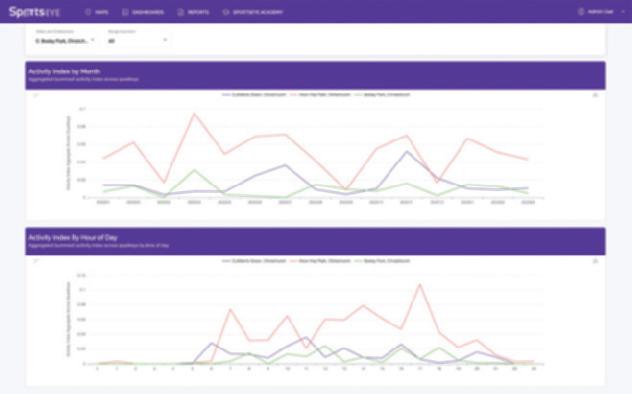
as well as commercial lease and sponsorship opportunities. The data also has implications for protecting the biodiversity of areas, ensuring responsible use and active tourism is sustainably managed.
ActiveXchange has also been linking movement data to demographic community profiles and the National Infrastructure Database. This helps regional sports trusts, community providers and program delivery partners to better understand the community benefits of open spaces. By understanding empirically how much movement is taking place in a park or greenspace within a priority location, partners can further champion and protect these areas.
Beyond the delivery providers, the use of movement data can provide significant
benefits for councils and their contract partners in infrastructure and resource planning and optimisation. By analysing patterns of movement and activity, councils can gain insights into how to better allocate resources for maintenance and upkeep, as well as how to plan and design for active recreation and play that meet the needs of the community. This can lead to more efficient use of limited resources, maintenance contract optimisation, and better outcomes and value for the local community.
Overall, the partnership between ActiveXchange and Mapbox has generated unprecedented and powerful insights into physical activity patterns across New Zealand’s green spaces, parks, beaches and other locations such as walking trails and bike tracks that have previously been difficult to measure.
Alongside Recreation Aotearoa and our network of partners, we look forward to showcasing examples from across New Zealand of how this new data is being used, the latest exciting trends around use of active environments, and share what’s been working well at activating different communities — innovative approaches (supported by data) that any attendees can apply within their own area.
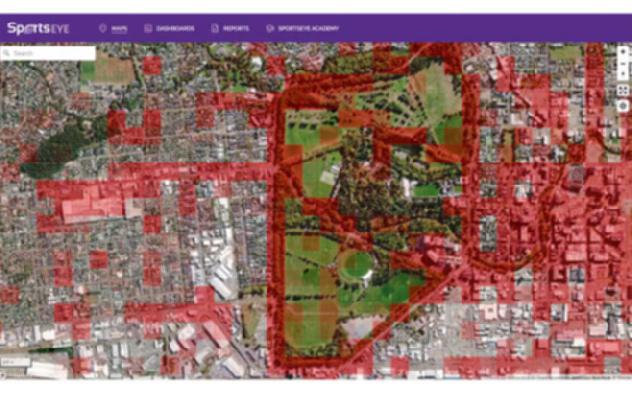

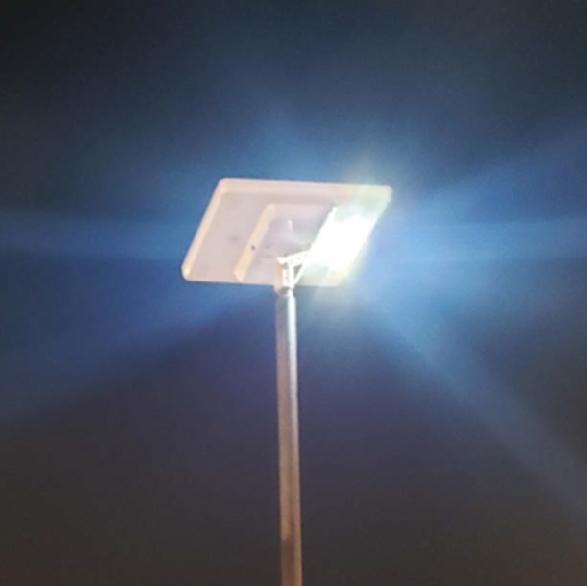



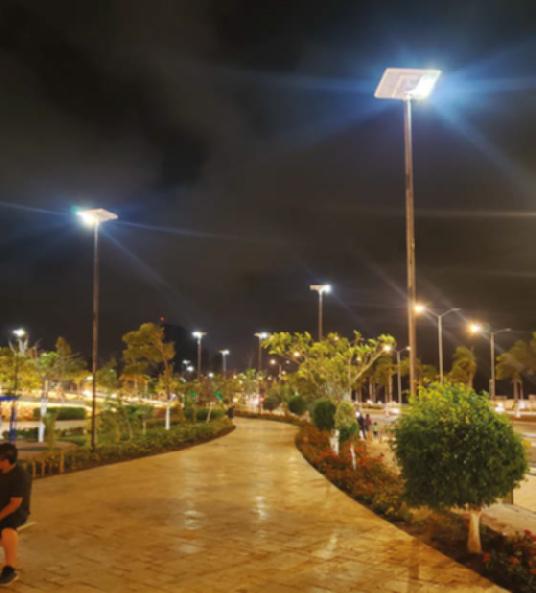


Kia ora. We are Te Awanui a Rua Charitable Trust, a communitybased organisation located in Taumarunui, the heart of the King Country in Aotearoa (New Zealand). Our mission is to foster potential through education and employment, with a particular focus on the outdoor and primary sectors, due to the high demand for employment opportunities in our region.
One of our key initiatives is Kaitiaiki Guides Ltd. Established in 2021, it is the business arm of our trust, which is dedicated to Rangatahi (young people) and Whanau (family) development through training in tourism, primary industries and the outdoor sector. We are proud to incorporate Te Ao Māori concepts into our training programs, which are deeply rooted in Māori culture and have significant benefits for recreation, wellbeing and the environment.
At the core of our approach is the concept of Kaitiakitanga (guardianship), which emphasises the responsibility and stewardship of the land, water and resources that have been passed down through generations. We believe that by instilling in our trainees the values of respect, monitoring and protection
of wildlife and food supplies, we can cultivate a deep connection to the land and water, promoting holistic wellbeing, cultural resilience and environmental sustainability.
Our Kaitiaki Guides are trained not only in technical skills but also in traditional Māori concepts such as understanding the weather, Maramataka (the Māori lunar calendar), tikanga (protocols), survival skills, and knowledge of Atua (guardian deities) and their surroundings. We believe that this holistic approach to
outdoor training goes beyond the acquisition of skills, it also encompasses the spiritual, emotional and mental aspects of wellbeing.
The incorporation of indigenous concepts into our outdoor training programs has resulted in numerous benefits for recreation and wellbeing. Firstly, it has fostered a deep sense of connection to the land and water among our trainees. By learning about the traditional Māori concepts of Kaitiakitanga and Maramataka, our trainees gain a profound understanding
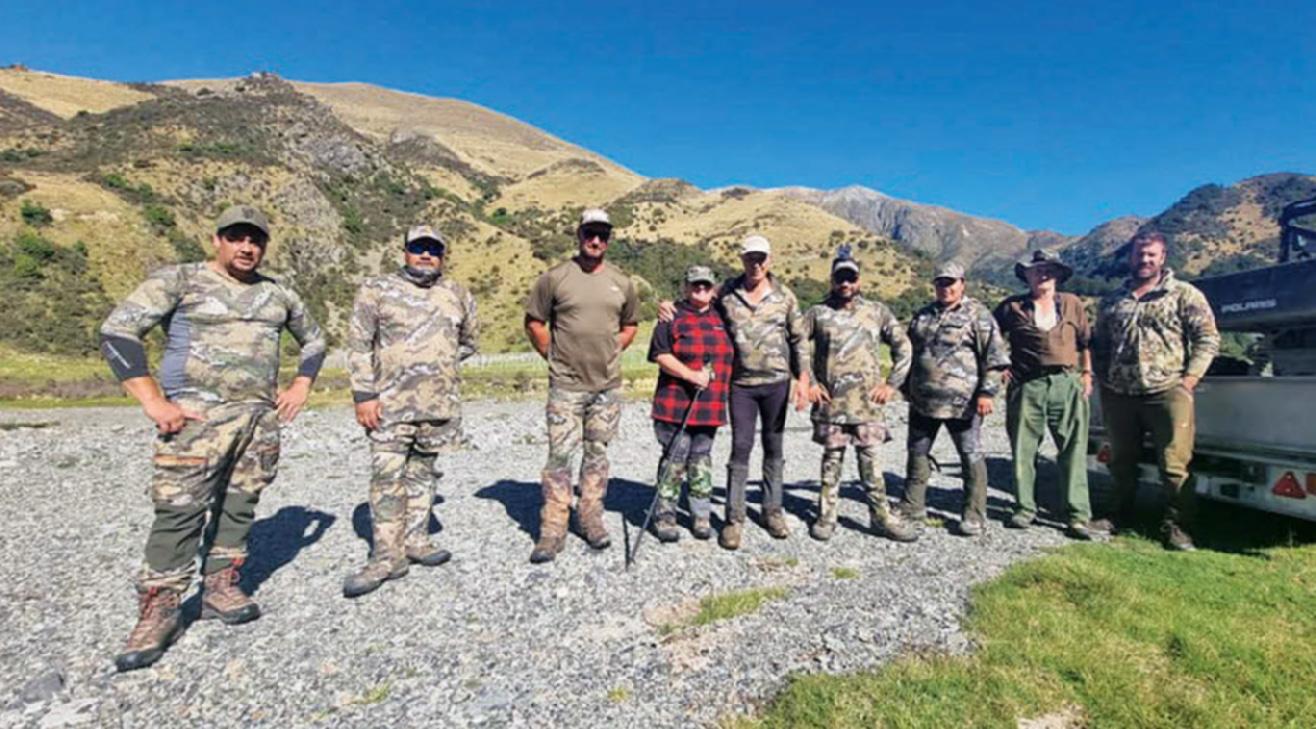

of the interconnectedness of all living beings and their environment. This promotes a sense of reverence and respect towards the beauty of nature, leading to sustainable practices and conservation efforts.
Secondly, the integration of indigenous concepts has enhanced the physical and mental wellbeing of our trainees. Outdoor activities such as hunting, fishing, diving and Maara Kai provide opportunities for physical exercise, fresh air and exposure to natural elements, which are known to have positive impacts on physical health. Moreover, the deep connection to nature and cultural heritage nurtures the mental wellbeing of our trainees, promoting a sense of purpose, pride and resilience.
The incorporation of traditional Māori practices such as mindfulness,
meditation and ceremony also promotes emotional and spiritual wellbeing, helping trainees to cope with stress, anxiety and other mental health challenges.
Thirdly, the indigenous concepts we incorporate have strengthened social and community wellbeing. Our focus on Whanau bonding activities and working together as a collective, fosters a sense of belonging and identity among our trainees. This promotes social cohesion, cooperation and collaboration, which are essential for building strong communities. Moreover, our open approach to welcoming all cultures to come together as one Whanau under the Kaitiaki Banner promotes cultural exchange, understanding and appreciation, which contribute to social wellbeing and intercultural harmony.
In addition, our approach to indigenous concepts in our training programs has also created employment opportunities for our community. By training our Kaitiaki Guides in various outdoor skills and knowledge, we are equipping them with the tools to pursue careers in the outdoor and primary sectors. This not only contributes to the economic wellbeing of our community but also empowers our trainees to
become leaders and role models in their communities, promoting social and cultural resilience.
Looking towards the future, our passion as Kaitiaki Guides and as Te Awanui a Rua Charitable Trust is to continue expanding our outdoor activities within the Kaimahi sector and to seek more networks and opportunities for future employment. We are committed to protecting and monitoring wildlife and food supplies while promoting cultural resilience, environmental sustainability and holistic wellbeing. We will continue to welcome and embrace all cultures, coming together as one Whanau under the Kaitiaki Banner, as we strive to create a brighter future for our community and beyond.




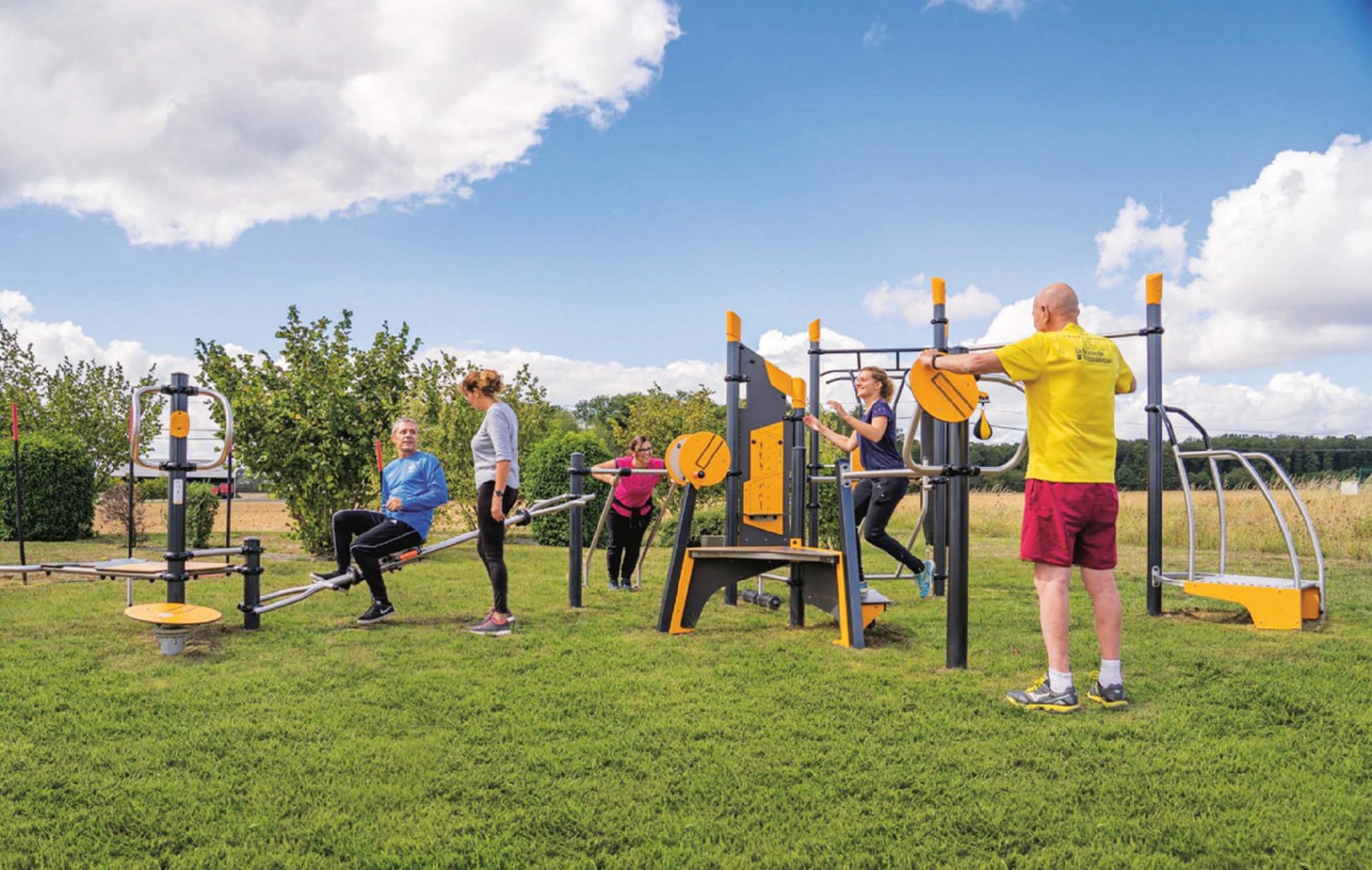
We all know exercise is good for us, but regularly engaging in physical activity can be a real challenge. Proludic recognised this dilemma and created the ACTI’FUN solution to make fitness more fun, inclusive and appealing to all ages.
Countless studies present the positive benefits of fitness for our physical, mental, and social wellbeing. But despite the obvious advantages, motivating people to take action on everyday fitness activities can be a challenge. Many children, adults and seniors still fall short of the World Health Organisation recommendations for physical activity. Whether it’s time pressures, a lack of motivation, the cost of a gym membership, or accessibility issues, people often put fitness on the back-burner. The challenge is to create physical activities that are fun and inspire people to keep coming back again and again.
To help people overcome many of the barriers that stop them from taking part in regular fitness activities, Proludic have developed the ACTI’FUN solution. ACTI’FUN combines play and sport to trigger people’s interest and motivation to get active.
Proludic has designed ACTI’FUN equipment to meet the needs of different users and to address a range of fitness criteria. Four elements of the fitness formula — muscle strength, heart health, balance and coordination — have been measured and calculated for each model. This means that when you’re designing an outdoor fitness space, you can combine different ACTI’FUN units to offer a range of activities to appeal to your specific target audience.
The ACTI’FUN solution activates seven key fun-sport motivations. Together, they help to build healthy habits, encouraging people to be physically active more often and to overcome the obstacles to regular exercise. The fun-sport motivations include:
The free ACTI’FUN app with instructional training videos to suit different levels of fitness.
A sound amplifying smartphone holder for music, selfies and videos.
Dynamic physical sensations experienced during use.
Timed challenges to help you reach your personal best.
Inclusive design that makes it easy to exercise with friends and socialise .
Equipment designs adapted for diverse body types.
Equipment modules with different levels of difficulty enabling better fitness progress.
There are three ranges in the ACTI’FUN solution: ACTI’Ninja, ACTI’Street and ACTI’Fit. Central to the design is their appeal to all body types, with mixed ability, intergenerational and inclusive engagement built in.
ACTI’Ninja | Fun obstacle trails designed to help children and
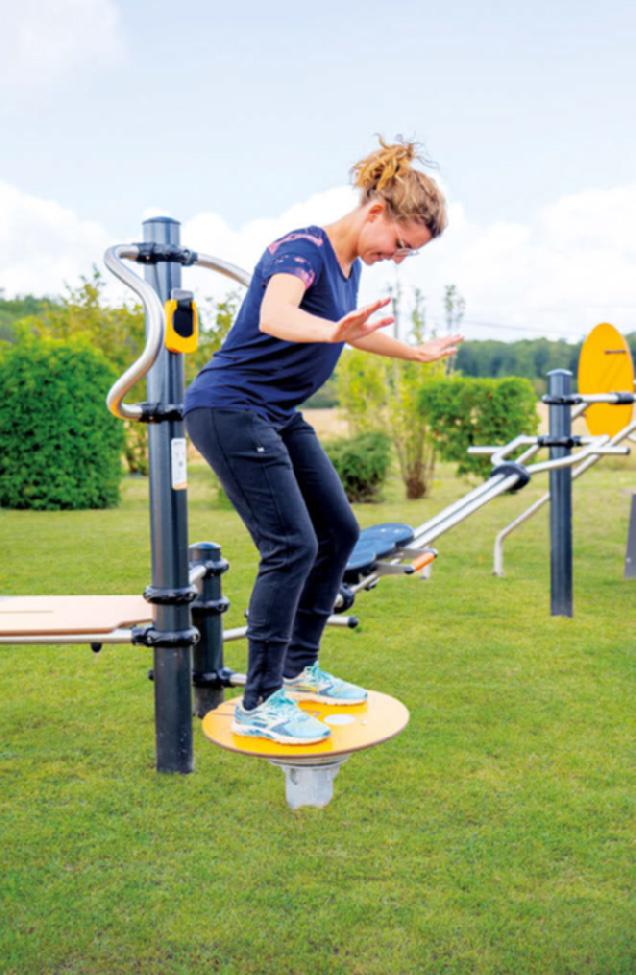

teenagers improve their physical fitness. Participants strive to complete a series of activities, aiming to beat a stopwatch that’s triggered at the starting line.
ACTI’Street | High-performance exercise equipment designed in collaboration with the World Street Workout and Calisthenics Federation, suited to both amateur and professional users. Designed for individual or group use, the ACTI’Street range provides for intergenerational and inclusive Street Workout zones for all genders and fitness levels.
ACTI’Fit | Outdoor fitness equipment inspired by facilities found in the local
gym. Ergonomically optimised to provide access to all for both exercise and relaxation, they are the perfect solution for outdoor fitness activities with friends.
The ACTI’Fun App guides users on how to correctly use the equipment, and helps them track their progress over time. By accessing QR codes placed on the equipment, users can view instructions and videos, choosing the exercise that suits their ability and individual fitness targets. The ACTI’Fun App is free, easy to use, and is full of information to support all users.
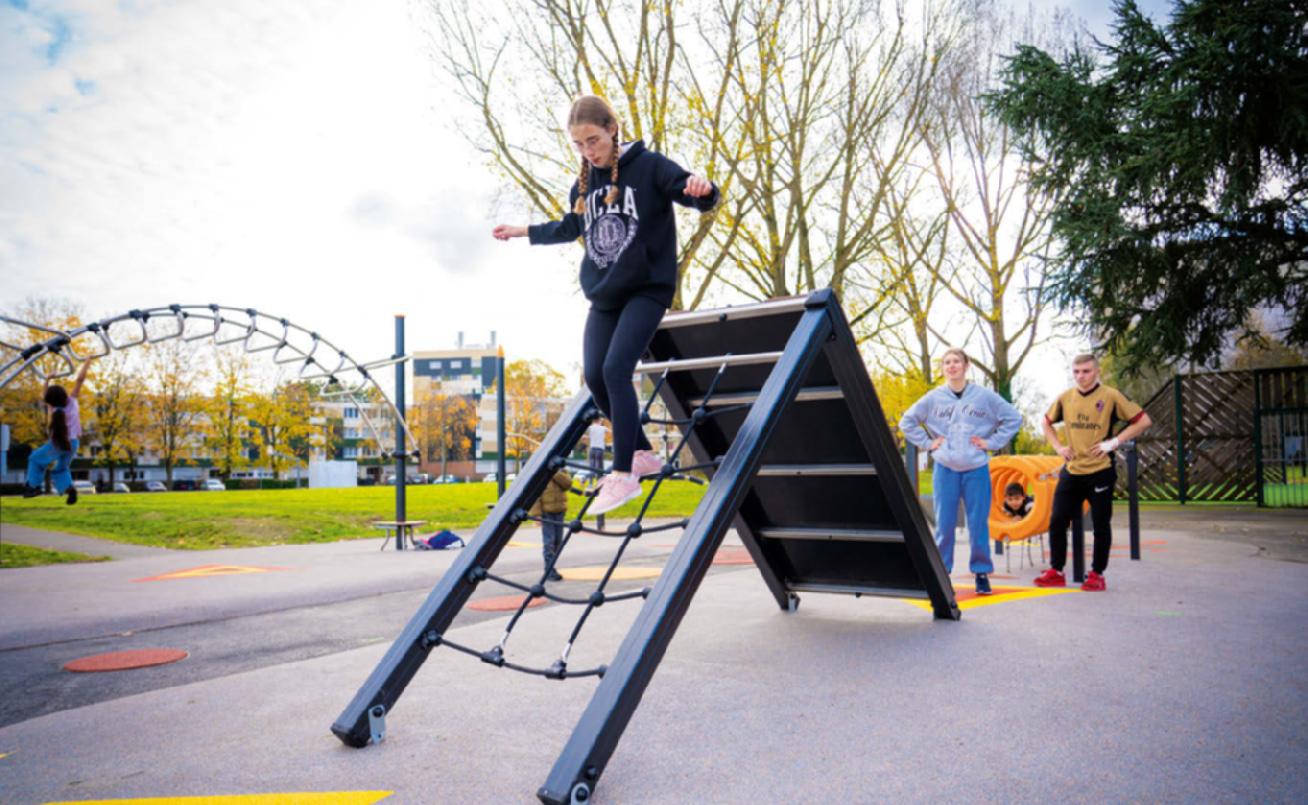

While many are investing in community outdoor fitness facilities, the challenge is to motivate people into action to use the equipment on offer. Proludic’s philosophy is that making fitness a fun activity to be shared with others is fundamental to outdoor fitness equipment design and the successful provision of a fitness area embraced by the community.
Get in touch with Proludic on 1300 800 181 or email info@proludic.com.au to learn more about the ACTI’FUN solution.

WORDS JOHN SAMPSON, MEDIA & COMMUNICATIONS SPECIALIST, CITY OF HOBART
If you have visited Hobart any time in the past decade you probably spent some time exploring the marvellous little boutique shops in Salamanca and dining out on the waterfront. You would have visited MONA, Salamanca Market, and found your way to the top of kunanyi/Mt Wellington. If you have an interest in parks, hopefully you stumbled across St David’s Park with its beautiful rotunda, European and American trees, including two giant sequoias, and its ties to Tasmania’s colonial history, and a large blue gum planted in the 1990s that acknowledges the traditional owners, the Tasmanian Aboriginal people.
You might have walked beneath the beautiful old oaks that spread their canopy over the lawns of Parliament House Gardens, or strolled along the Hobart Rivulet on your way to the World Heritage Cascades Female Factory, enjoying views of kunanyi/Mt Wellington while listening to the rivulet, and maybe even sighting a resident platypus. You may have even walked through our beautiful University Rose Gardens. The Hobart CBD is blessed with many beautiful city parks.
However, unless you are a local, the popular dining strip in North Hobart,
a vigorous walk north from the CBD, probably didn’t cross your radar, which is a pity. North Hobart has a fun, relaxed and vibrant cafe and restaurant scene that should draw more tourists. It is an important part of Hobart, both commercially and as a residential area. It excels as a place where you can meet friends for brunch, lunch or dinner, or see a movie. But, what is missing from this picture of North Hobart? Beautiful, open space.
That all changed earlier this year with the completion of a City of Hobart project aimed at giving North Hobart the modern, urban park it has been missing for so long.
Swan Street Park was an overgrown, unloved corner of North Hobart. It is now a modern park fit for the urban groove of North Hobart. The 1992 North Hobart Townscape Project report by Leigh Woolley, James Jones, Jerry de Gryse and Sean Kelly provided a key starting point for exploring design potentials for this important site and how it might better relate to the local streetscape.
The space occupied by Swan Street Park is an integral part of the North Hobart café strip, sitting on a corner of
Elizabeth Street, opposite a beautiful Edwardian post office. It was important for the space to be a dynamic yet relaxing place for the community. The remnant site had some greenspace and trees but was largely inaccessible and had a sense of being forgotten. Even before 2018, it was recognised the park needed a complete makeover.
With access points required on all four corners of the sloped site, the design was always going to be a challenge, not to mention the need for the material palette to relate to the heritage surrounds. Initial plans for the design were refined after community feedback revealed people wanted more seating and greenspaces, as well as a small fenced play area. The community also wanted the park design to include pockets of space for smaller groups to make their own, and a design that created a place in which people can play, meet and enjoy every day.
What eventuated was a playful design approach that encourages people to sit, rest or meet in a multitude of ways. Cloud-like curves and arcs deliver a sense of informality to the built work, with walls and stairs leading to seating for individuals or groups.
As the landowner, the Uniting Church brought the ancient archetype of a labyrinth to the table. These are often formed as maze-like, walkable meditative spaces. In this case the labyrinth has been playfully interpreted as a colourful arrangement of seats in a fenced area, to respond to the wishes of the church as a key stakeholder. Kangaroo paw and other dwarf natives form the main vegetation for the planted areas, with trees selected for their colour, coverage and relationship to existing trees. Two tulip trees and two golden honey locust trees were planted, which over time will create a beautiful, spreading canopy over the park.
The design and project management were all done inhouse, with City of Hobart architect Ken Betlehem creating a park design with a true sense of place.
Today, Swan Street Park is fit for purpose, with a design and flair that matches surrounding businesses, like its neighbour Born in Brunswick and the State Cinema on the other side of Elizabeth Street. Local businesses, residents and tourists will all benefit from the modern urban design, which has been created to encourage people to take a break from busy working schedules and to linger longer in this dynamic retail area.

The new park includes increased bicycle parking, a fun kids’ labyrinth that doubles as lunchtime seating, and terraced picnic spaces for people to spend time under the shade of newly planted urban street trees.
Creating parks and greenspaces for cities is good for people, business and the environment. Parks and greenspaces help foster better mental health and encourage people to socialise outdoors.
Open spaces like Swan Street Park are few and far between in North Hobart, and so, our new park design is aimed at maximising what we can do with the limited space available through innovative design.


The new park incorporates:
An amphitheatre-style urban street park design.
Pockets of space for smaller groups to make their own.
A special play area for kids.
Plenty of seating.
New street trees to increase Hobart’s urban street canopy and provide shade for visitors.
Lighting to improve visibility and safety for users
The Swan Street Park redevelopment project was co-funded by City of Hobart and an Australian Government Local Roads and Community Infrastructure Program grant.


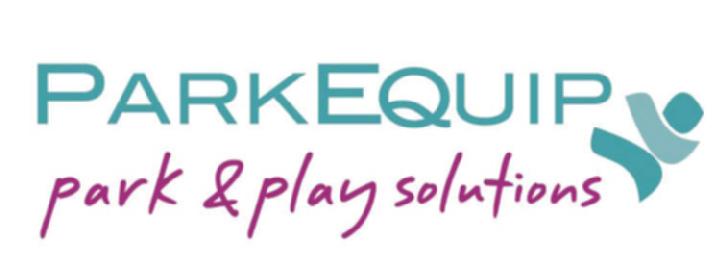
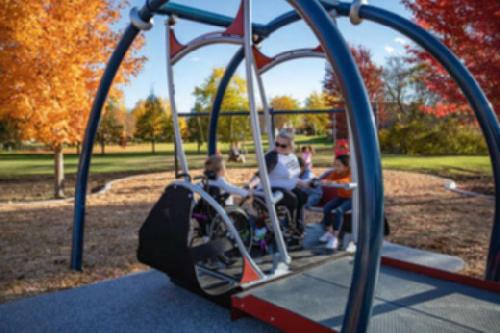





you!



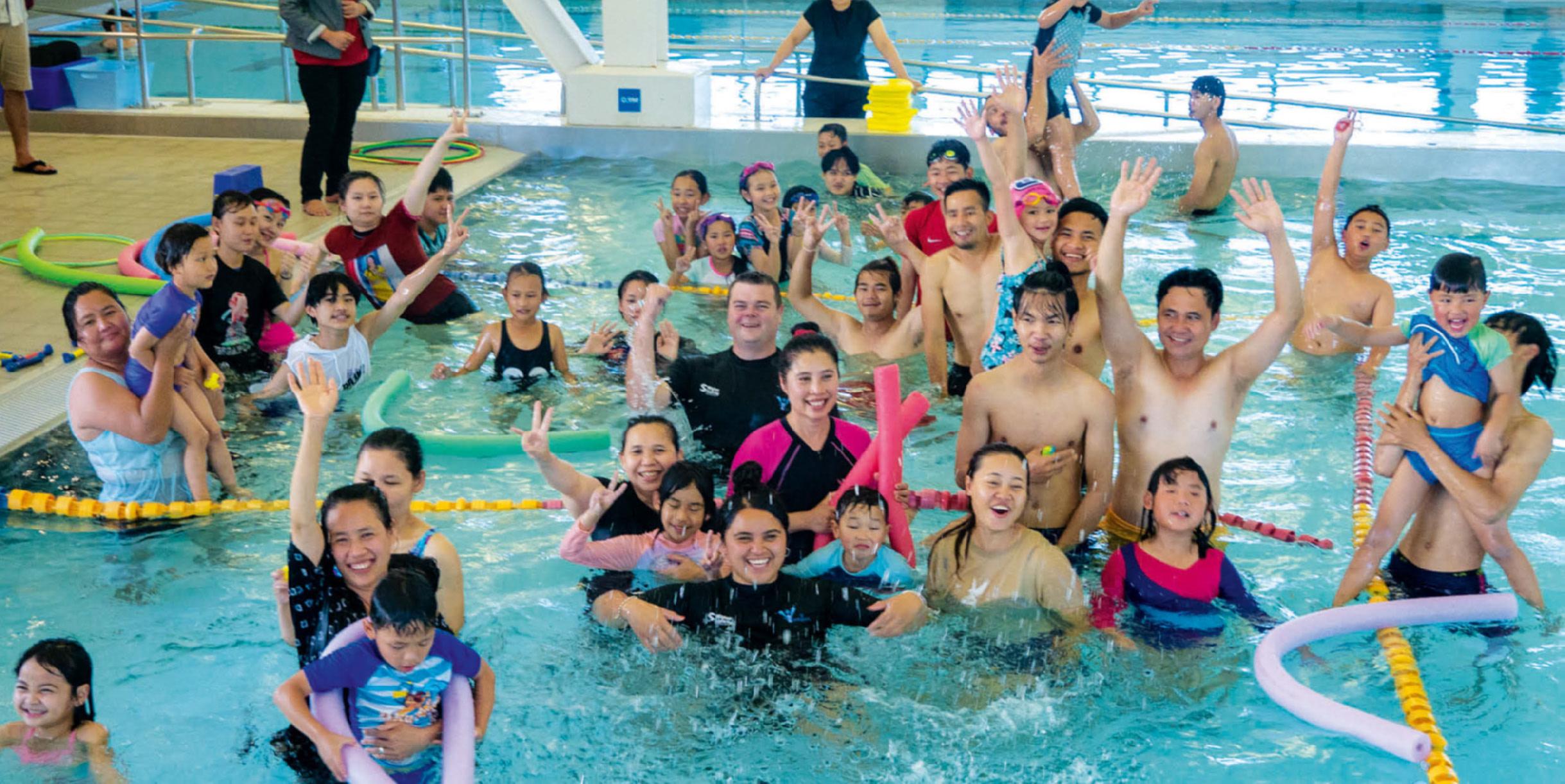
Summer is fast approaching, and with it comes the desire for families to take a dip in the pool or head to the beach. However, water safety remains a serious concern, especially for children, who are the most vulnerable group. Statistics show, drowning is a significant cause of unintentional injury death worldwide. In Australia, there were 248 drowning deaths in the 2020-2021 financial year. In New Zealand, there are around 80 drowning fatalities each year. These statistics are currently on the rise and highlight the importance of teaching children to swim and educating them on water safety from a young age. This is where SplashSave comes in.
SplashSave is a revolutionary program that has emerged in New Zealand to ensure that every child has access to aquatic education and, most importantly, stays safe in and around water. The program has been active for the last 18 months and has engaged over 4,000 families, which translates to approximately 8,000 children, in active recreation in the water.
Unlike traditional approaches to water safety, SplashSave works to create community leaders in each district across New Zealand (and soon Australia) and tailors the program to the area, including the approach and delivery, to ensure that participants can connect with the water in a way that is appropriate for them. The unique approach of SplashSave is to
wrap community support around water safety and provide parents, caregivers and families with the opportunity to participate in aquatic education by teaching their own children the basics of swimming and water safety.
By empowering parents, caregivers and extended family members to take the lead in their child’s aquatic education, SplashSave has created community leaders in each district across New Zealand and are looking to work with likeminded organisations to lower the horrific drowning toll. “The key aim of our approach is partnership”, says founder Phil Waggott.
“By working together as an industry we can make an impact. We work with the local providers who already do an awesome job and promote that to the local communities that are currently disengaged with swimming and water safety education.”
SplashSave’s approach has seen significant success in promoting water safety and aquatic education. By providing families with the tools and knowledge they need to teach their children to swim and stay safe in and around water, as well as providing local ongoing options for participants, the program has empowered parents and caregivers to take an active role in their child’s education.
One of the significant advantages of SplashSave is that it is accessible and affordable. The program provides

families with a pack that includes a comprehensive guide on water safety and swimming skills. The pack includes everything parents need to teach their children the basics of swimming and water safety, from age-appropriate activities to safety tips including general water safety knowledge around rivers, beaches and rips, and boating safety.
Moreover, SplashSave’s unique approach to water safety includes providing parents and caregivers at the community activations with a kit that includes all the necessary tools to teach children the basics of swimming and water safety. This kit contains learn-toswim equipment and a comprehensive manual that guides parents through the teaching process, ensuring that they can teach their children to swim with confidence and ease.
The kit also includes a progress tracker, allowing parents to monitor their child’s progress as they learn to swim and improve their water safety
skills. The progress tracker also helps parents to identify any areas where their child may need additional support, allowing them to tailor their teaching approach and ensure that their child develops the necessary skills to stay safe in and around water. This is also where Swim Schools come in, providing support as and when needed to these communities to allow them to engage with the water in the most appropriate way for the culture, meaning more people learn vital water safety skills to lower the drowning rate.
SplashSave’s success can be attributed to its community-driven approach, which involves working with community leaders in each district across New Zealand, and soon Australia. This approach ensures that the program is tailored to the needs of each community and participants can connect with the water in a way that is appropriate for them
Furthermore, SplashSave works with many refugee and migrant communities where English is the second language. The program’s delivery also includes full-immersion Te Ao Maori and mainstream activities, making it accessible to a diverse range

of communities. This inclusive approach has seen great success in engaging these communities and promoting water safety and aquatic education. The SplashSave team works to tailor the program and the approach, and partners can rebrand the program to make a stronger connection with their own community.
SplashSave’s success has been recognised by various organisations and government bodies. The initiative has partnered with Water Safety NZ, Swimming NZ, ACC, many council pools and operators around New Zealand, and, more recently, working with several organisations worldwide to engage communities in swimming and water safety education.
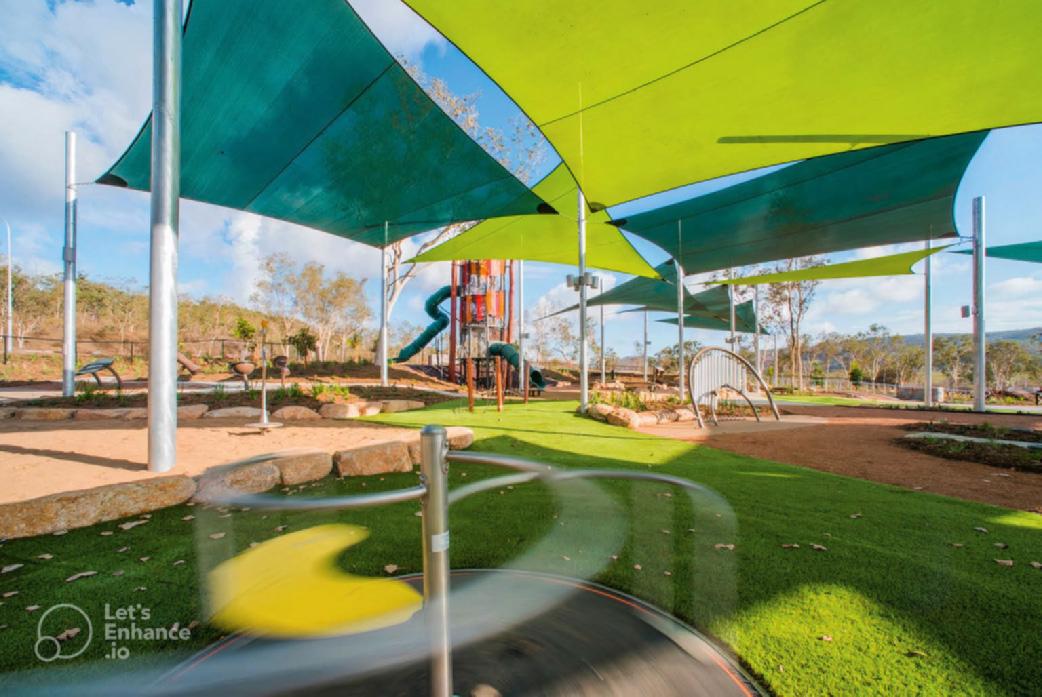
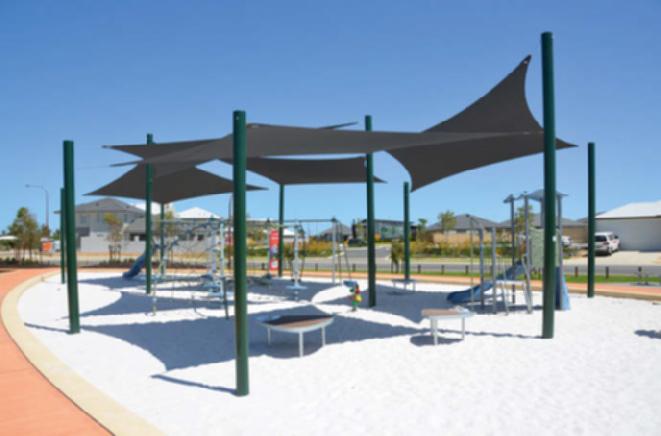
As a parent, you want your child to be safe and have fun when they’re in or around water. That’s why SplashSave was created. To take action, check out SplashSave at splashsave.org. By purchasing a SplashSave kit, a parent will not only have access to the necessary tools and knowledge to teach your child the basics of swimming and water safety, you will also be making a donation to provide education to those that need it most through the SplashSave Foundation.
We want to get every community aware and acting against the risk of drowning and are ready to assist your community and your organisation. To hear from some of the participants of the program go to the SplashSave YouTube channel and check out what they had to say. Don’t wait, take the first step towards ensuring more people can enjoy the water safely. splashsave.org
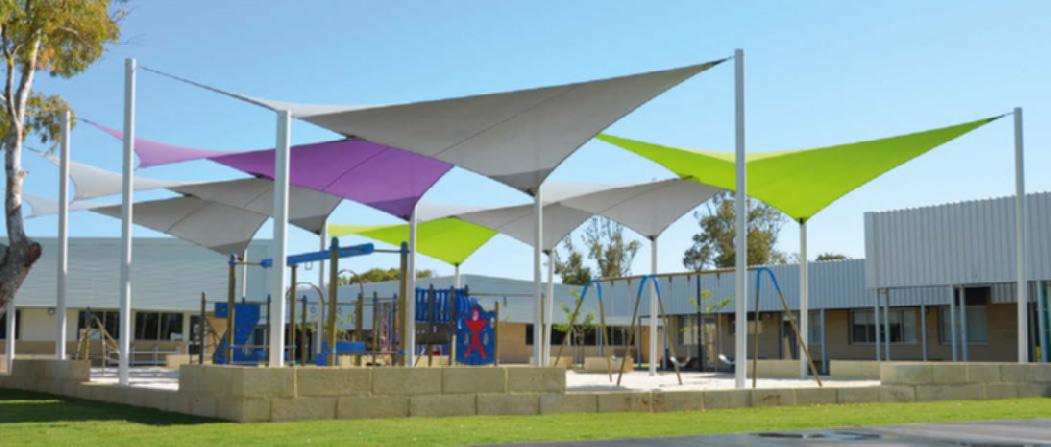

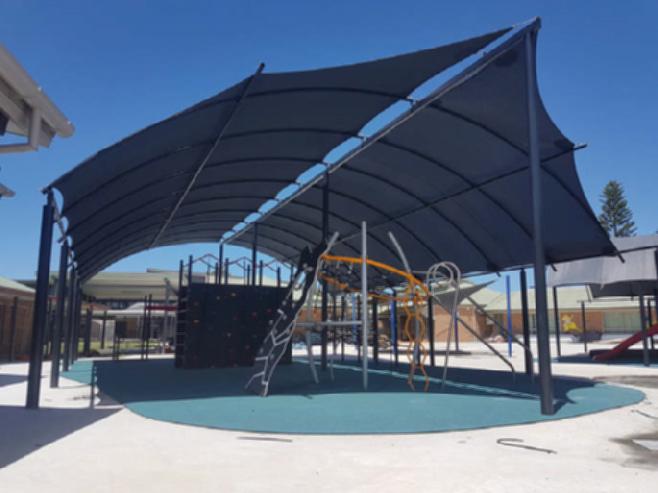


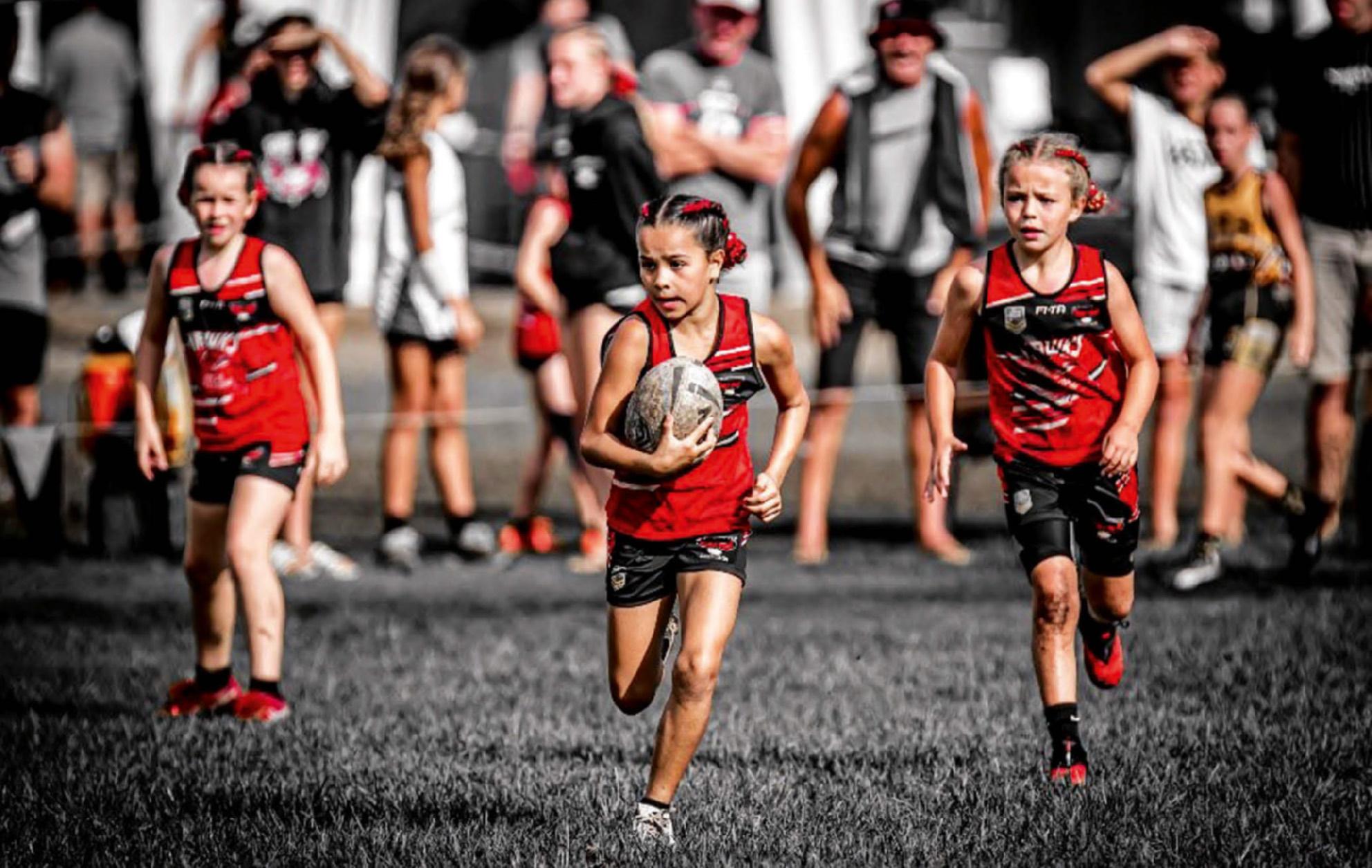
WORDS KAREN JONES, CHIEF EXECUTIVE, NSW OFFICE OF SPORT
Since 2006, Reconciliation Action Plans (RAPs) have provided a framework for organisations to leverage their structures and spheres of influence to support the national reconciliation movement. Sharing the development of the Office of Sport (the Office)’s RAP, in partnership with Venues NSW (VNSW), may provide some useful ideas and lessons for other agencies considering a reconciliation journey.
The Office is the lead NSW Government agency for sport and active recreation, with a mission to build active communities. By providing the necessary leadership, policies, programs, funding and infrastructure, we aim to increase participation in sport and active recreation in NSW. The work of the Office is delivered via ten sport and recreation centres, five olympic sport venues and city and regional offices across the state. At the time of the development of the RAP, VNSW was part of the Office.
The Vision for Reconciliation of the Office and VNSW is: “Aboriginal and Torres Strait Islander and non-Aboriginal
communities engaged through sport and active recreation, to break down barriers and level the playing field.”
The development of a RAP was identified as a way for the Office to work together to improve social, health and economic outcomes for Aboriginal and Torres Strait Islander peoples in NSW. The proposal for preparing a RAP emerged from an Aboriginal Staff Development Conference in 2018. This was recommended because it would formalise our commitment to reconciliation and provide a practical plan for action. While some national and state sporting bodies had already developed RAPs, the Office Executive agreed that a RAP would demonstrate reconciliation leadership across the NSW sport and active recreation sectors. The broad reach of VNSW and its potential influence on thousands of people attending its facilities was recognised early and VNSW was invited to develop a RAP in partnership with the Office.
Reconciliation Australia has developed RAPs as a framework to
provide a structured approach to advance reconciliation. There are four different types of RAPs: Reflect, Innovate, Stretch and Elevate. Each type of RAP is designed to suit an organisation at different stages of their reconciliation journey. The framework provides enough flexibility for the RAP to be developed according to the specific circumstances of each organisation and to accommodate ongoing evolution.
Development of the RAP was an 18-month journey. A RAP advisory committee was convened with 22 representatives across both agencies. A standing agenda item at the beginning of each meeting was that a member of the group would tell a story of community and connection. Both our Aboriginal and non-Aboriginal staff told stories, sometimes historical, sometimes educational, and at times deeply personal. This really helped team members to better understand that Aboriginal and Torres Strait Islander peoples have differing views, knowledge, customs and ways of doing business. Importantly, it built connection and trust among the group.
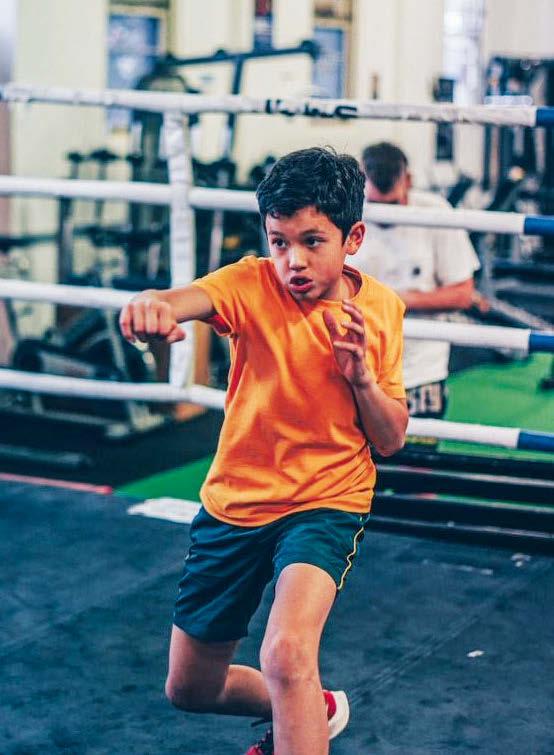
The committee identified an Innovate RAP as most appropriate for the Office and VNSW. An Innovate RAP focuses on reviewing, testing and refining internal operations and policies to work towards making an organisation a culturally safe place to work and advance reconciliation.
Throughout the process, every word and every sentence was carefully considered, unpacked, reviewed, and agreed to by the committee. Smaller work teams took sections of the plan out to their colleagues, and again, this was pulled apart and rewritten until we had everyone’s agreement. After nine months of discussion, we had a draft!
Online consultations of the draft RAP were attended by around 200 staff — more than half of all staff across both agencies. External agencies such as Aboriginal Affairs, Local Aboriginal Land Services and other state government departments were also invited to comment. The final version was endorsed by Reconciliation Australia.
The process of selecting our RAP artwork was another learning process. More than 20 talented Aboriginal artists responded to our expression of interest to create a piece that represented the positive impact sport or recreation has on Aboriginal communities in NSW. Staff then had the opportunity to cast their votes. This was a big engagement piece that generated discussion and excitement as staff chose their favourites. The winning artwork was Jennebe by Jasmine Sarin, and it continues to be a conversation piece with staff and all who see it.
As a joint RAP, a clear governance structure was developed to ensure successful implementation of actions across both organisations.
A steering committee co-chaired by an executive director from each entity was established to oversee the RAP implementation team (RAPIT). The RAPIT is co-chaired by an Aboriginal and non-Aboriginal staff member. A clear reporting and accountability process was established that included Aboriginal staff involvement/consultation within implementation of each RAP Action or RAP Action Team.
Key focus areas for action within the RAP include: development of the Office Aboriginal Staff Network, procurement, communications, significant sites and human resources. The RAP provided the impetus to transform the informal Aboriginal Staff Network into a formal, organisational mechanism for consultation with Aboriginal staff. Procurement was identified as an opportunity to review existing procedures guided by state policy, to expand variety and choice of Aboriginal and Torres Strait Islander providers.
Formalisation of Welcome to Country and Acknowledgement of Country procedures have been simple ways of showing respect for Aboriginal and Torres Strait Islander staff and communities. Recognition of the lands on which sport and recreation centres, venues and offices are located has provided an opportunity to demonstrate respect and educate staff, clients and visitors.

The Office and VNSW are working with Aboriginal stakeholders and appropriate agencies to protect and manage artefacts and sites of cultural significance on the land occupied by the Office and VNSW. Development of an Aboriginal and Torres Strait Islander Employment Strategy has also commenced. The strategy will provide a roadmap to improve recruitment and retention practices and help provide Aboriginal and Torres Strait Islander staff equal opportunities to develop and thrive.
A key future action is the establishment of a NSW Aboriginal Sport and Active Recreation Network. The network will provide a platform
for stakeholders to share resources and support each other to improve Aboriginal and Torres Strait Islander participation on and off the field. The diverse range of clients attending sport and recreation centres also provides an opportunity to embed culturally appropriate learning into the Office’s suite of programs.
The work in developing and implementing our RAP has not been without its challenges. One of the biggest lessons learned in developing our RAP has been to allow the product to unfold. As leaders, we tend to set firm deadlines that suit our purposes which may or may not align with those we wish to partner with.
Of course, we absolutely need to drive results, but with the RAP, and many of our projects, when we take the time to engage early, discuss and debate, refine, and keep moving forward in good faith, the results will come. Implementation of the RAP has demonstrated that working with Aboriginal and Torres Strait Islander staff and communities is different. Even if priorities align, it is important to take time, build trust, reflect and establish mechanisms for ongoing communication.
At the Office, our Aboriginal staff are providing their input across the entire RAP, while still delivering in their own role. It is our responsibility to ensure that we find ways of effectively accessing this expertise without overburdening.
The Aboriginal Staff Network and the Action Working Groups have assisted us in doing this. While this has been a valuable experience for many Office staff, we still have a way to go.
Implementing our RAP has signaled that the Office and VNSW are ready to deepen our relationships with staff stakeholders and the community as we engage in reconciliation. Sport has always been a major social event in Aboriginal communities and continues to play an important role in the ongoing recognition of Aboriginal culture and history. In the words of our previous Acting Project Officer — Indigenous, “We think of these big sporting gatherings as a modern day Corroboree”.
For further information regarding the Office and VNSW’s RAP visit sport. nsw.gov.au/our-reconciliationaction-plan
Building on its stellar reputation for quality commercial maintenance equipment, Husqvarna has now introduced Husqvarna CEORA™, a much anticipated solution for commercial greenspace management. CEORA™ is battery powered, with zero direct emissions, providing a sustainable solution to the industry.
CEORA™ is expected to revolutionise the turf maintenance industry, with a large mowing capacity of up to 75,000m2, depending on turf quality requirements. In addition, Husqvarna’s range of commercial
robotic mowers will significantly reduce operation costs, noise and emissions whilst creating a better, safer work environment.
CEORA™ makes the lawn greener and denser, providing superb results and as there are no physical wires, it allows for scarifying and aerating.
When investing in a professional robotic mower, professionals get access to a digital easy-to-use tool for managing and controlling their fleet.
Husqvarna’s inbuilt satellite navigation system also offers supreme precision and ease of navigation, as it is
designed to avoid obstacles thanks to its ultrasonic object avoidance system.
When it comes to future proofing your sports fields, golf course, city park, open space or commercial properties, choosing a sustainable solution like the electric CEORA™ robotic mower is an investment in your business, saving you time and money while providing your staff with additional labour support and a safer work environment.
To view the full Husqvarna range of professional series robotic mowers, visit husqvarna.com

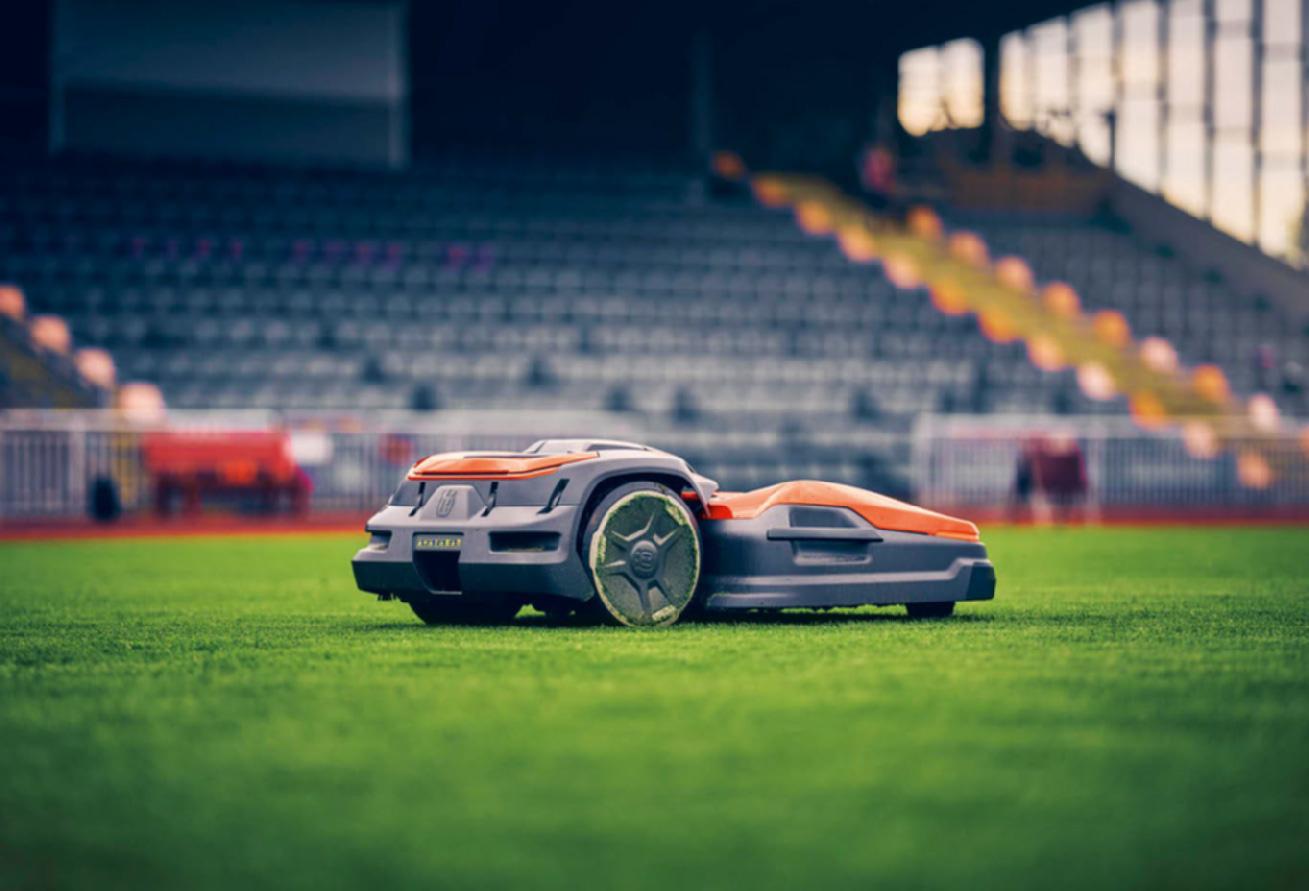



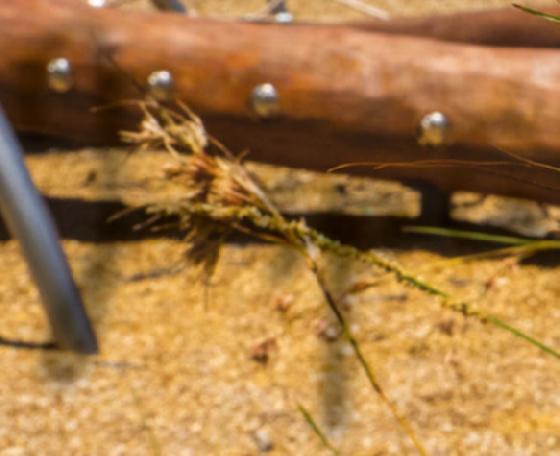
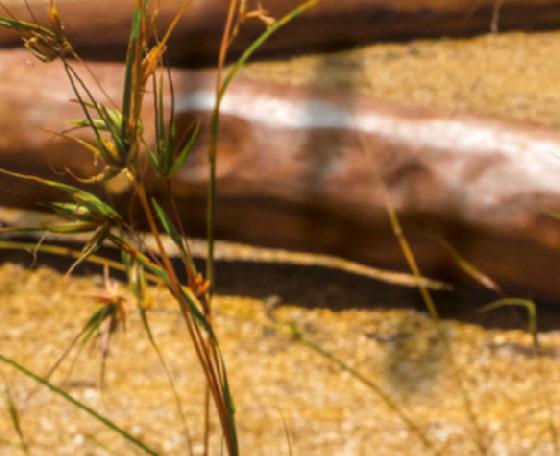
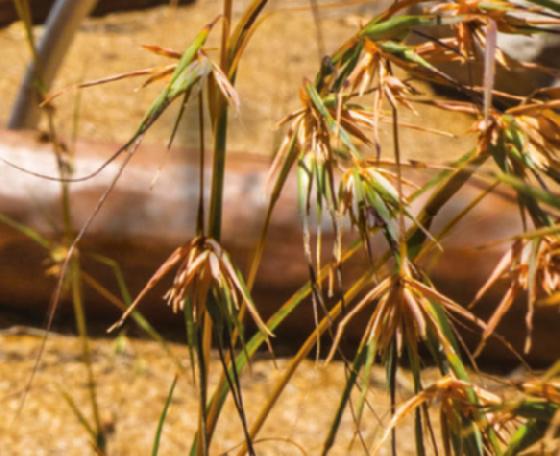
According to Planet Ark’s research, just a generation ago 75% of children played outside every day. Now, only one in three do. communities.
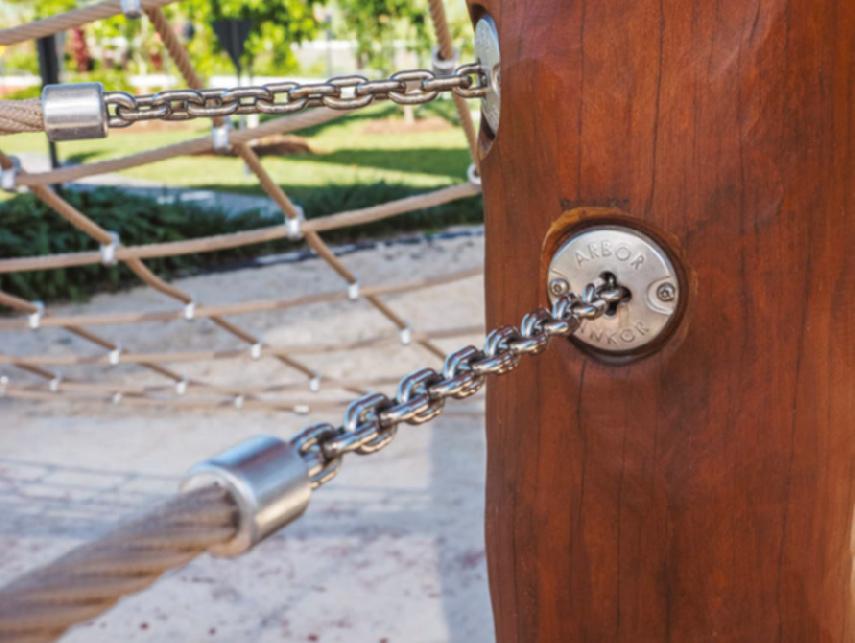
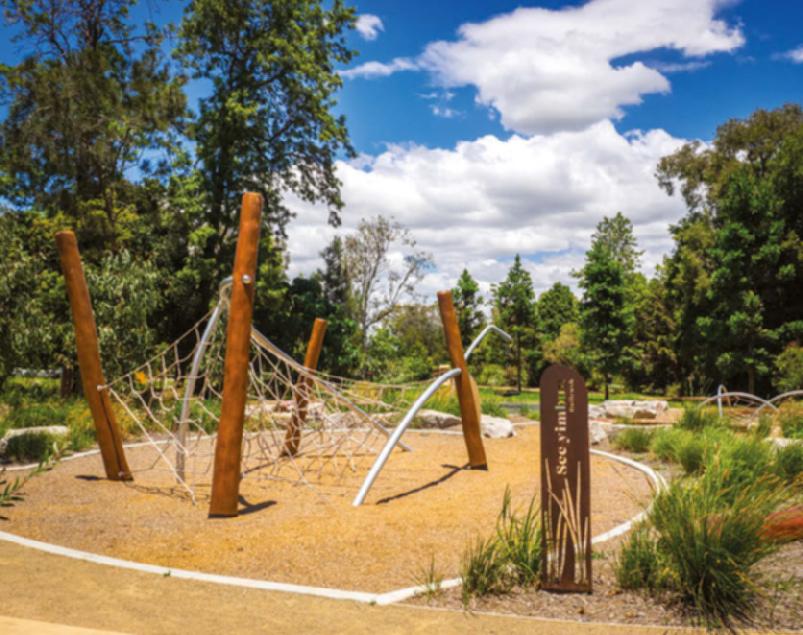
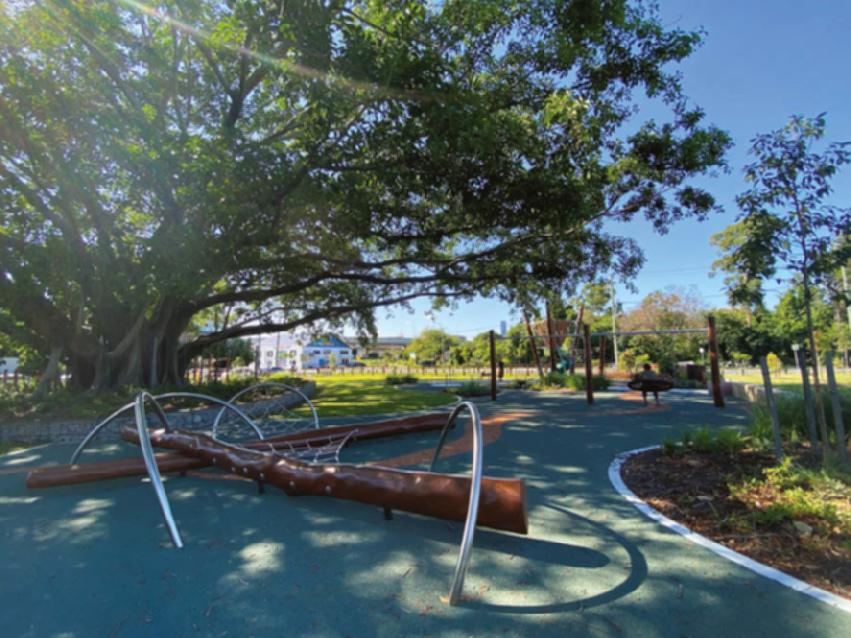


As large play units with a variety of activities, towers can be used to create greater challenges with internal and external climbing, as well as opportunities for social play and exciting slides, keeping kids entertained and providing hours of fun. In addition, enclosed decks high above the ground allow children to play at greater heights in safety and see the landscape around them from new viewpoints.
Utilising the same standardised deck and post system as Omnitech’s Extreme Range, the modularity and customisation capabilities are endless in the Towers’ Range. Play units can be built in stages or expanded upon later to suit changes in budget or the needs of the space.
With in-house design, fabrication and CNC cutting capabilities, along with a variety of colour options, our expert team can design new features and play units to suit any playground vision. Omnitech’s wide range of CNC panel designs, including interactive and sensory panels, are constantly being added to as well as new themes created for engaging social and imaginative play. Whether deep in the bush or out by the ocean, play towers can be customised to suit the surrounding landscape — castles, pirate ships or native animals being just a few of the themes to choose from.
The Extreme range highlights the modularity of Omnitech’s equipment, combining overhead and lower-level
play activities with elevated climbing and sliding from the raised tower.

Built by Omnitech, a prominent new feature of the Grand Central Estate playground in Tarneit is a large tower that stands proudly in the park, rising over six metres into the sky with winding steps and climbers throughout the structure leading towards long, bending tube slides.
Vibrant pops of orange and green complement the recycled Futurewood panels, an attractive and sustainable alternative to timber. Combined with landscaped Australian log elements and native Australian animal imagery, the theme of this playground creates a stimulating canvas for imaginative play.
Another recent project by Omnitech, located on Pecten Avenue in the suburb of Warrnambool, also embodies a natural theme. It displays native
Australian animals on interactive panels and encourages social interactions through under-deck activities, logs and steppers, while a small teepee hut is great for imaginative play.
With an emphasis on sourcing local materials and in-house manufacturing from its two Melbourne factories, all Omnitech equipment is held to the same high quality and safety standards to ensure that the company’s playgrounds can be enjoyed for years to come.
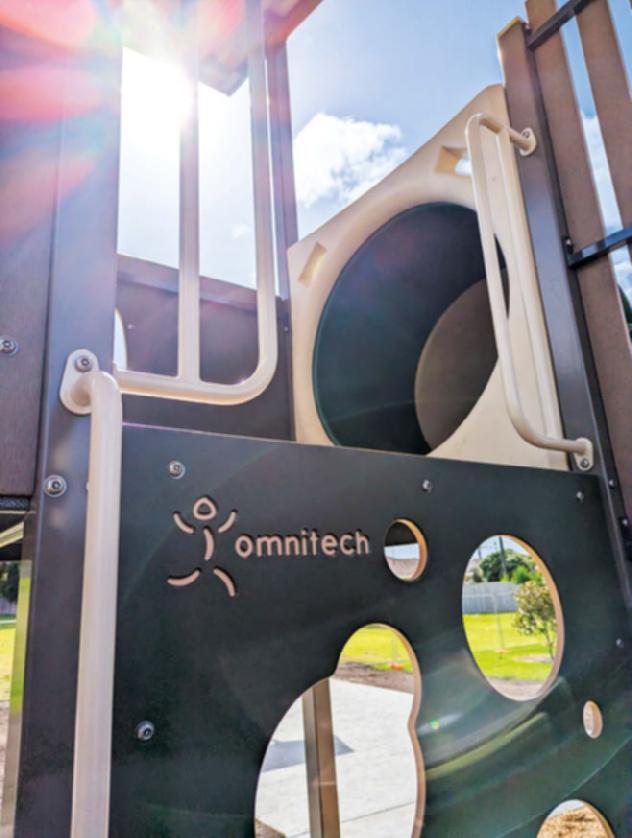
To find out more about the Extreme range, visit Omnitech at omnitech.com.au

This year’s PLA National Conference, to be held in conjunction with World Urban Parks as a joint international congress supported by Green Adelaide, will be held at the Adelaide Convention Centre.
Fresh from a $397M redevelopment, the Adelaide Convention Centre (ACC) is one of the world’s most modern, flexible and technologically advanced venues. Comprising three distinct yet seamlessly integrated buildings, the Centre spans 20,000sqm of multipurpose space. The venue’s East Building features the state-of-the-art Plenary, which offers tiered seating for more than 3,000 people or 3,000sqm of floorspace for banquets and exhibitions. Its combination of hinged seating, operable walls and rotating seating drums allow the Plenary to be arranged into more than 15 different
configurations. In addition to its modern facilities, the ACC is known for its creative menus, expert service and innovative technologies.
The ACC is positioned in the heart of Adelaide’s Riverbank Precinct, just 15 minutes’ drive from the Adelaide International Airport. Currently undergoing a multi-billion-dollar rejuvenation, the Riverbank Precinct is where the city’s cultural, sporting, education, medical, conference and entertainment zones merge, making it Australia’s best connected business events precinct.
A striking landmark on Adelaide’s Riverbank, the structure takes full advantage of its prime positioning on the River Torrens, providing plenty of natural light and panoramic views of the river to deliver a heightened sense of destination.
The Centre is conveniently located at the heart of the city. To the North,
it overlooks the River Torrens and surrounding parklands, while, to the South, the Centre sits on North Terrace, one of four major terraces that bind Adelaide’s City Centre.
In addition to the Centre, Adelaide Oval and Adelaide SkyCity Casino, the Riverbank Precinct is home to the world-leading BioMed City — the largest life and health sciences cluster in the Southern Hemisphere — which is located right next door.
ACC provides an extensive range of accessibility options and facilities. All carparks and buildings are wheelchair accessible for ease of movement.
Make sure you join others from our profession from around the world to learn, share and enjoy the opportunity for a unique gathering in October.
For more information visit jointinternationalcongress.com
Brisbane qld@otiumplanning.com.au
Cairns cairns@otiumplanning.com.au Canberra act@otiumplanning.com.au
Darwin nt@otiumplanning.com.au
Melbourne vic@otiumplanning.com.au
WORDS VRITTI PARASHER, RECREATIONAL SERVICES, NZ
Recreational Services marked its 30-years-of-service milestone last year, with the legacy to create something greater than ourselves continuing with great pace. According to Brett Turner, Managing Director, “We have spent 30 years focusing on understanding the individual needs of our customers to provide an exceptional service that not only meets but also exceeds customer requirements.”
The desire for excellence and innovation in greenspaces has helped us grow from a company specialising in golf turf to becoming New Zealand’s leading provider of turf, parks and facilities management. Our specialist teams provide turf, horticultural and asset management services to councils, schools, golf courses, public parks and gardens across New Zealand, and are responsible for more than 11,299 sites across the Aotearoa landscape today.
All aspects involved, from the development and maintenance of parks, reserves and sports fields (including facilities and asset management, project management and long-term contracts), are carried out by our team of 550 members and supported by an extensive specialist fleet of 1700 pieces of plant equipment. Staying ahead in environmental strategies and trends, Recreational Services has invested in transitioning our fleet, plant and machinery to new technologies, and these transformational efforts are changing the way our company impacts the environment.
As a Toitū Diamond and Carbon Reduce-certified organisation, it can be assured that our environmental procedures and compliance are in
place to undertake the project in an environmentally sustainable manner. We are tasked with keeping New Zealand’s greenspaces in immaculate condition, therefore, an advocate for our communities and, at the same time, a catalyst for embracing sustainable practices in the parks industry.
Recreational Services is at the forefront of bringing greener technologies to New Zealand, such as Weedingtech’s Foamstream technology, a chemical-free alternative to Glyphosate, in 2018. The Foamstream units use hot water and a biodegradable insulating foam to kill weeds. This technology avoids the use of herbicides altogether, making it safe for use around people, animals, and delicate environments.
Recreational Services was also the first in New Zealand to import the Mean Green commercial mowers, 100 percent electric mowers. The benefits of these mowers are they have zero emissions, offer low noise and vibration levels, and do nose diesel, as most commercial fleets would normally run.
Another first was owning the first New Zealand Mitsubishi Canter Eco Hybrid transporter trucks with AdBlue technology, reducing exhaust emissions by breaking down and removing the nitrogen oxides from the exhaust gas and offering the highest fuel efficiency in its class. In 2018, our Queenstown Lakes District maintenance contract, since its inception, was equipped with facility vans which are 100 percent electric and fully electric handheld equipment, such as handheld blowers, weedeaters, backpack blowers, rotary hand mowers, and hedge trimmers.
In maintaining our operational efficiency, Grass Height Sensors that schedule mows only when and where
they are needed, enable us to avoid any unnecessary fuel spent by both the mowers and the transporters to the sites. Bin sensors monitor the capacity of the bin so that our teams have visibility over which bins need servicing. The devices send real-time alerts via the dashboard when bins are nearing capacity.
To improve irrigation efficiency, we use the moisture sensor; this innovative technology enables efficient irrigation management. Efficient irrigation management is a tool that assists in improving aesthetic uniform turf cover and water conservation, and reduces nutrient leaching. This allows the irrigation to be controlled, enabling optimal field conditions. Without this technology there is potential for the field to become too dry, causing the soil to become hydrophobic. Also, this technology can enable a turf manager to achieve field capacity, thus avoiding any fluctuation in soil moisture levels.
As part of our water management plan, we collect rainwater for our spray trucks from our rain harvest tanks, which are then utilised to spray. The water from our washdown bays in Christchurch and Auckland is also recycled and reused for spraying.
The Central Hawkes Bay depot introduced two rural recycling trailers that can be transported around daily to reach parts of the district that weren’t easily reached through the typical drop-off center system. Most rural communities can now recycle paper/ cards/glass & plastics.
In Wanaka, we have the first Passive House-certified building. It is built from sourcing local lowembodied carbon materials and has all the insulation, thermadura windows, and solar panels installed.


We are proud to put all these innovative technologies not only to achieve our goal — to create exceptional spaces, but also to achieve environmental sustainability with efficiency.
At Recreational Services, we strongly believe in being part of the communities. We like to operate in a way that we can support the local economy and its future generations to create a sustainable future. Our goal is to always be well-connected to our communities and have local people working in their communities. We work closely with communities by supporting Iwi, community groups and schools, and also developing programmes that involves young people working with us, which can then lead to further employment opportunities.
Our organisational mission is to “Lead Aotearoa in the provision of parks and recreational space maintenance; to inspire our people, communities, customers, and suppliers; committed to a culture of excellence through kaitiakitanga and manakitanga.”


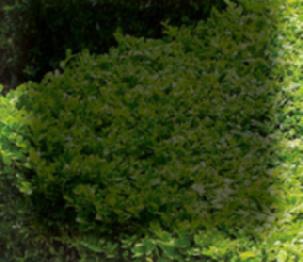
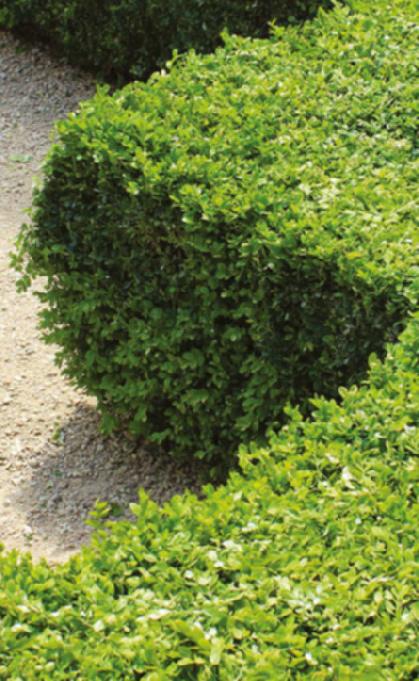
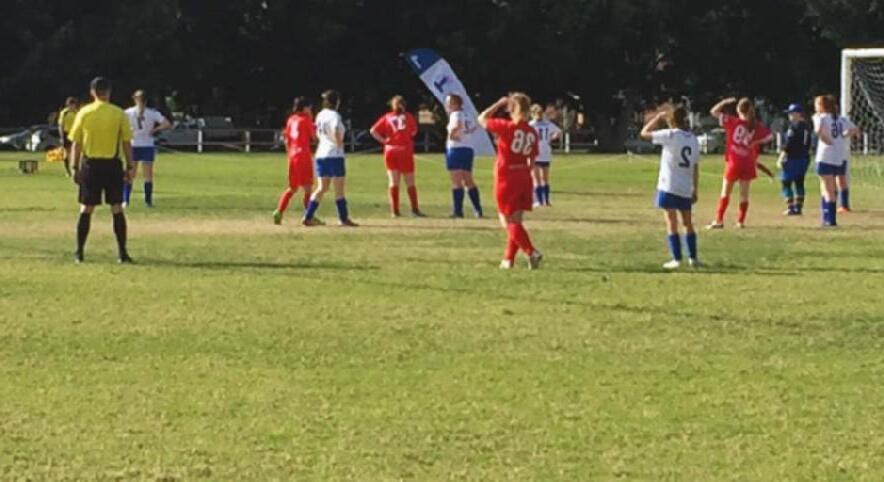

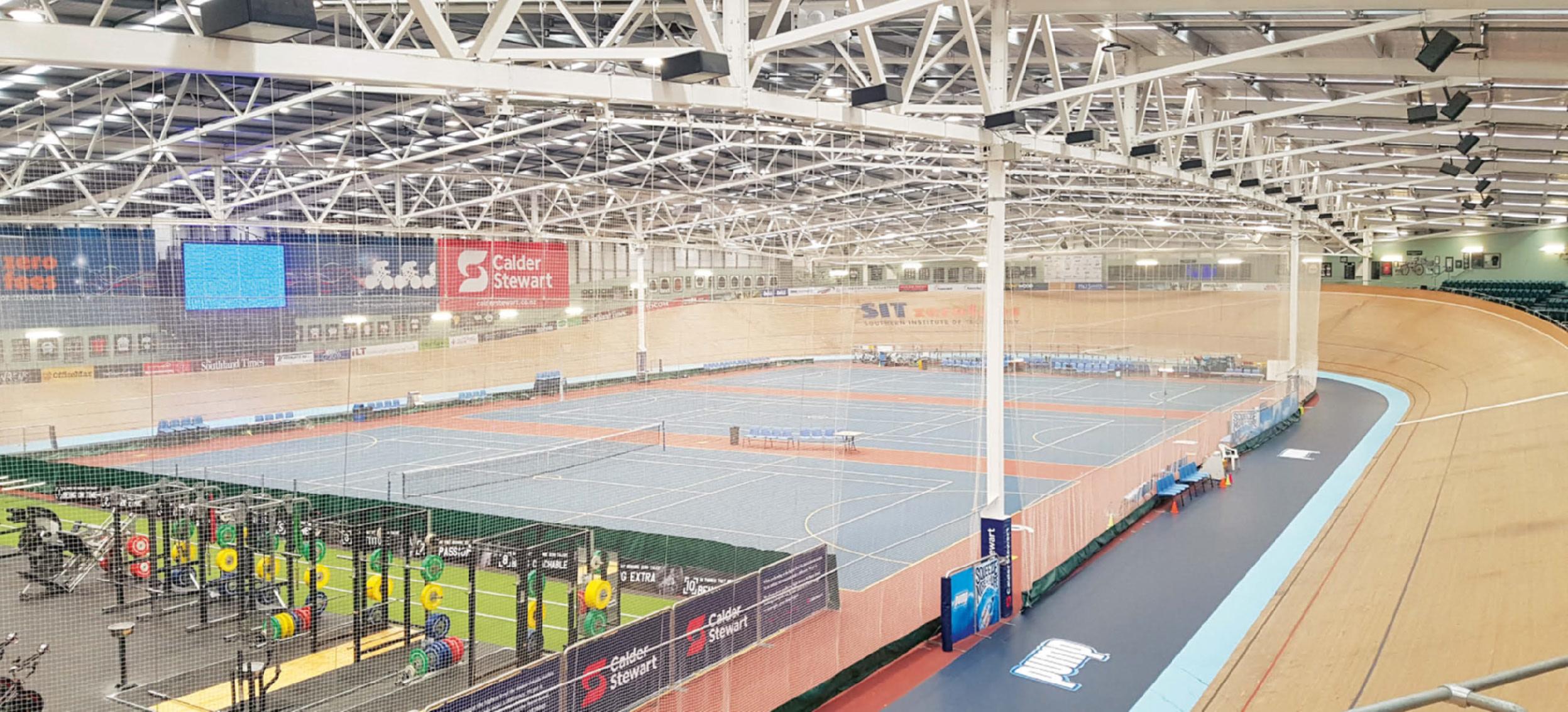
WORDS JASON LESLIE, DIRECTOR, OTIUM PLANNING GROUP
The ongoing strategic partnership between Otium Planning Group (Otium) and Recreation Sport and Leisure Consultancy (RSL) continues to result in the collective teams sharing the varying strengths from New Zealand and Australia in our sector to ensure clients benefit from innovative learnings on both sides of the Tasman.
This partnership strengthened over the past few months when Otium Director Jason Leslie and RSL Director Richard Lindsay, along with six RSL consultants, participated in the recent Recreation Aotearoa Conference. RSL and Otium were joint major conference sponsors. More recently, Richard joined the Otium leadership team in Melbourne to discuss further opportunities for shared learning between both organisations, and from Australia and New Zealand more broadly.
“I was humbled to be a part of and blown away by the Recreation Aotearoa Conference,” said Otium Director Jason Leslie. “The focus of the New Zealand people, particularly within the recreation sector, on their culture leaves Australia well behind. Recognising Māori interests in all aspects of the conference was inspiring.
“I learnt an enormous amount, particularly the positive role of connecting with nature and outdoor and active recreation in caring for the environment and community wellbeing.
“There are significant opportunities for Otium to learn from and apply the example of New Zealand in how they embed their culture in all aspects of the planning, design and management of sport and recreation infrastructure.
“New Zealand's ability to manage risk associated with outdoor and adventure recreation activities in a way that supports optimal participation and the viability of operators can also be applied in Australia.”
RSL Director Richard Lindsay noted, “Joining the Otium leadership team in Melbourne was an excellent opportunity to discuss how both Otium and RSL can continue to work together to share learnings and benefit quality planning outcomes for our clients.
“It is fair to say that New Zealand excels in outdoor recreation-associated planning outcomes, while there are many opportunities to understand better and learn from how Australia plans, delivers and manages sport and leisure infrastructure.
“In locations such as Auckland, we are facing significant challenges with an undersupply of accessible open spaces in an environment with very strong population growth. Understanding how communities such as Sydney plan for and resolve these challenges is one of many examples of how we can benefit from our cousins across the ditch.”
Several recent projects have
benefited from the partnership approach offered by Otium and RSL. The partnership was fortunate enough to work together on the development of a demand model to help a largescale city understand its current and future aquatic needs. This model was developed to enable the client to regularly update the inputs as new information becomes available. Another example has seen the Otium and RSL partnership modelling sports field demand in two regions of New Zealand, utilising a combination of Otium analytics and RSL localised inputs, delivering broader benefits to the clients.
Otium and RSL have agreed to continue growing and improving their strategic partnership, including sharing knowledge, expertise, and services. Future projects will be explored where the required skill set could benefit from having either company involved.
Otium has commenced sharing the RSL office in Christchurch as its New Zealand base. As a result of the continuation of this strategic partnership, the RSL and Otium team has the scale, reach and unparalleled expertise to assist clients within our sector regardless of the area of specialism required.
For information on how our strategic partnership may assist your next project, please visit otiumplanning. com.au and rslc.nz
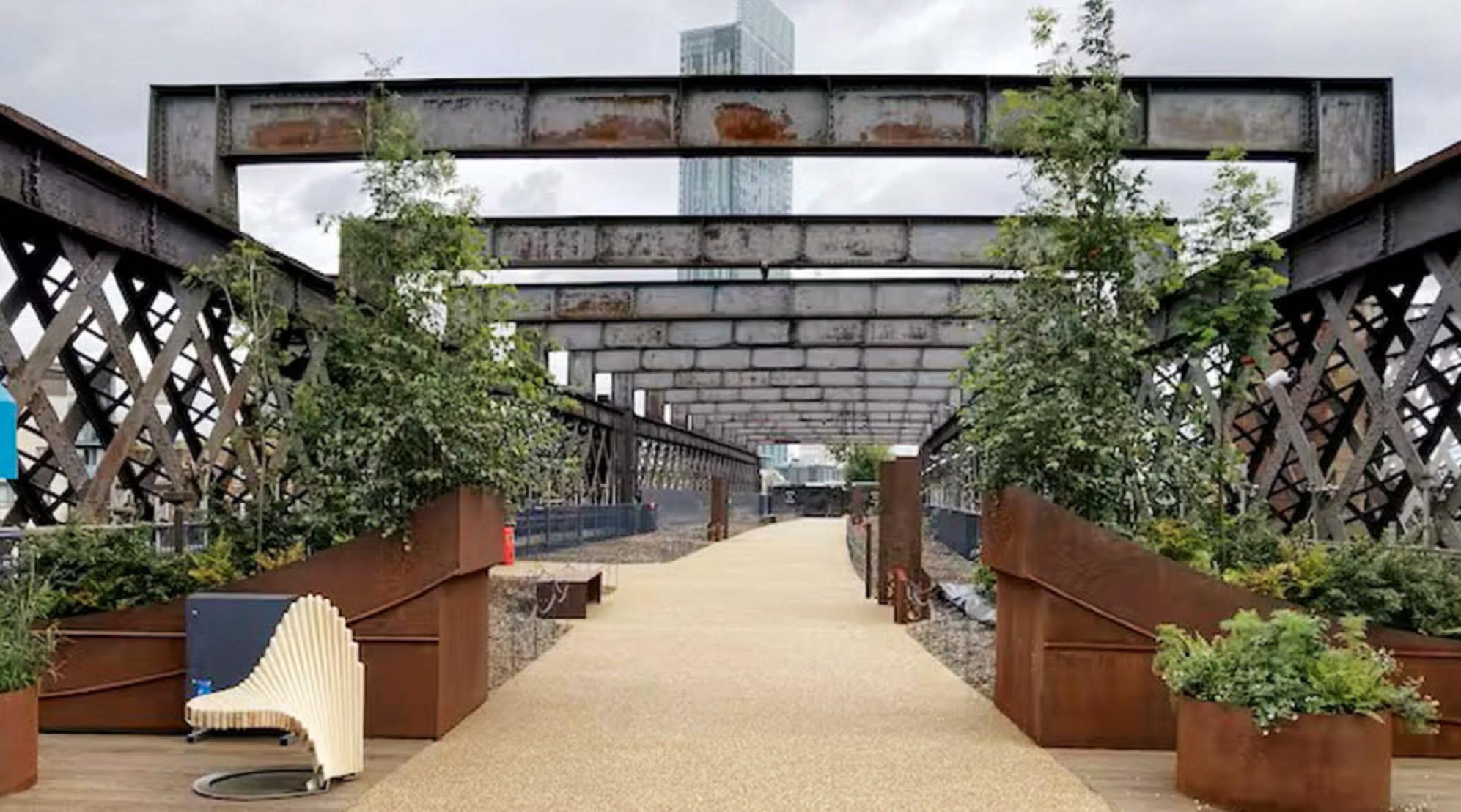

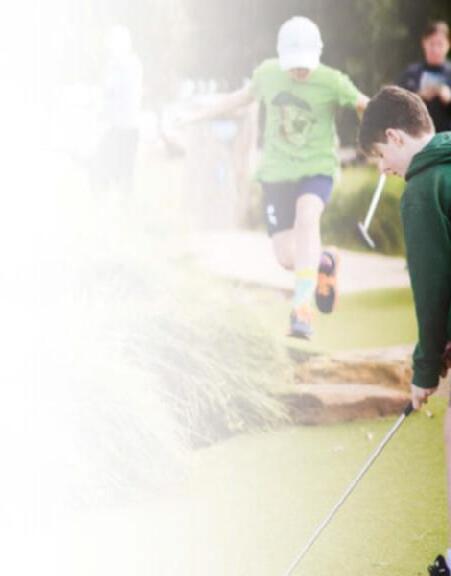

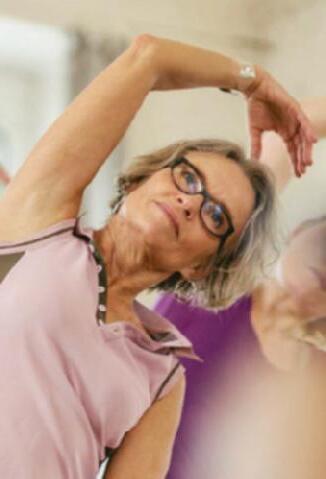
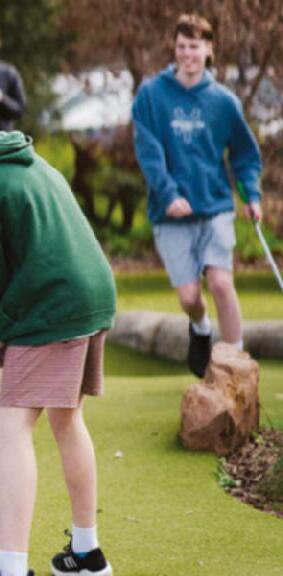


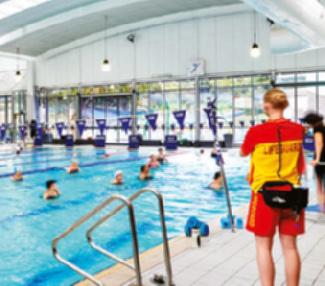

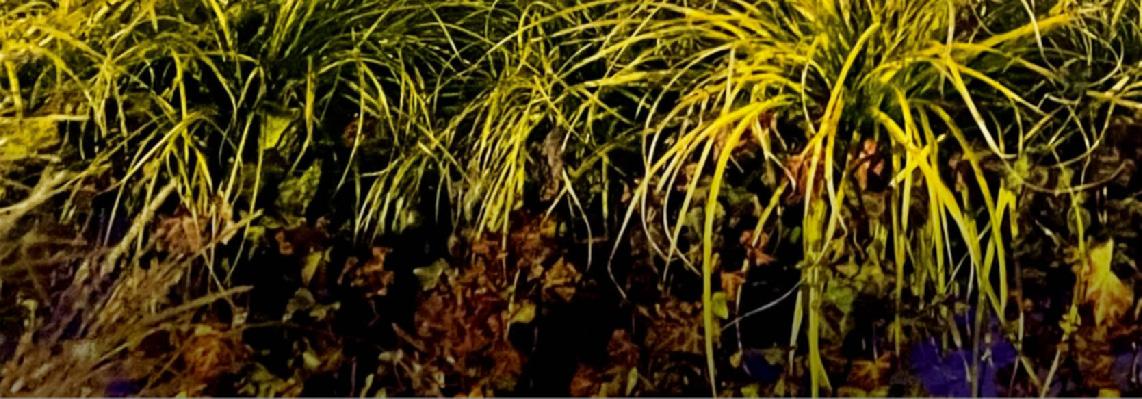


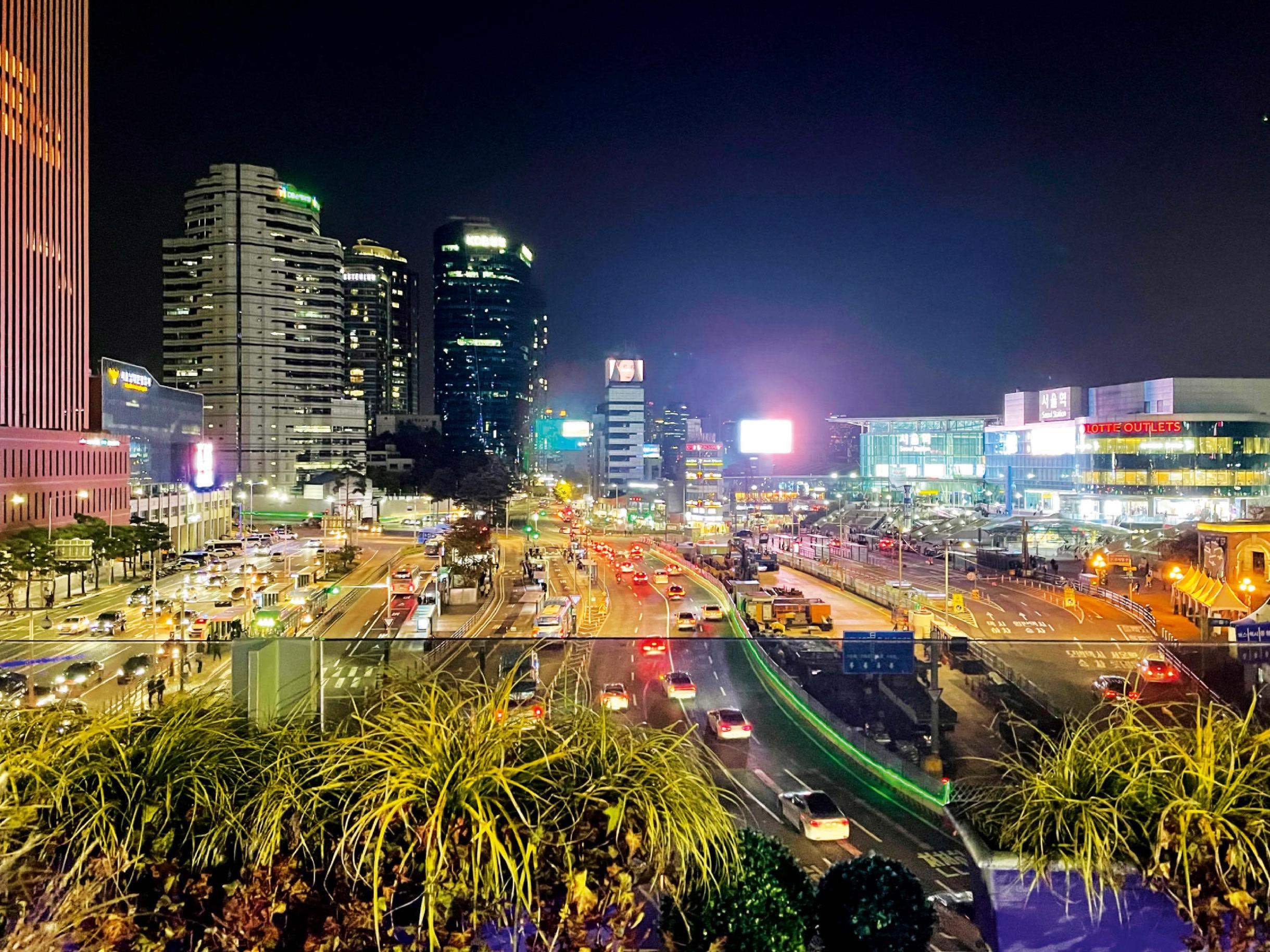

WORDS NICK DUNN, PROFESSOR OF URBAN DESIGN, LANCASTER UNIVERSITY, THE CONVERSATION
The recent opening of the Castlefield Viaduct Sky Park in Manchester, UK, has brought fresh attention to the growing number of projects that reuse urban infrastructures to create linear parks.
When the Promenade Plantée opened in 1993 on top of an abandoned railway viaduct in Paris, it was reportedly the first of its kind. It provided local residents a green escape ten metres above the tarmac of the street below and a three-mile meander from the Bois de Vincennes to Bastille. In 2009, the opening of New York’s fabled High Line further cemented this type of urban regeneration as something for cities to aim for.
Post-pandemic, finding innovative ways to eke out accessible greenspaces in the urban environment is more urgent than ever. Doing so provides
health and environmental benefits alongside economic ones, by promoting biodiversity, mitigating air pollution, and in some (though not all) cases, reducing the heat island effect.
Since the 2000s, city planners across the world have tried to replicate what has been called “the High Line effect”. Built on top of a disused stretch of elevated freight rail line in western Manhattan, the High Line garnered considerable press and media coverage from the outset. It has been rightly championed as a success story, attracting eight million visitors a year and fostering new economic activity.
But not everywhere else is as wealthy as the city of Manhattan. By reinvigorating the industrial heritage and cultural identity of a place, this approach can increase tourism, which can have mixed results.
Recent research has shown that without policies in place to ensure that lower-income local communities can enjoy the benefits of newly greened spaces, including health benefits, these projects can exacerbate inequality by raising property values and causing the displacement of longterm residents who can’t afford to stay. Urban planning experts talk about green gentrification, as has been noted in the case of the 606 Linear Park in Chicago, among others.
Instead of simply trying to copy what has been done elsewhere, this type of regeneration is best done when attuned to the local heritage.
As Historic England has emphasised, the best way to steward heritage sites and the historic environment is by keeping people’s wellbeing in mind. In particular, it’s about giving local people


a voice, a place to be active and a sense of belonging.
Adapting existing infrastructure is an integral part of rethinking the city in an era of climate emergency. The era of grand visions for public parks is largely over, as most cities are already full. Both spatially and economically, forming large greenspaces from scratch is not possible.
Conversely, reworking old railway lines and bridges into parks contributes to a wider strategy of adaptive reuse and what designers term “urban acupuncture”. Since the 1960s, pocket parks have been created out of small, hidden or overlooked bits of land between existing buildings.
The hyper-local nature of this type of urban greening makes it easier for residents to access and benefit from these spaces. As pressure increases on how we use resources and keep carbon in the ground wherever possible, enabling everyone to have access to greenspace for health reasons is critical.
This can be challenging in those cities where a large proportion of residents do not have access to private gardens. Capitalising on a city’s vertical space, as elevated walkways do, is a huge advantage in high-density cities where significant pressure on ground-level space exists. What’s more, the structures being turned into parks are usually found in those parts of a city that are postindustrial and in need of regeneration.
In terms of environmental impact, these parks have great potential. Each year the High Line, for example, sequesters over 1.3 tons of atmospheric
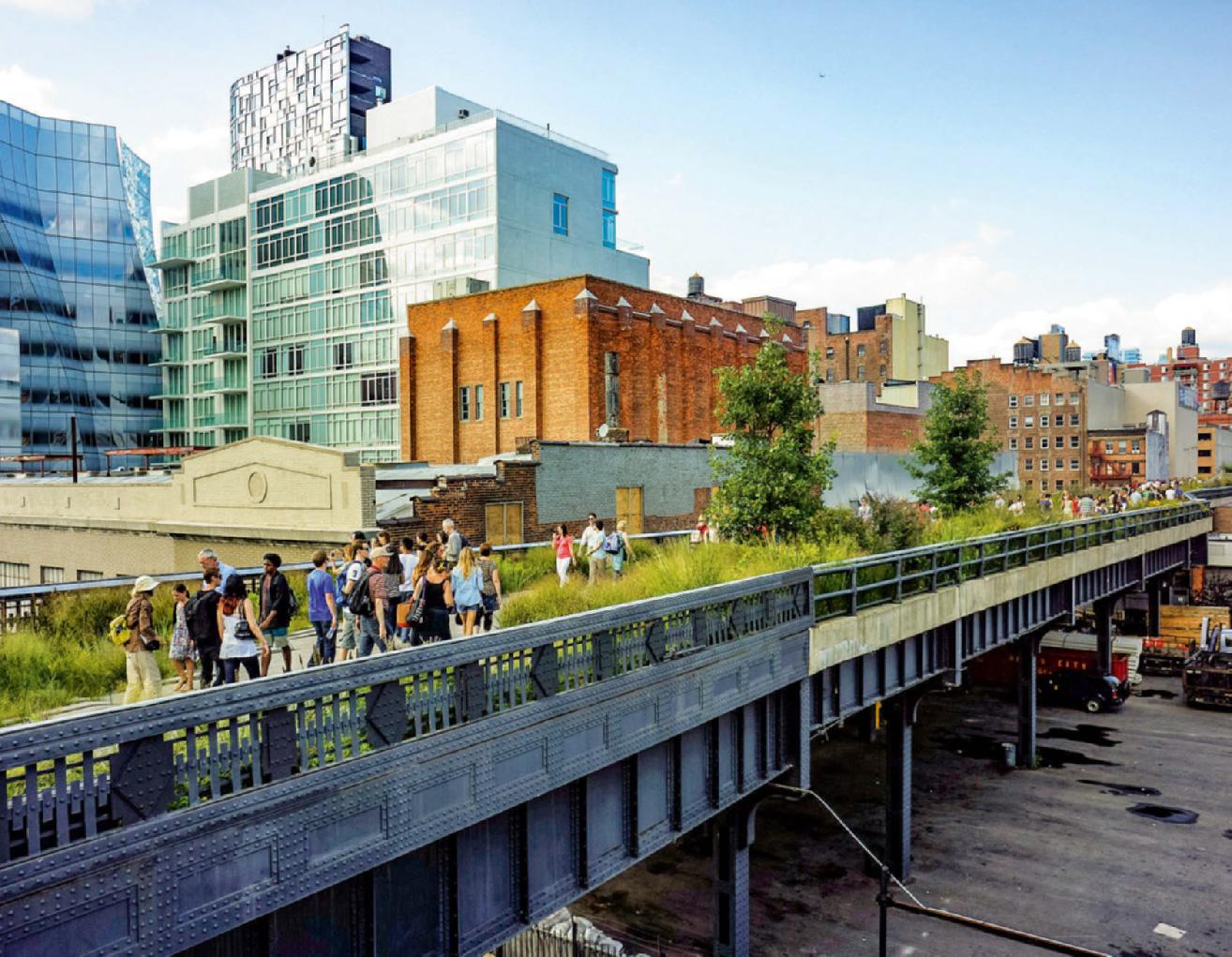
carbon and its tree canopies collect over 24,340 gallons of stormwater.
Further, by reusing existing industrial structures rather than demolishing and replacing them, embodied carbon can be kept where it is. Research on the Seoullo 7017 Skygarden in Seoul, a linear park built atop a disused highway overpass which cuts across the city’s main rail station, has shown that rewilding and landscaping urban infrastructures is more cost effective and less environmentally impactful than completely replacing them.
There is growing evidence of how important biodiversity in cities is, not just during daylight hours but at night,
too. Reused infrastructure projects can play an important role in providing ecological corridors across cities for nocturnal creatures.
Supporting both human and nonhuman life in this way is a valuable step towards improving the sustainability and resilience of places.
Linear parks thus weave nature into the flow of a city. They support wildlife. They encourage sustainable transport and physical activity (walking, biking, jogging). They are, as landscape architect Diana Balmori puts it in her 2010 book, A Landscape Manifesto, dynamic spaces: “not peaceful retreats but ways”.
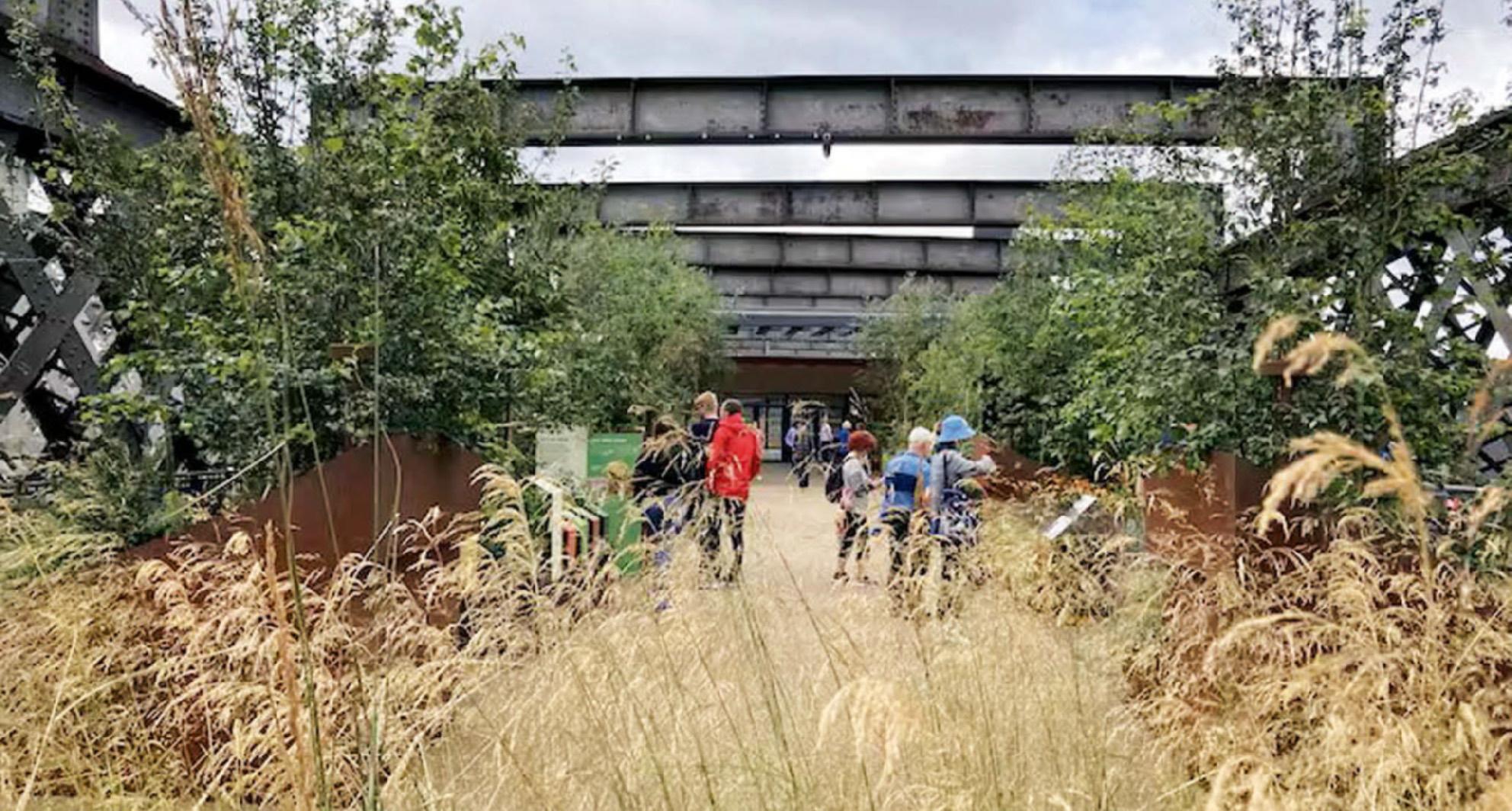

Mayors who have recognised their responsibility to transform their cities into sustainable and inclusive environments often like to focus on new technologies and innovative solutions in their pursuit of carbon neutrality and green transition efforts. Sustainable energy sources, micromobility solutions, smart city infrastructure… these are all laudable high-technology solutions that deliver results, help make cities greener, create new jobs and draw private investments. However, there is also a cheap and efficient solution for making cities greener in every sense of the word, and it’s literally millions of years old — around 385 million, to be precise.
We are, of course, talking about trees. In the case of cities, we are talking about the concept of urban tree cover, the number of trees influencing the city’s environment, its ecosystem, and even its microclimate. Long-term benefits of urban tree cover cannot be overstated. They improve nearly every facet of a city, and experts note urban trees can help cities achieve as many as 15 out of the 17 United Nations’ Sustainable Development Goals.
For most of the recent past, cities have readily sacrificed tree cover to expand physical urban infrastructure — buildings, roads, bridges, flyovers, car
parks… modern developments are regularly seen as key to a city’s prosperity. Since the beginning of the industrial era, urban tree cover has been steadily decreasing, with average tree cover decreasing by nearly 40,000 hectares per year on average during the past five years.
But with the cities facing rising temperatures, decreasing air quality, lack of communal areas and collapsing biodiversity, an increasing number of cities and their mayors are waking up to the fact that tree cover is a cheap and highly effective solution to many of these problems, leading to introduction of projects aiming to preserve a minimum of existing tree cover, or even to expand it by planting new trees and designing new and reconstructed neighbourhoods to include more trees, parks and green and blue areas overall.
In the face of growing climate challenges, trees are an impressive natural cooler, alleviating heat-island effect by providing shade. This effect helps protect the citizens from extreme heat waves, but also has an economic benefit as well, reducing the overall energy consumption needed to cool down homes and offices.
According to Australian governmentfunded research, every 10 percent increase in urban tree cover can
reduce land surface temperatures in cities by 1.13 degrees Celsius. Data from Lawrence Berkeley National Laboratory showed that late afternoon temperatures in cities can differ by as much as 3 degrees between downtown areas and the city’s parks.
Trees increase areas under shade, total moisture in the environment, induce cooling of air by evapotranspiration, and increase the percentage of sun radiation deflected. During summers, shaded surfaces can be cooler by as much as 25 degrees Celsius than unshaded surfaces, while evapotranspiration can lower peak temperatures by up to 10 degrees Celsius.
A single tree, within five years of its planting, can bring about three percent energy savings for one household in reduced cooling demands. Within 15 years, this figure grows to as much as 12 percent savings. Trees are also carbon dioxide vacuums, storing CO2 from the environment to fuel their growth. Depending on its species, a single tree can help capture between one and 22 tonnes of carbon dioxide during its lifetime. Trees contribute to negative emissions and can help cities reach carbon neutrality goals faster.
Urban tree cover also makes cities healthier overall. Trees reduce, block or at least buffer air, noise and water pollution, all of which are increased in cities compared to rural areas. The World Health Organization warns that the majority of the global population currently breathes air exceeding WHO guidelines. The Organisation for Economic Cooperation and Development stresses that air pollution incurs costs on the economy, through sick days and medical expenses, which could amount to 1 percent of global GDP output.
A less tangible but nevertheless real benefit of urban tree cover is its role in addressing social equality and inclusion. Citizens with easier access to greenspaces or nature report better moods and higher motivation to exercise outdoors, as well as socialise within their communities. These factors contribute not only to the quality of life in cities, but can also help attract greater business opportunities. The World Economic Forum cites research showing that increased street cover can increase property values by up to 15 percent throughout a city’s neighbourhoods.
Finally, a diverse and wellmaintained tree cover helps protect overall biodiversity by providing habitats for animals, insects and other forms of natural vegetation, which further supports urban tree health. Trees can minimise soil erosion during heavy rainfall, and can also provide essential resources to people living in cities, from food to medicines.
According to the latest data provided by the European Environment Agency, green infrastructure in cities — which includes allotments, private gardens, parks, street trees, water and wetlands — currently covers an average of 42 percent of cities within the 38 European Economic Area countries. According to the Copernicus Land Monitoring
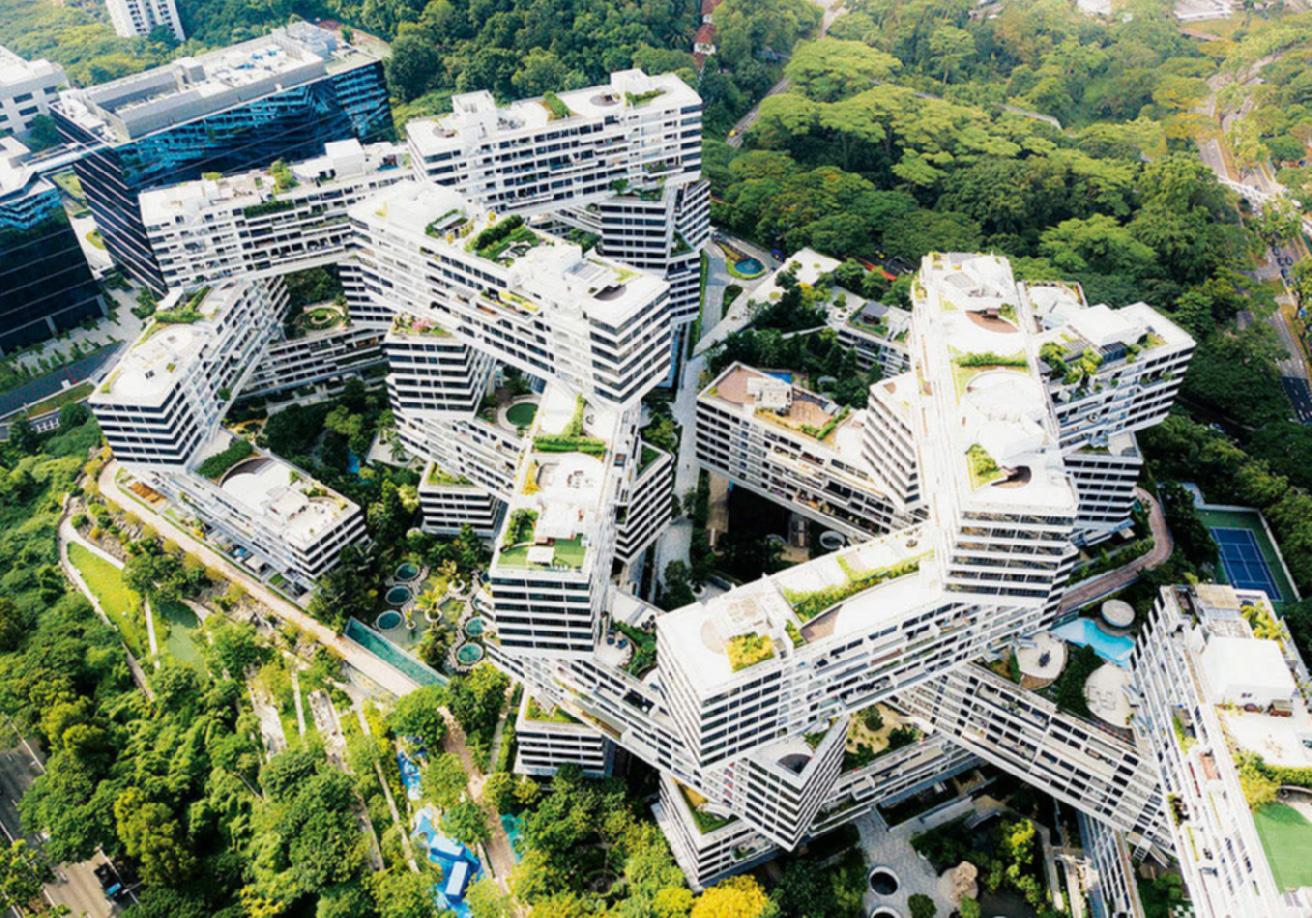

Services, urban tree cover makes up for 30 percent of the cities within the EEA countries, on average.
Some capitals stand out more than others. Oslo tops the list in both urban tree coverage with 72 percent, and the overall green infrastructure with 77 percent. Ljubljana, Zagreb and Vilnius also made it to the top five on both lists.
The importance of tree cover is becoming increasingly recognised by mayors all over Europe, with ever more cities introducing reforestation and tree planting projects. In recent months, Warsaw announced plans to plant 500 new trees as part of an infrastructure project, after already planting more than half a million new trees since Mayor of Warsaw Rafał Trzaskowski took office.
In Madrid, Mayor José Luis MartínezAlmeida enlisted the help of citizens and businesses to plant 1.575M new

trees, after already planting more than 130.000 plants as part of its 12-year Metropolitan Forest project.
Mayor of Seville Antonio Muñoz recently oversaw creation of the city’s first inventory of trees enjoying special conservation protection, aiming to preserve the city’s urban tree cover and put the city’s woodland heritage to the forefront.
The City of Toulouse recently also unveiled plans to plant 100,000 new trees by the end of this decade, after already planting more than 25,000 trees since the start of 2020. The Mayor of Toulouse Jean-Luc Moudenc also oversaw the transformation of school courtyards into urban oases by replacing asphalt with green areas, with plans to further expand in the future.
According to the World Economic Forum, increasing urban tree cover is one of the best tools to help cities achieve sustainable development goals, contributing to as many as 15 out of 17 UN goals. But maintaining the cover, ensuring urban trees reach their maturity and live a full life, requires continuous effort. WEF suggests that cities amend its laws to increase minimum urban tree coverage, avoid excessive use of concrete in public spaces, and invest effort into relocating mature trees to open spaces instead of bringing them down. Cities should also take greater care in urban planning not to destroy or displace its tree cover without sufficiently compensating for the losses.
Despite its age, urban tree cover is the solution of the future, and cities that wish to be both sustainable and inclusive will have to plan well and tend and protect their islands of green in their urban areas.
Taking cues from innovative projects like downtown Edmonton’s Warehouse Park, a focus on nature-based solutions could breathe new life into Winnipeg’s core. An innovative plan for downtown Edmonton will see paved parking lots repurposed into a multiacre park — an example of natural infrastructure solutions that can help urban centres shore up resilience against a changing climate.
Downtown Winnipeg is a concrete jungle. In the maze of office towers and asphalt, surface parking lots are more common than parks. The city’s harsh weather and abundance of pavement have choked out downtown trees; on summer days heat sticks to the pavement and lingers in the air. The city’s own data shows the downtown is home to fewer trees, fewer parks and hotter average summer temperatures than other parts of the city.
With a warming climate that promises to bring more frequent and powerful storms, heat waves and extreme weather events, the urban desert leaves downtown Winnipeg residents increasingly vulnerable to illness and death.
The sprawling prairie city of Edmonton, which is facing a slate of downtown crises similar to Winnipeg’s, the downtown, can look like a barren wasteland, according to Alex Hryciw, Chair of Edmonton’s downtown recovery coalition. A wasteland is bad for business and not likely to help protect the city from the impacts of a warming climate. As such, Edmonton has decided to turn parking lots into paradise, repurposing seven paved lots into more than two football fields worth of lush, green, downtown parks.
“I think cities are starting to understand that there’s not going to be another major build, there’s not going to be a hotel or an arena or something else that’s going to save our downtown,” Hryciw says. “If we want our downtowns to be sustainable, we

have to bring that sense of calmness back into the core.”
The unofficially named Warehouse Park is part of a broad new vision in Edmonton that aims to make natural spaces — and natural infrastructure — the new norm. It’s a vision echoed across the country as the idea of living cities, where greenspace is widespread and sustainable, begins to take hold. If applied in Winnipeg, widespread natural infrastructure could breathe new life, health and climate resilience into the city’s downtown core.
Over the last two decades, Canada, on the whole, has become less green. According to Statistics Canada, the average amount of urban land covered by healthy vegetation dropped eight percentage points nationwide between 2000 and 2022. Winnipeg saw the second highest loss of green in that time period, losing 37 per cent of its lush urban lands.
Such a significant loss of greenery isn’t just an eyesore; it’s bad for health. Combining more intense weather with a tendency towards concrete gridlocks makes a downtown more susceptible to climate-related crises such as floods and heat islands (the phenomenon that causes urban centres to experience warmer temperatures).
By contrast, more nature and greenery are thought to encourage walking, cycling, community cohesion and environmental education. Studies have shown greenspace reduces the risks of diabetes, cardiovascular disease, strokes, dementia and respiratory illness. Greenery is also shown to reduce anxiety and depression, while lowering mortality risks.
Brianna Salmon, executive director of Green Communities Canada, says the group has piloted a program to help cities incorporate green infrastructure in policy and planning decisions. “It’s all the sorts of things that help our cities to function like a natural system and use the power
of nature to address some of the challenges related to climate change.
Above all, living cities are places where green infrastructure is ‘the new normal’”, she adds. Rather than a series of small demonstration projects, living cities integrate green infrastructure into policy decisions, design considerations and long-term municipal planning.
In the downtown, where 150 surface parking lots cover 20 percent of the core, a group of landscape architects are working to introduce more natural infrastructure by adding parks, trees and other simple environmental solutions to the maze of concrete. “The first thing we think about when we’re doing any kind of urban design is how is this going to function from a social standpoint. It has to be useable, it has to be liveable and attractive and make people comfortable,” states Glen Manning, principal architect at HTFC Planning and Design.
Manning has been involved in a series of downtown green infrastructure projects. He helped design a tangle of trees and shrubbery at Manitoba Hydro Place, revitalise the courtyard at downtown’s Steinkopf Gardens, and contributed to the oasis of prairie grasslands, mini-wetlands and rainwater harvest systems at Millenium Library Park. He’s even been working with the city to come up with a better way to plant trees downtown. To Manning, green infrastructure isn’t just possible in Winnipeg, “it’s inevitable.”
Winnipeg is working with a narrow selection of plants and trees able to withstand the difficult conditions, but the city has started to find ways to extend the life of its downtown greenery. Street trees, for example, used to be planted in three-foot-bythree-foot pots nestled into holes in the sidewalk. Those trees lacked soil and nutrients and often died within a decade. Now, Manning says, he’s helping the city incorporate soil cells — crates of soil that can be installed
underneath sidewalk pavement — to help give the trees enough soil volume to grow. That soil also helps retain stormwater, reducing stress on the city’s aging sewage system.
Like Winnipeg, Edmonton’s downtown is challenged by harsh weather, aging infrastructure and limited political attention. “Our city, as an administration, has to prioritise every area of the city equitably, which means the downtown doesn’t always fall into a regular rhythm of neighbourhood renewal,” Hyrciw explains.
“We really are trying to ready our bureaucracy within the city to understand that in order to achieve what we want to see, all of these incremental policies like natural infrastructure, tree canopies and plant life matter.”
Edmonton’s proposed Warehouse Park, set to be completed in 2025, would see parking lots converted to park space and roadways converted to pedestrian-friendly paths in the city’s core. Edmonton had been planning for a downtown park since 2010, in the hopes a new greenspace would lead to more foot traffic and economic development. The city spent $36
million buying and expropriating land (including seven paved parking lots), and budgeted another $42 million on designing and building the park.
Those major investments have brought major returns. Private developers are already planning to build more than 3,000 residential units within walking distance of the park and those buildings will include mixed-use space for new businesses. “Where there is high value land, where there is marketable land, is where people have access to and can see greenspace,” city planner Claire St. Aubin explains. “What we’re seeing in common Western culture these days is all this discussion about how healthy it is, how good it is for our psychological and physical wellbeing to be in and around green.”
Warehouse Park is just one of a network of green infrastructure projects Edmonton is working to integrate in the coming years as part of an overarching “green and walkable” downtown strategy, St. Aubin says. In the eastern downtown neighbourhood of The Quarters, the city started piloting “green streets” lined with soil for healthy urban forest
growth and plans to develop green pathways that link the neighbourhood to the nearby river valley.
The city has found success getting private investors to buy into the green vision by emphasising the role vibrancy plays in safe, comfortable and economically thriving downtowns. They’ve secured federal money from green infrastructure funds, and encouraged private developers to see a greener downtown as a stronger tourist attraction. “National infrastructure is so critical to sustaining recovery throughout our central business district,” Hryciw says.

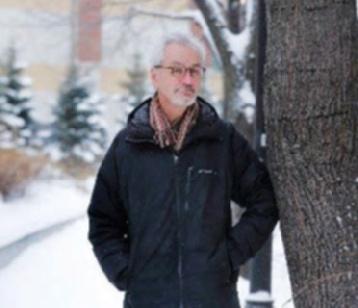
The Stunningly Versatile Sir Grange Zoysia Sir Grange Zoysia’s ability to be left unmown and still look fantastic opens up a range of opportunities to use turfgrass as a cost-effective ground cover solution. The perfect turf variety for roadsides, roundabouts and steep inclined areas where mowing and maintenance are difficult or expensive. Get in touch with Lawn Solutions Australia today for more information or a free quote.



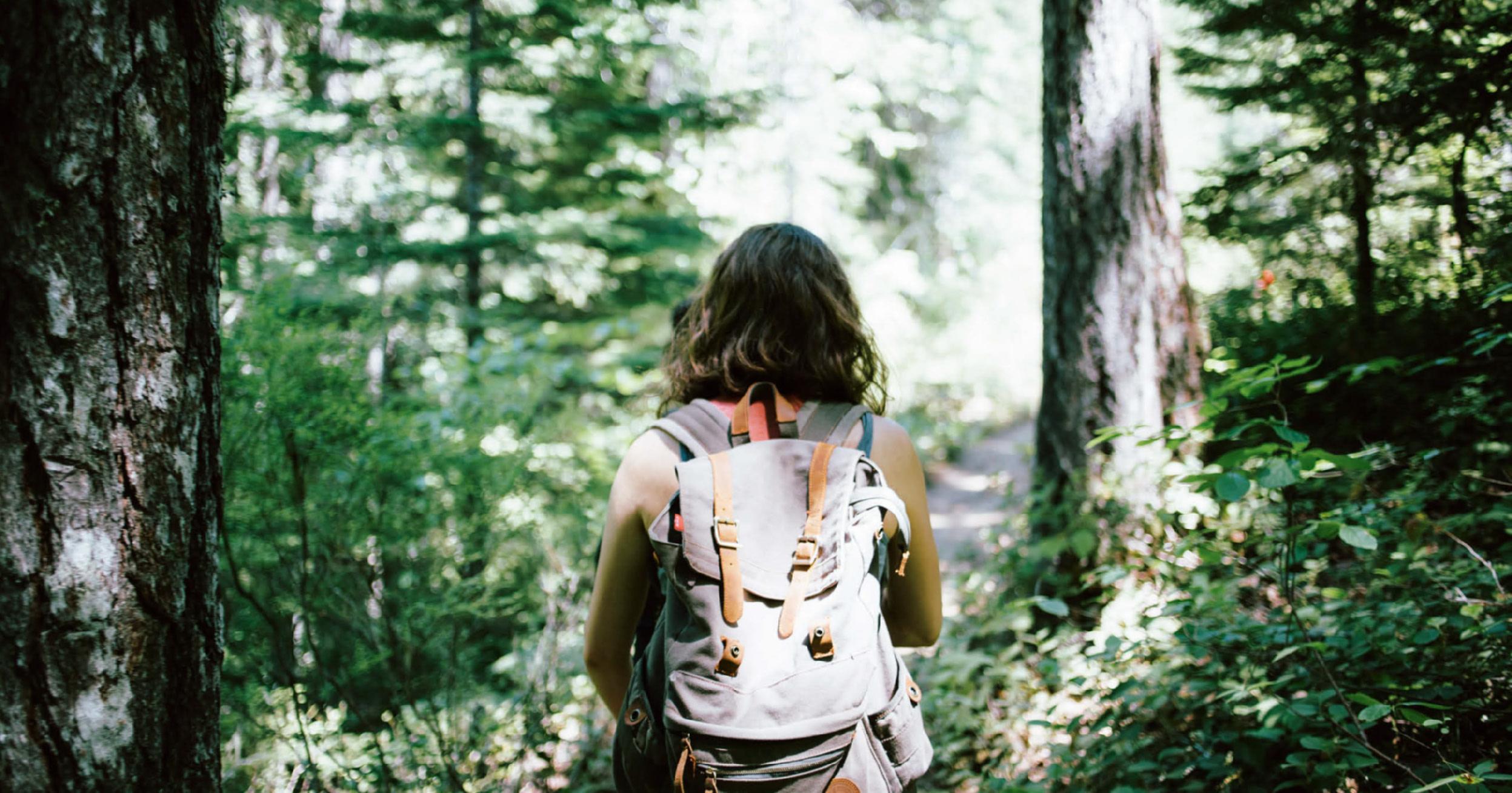
WORDS
Going for a walk in a park or along a lake or a tree-lined space may reduce the need for medication for anxiety, asthma, depression, high blood pressure or insomnia, a new study has found.
“Physical activity is thought to be the key mediating factor in the health benefits of greenspaces when availability or active use of greenspace is considered,” said study co-author Anu Turunen, a senior researcher at the Finnish Institute for Health and Welfare in Helsinki (via email).
The study found visiting nature three to four times a week was associated with 36 percent lower odds of using blood pressure pills, 33 percent lower odds of using mental health medications, and 26 percent lower odds of using asthma medications.
“The analysis can reveal key associations, but we can’t say for certain whether it was the greenspace proximity or use that led to reduced use of medications,” commented Lincoln Larson, an associate professor in the College of Natural Resources at North
Carolina State University in Raleigh, who was not involved in the study.
“Perhaps people who were healthier to begin with (and less likely to take prescription drugs) were more likely to get outdoors in the first place,” Larson said (via email).
The study, published in the journal of Environmental Medicine (Volume 80, Issue 2) interviewed approximately 6,000 random people in three of the largest cities in Finland about their use of green and blue spaces within a kilometre of their homes. Greenspaces included forests, gardens, parks, cemeteries, moors, natural grasslands, wetlands and zoos. Blue spaces included lakes, rivers and the sea.
Prior studies have found people living near greenspaces reap significant health benefits. A previous study compared the amount of plant life and vegetation near the homes of almost 100,000 women. After eight years, the researchers found having access to the most greenspace reduced the women’s death rate by 12 percent and improved their mental health.
A global study, Greenspaces and
Mortality: A Systematic Review and MetaAnalysis of Cohort Studies, reported in the Lancet journal of Planetary Health found that, “Urban dwellers who live near greenspaces are less likely to die early”. This new study also investigated the impact of being able to view green or blue spaces from home on the use of medications. Observing nature while indoors didn’t appear to work.
“Just seeing nature didn’t really move the needle, but experiencing it did. Other research points to similar conclusions,” said Larson, who has studied the benefits of public parks across the United States. On the wellbeing of urban dwellers, he claims, “If you want to reap the full health benefits that nature can provide, you have to immerse yourself in those settings.”
While research hasn’t yet been able to show a true association, Larson still believes in the benefits of seeing, as well as experiencing nature. “If you don’t have access to those places, simply seeing greenspace (or perhaps even experiencing virtual nature) is better than nothing,” he added.
SPORT AND PHYSICAL ACTIVITY PARTICIPATION IN CULTURALLY AND LINGUISTICALLY DIVERSE (CALD) GROUPS
Authors Robertson, J & O’Driscoll, T
Abstract The following text is from the report’s introduction: “The report presented herein builds on a systematic literature review that synthesised global academic research on sport and physical activity participation of CALD groups (O’Driscoll et al., 2013). The report presents recommendations and findings for Council to consider for future directions and planning. Ensuring that Council facilities, opportunities, and plans for sport and physical activity participation are inclusive can support active living and lead to healthier futures for all Monash communities. The main findings of the report identified five focus areas for the City of Monash to consider: (1) resettlement and cultural change; (2) demographic differences; (3) personal, cultural, and social factors; (4) environmental factors; and (5) sport and physical activity considerations for CALD women and girls.” (p. 8). Robertson and O’Driscoll’s (2022) report provides a thorough review of relevant literature about culturally and linguistically divers (CALD) groups’ involvement in sport and physical activity. Although the report is focused on City of Monash, the literature is drawn from local, Australian and international sources. The principles of how to include CALD groups in community sport and physical activity are applicable in most municipal settings in Australia, New Zealand and other international settings. The report provides a summary of findings to include background of the five focus areas (refer to previous paragraph), main enablers, main barriers, recommendations and strategies. Published Roberrson, J & O’Driscoll, T (2022). Sport and Physical Activity Participation in Culturally and Linguistically Diverse (CALD) Groups. Deakin University and City of Monash. Download parksleisure.com.au/library/ details/Sport%20and%20Physical%20
Activity%20Participation%20in%20 Culturally%20and%20Linguistically%20 Diverse%20(CALD)%20Groups
Cost FREE
Authors Butson, M; Du, E; Jeanes, R & Tower, J
Abstract Leisure organisations’ most valued staff are often the most likely to leave. Leisure employees (e.g., swim instructors) are resources essential to organisational performance requiring proactive strategies by managers and human resource departments to retain talented individuals. The association between job satisfaction and turnover intention is well supported in the literature. The study aimed to identify and explain the current turnover intention of Victorian, Australia swim instructors. Younger swim instructors (ie. 18–28 years old) presented a high turnover intention. Older swim instructors (ie. 45+ years old) presented a low turnover intention. Managers of swim schools should contemplate implementing retention strategies to reduce the turnover intention of younger swim instructors and consider the benefits of having a workforce containing older swim instructors. Supporting the industry to manage turnover intention might support in improving ineffective pedagogy and teaching, enable more individuals to participate in swimming lessons, and improve drowning outcomes.
Published Managing Sport and Leisure, 2023
Download tandfonline.com/doi/full/10 .1080/23750472.2023.2180081
Cost FREE
Author Rhodes, A
Highlights Most parents (94%) recognise play is important for a child’s health, including physical wellbeing and brain development. Less than half (45%) of Australian children play outdoors most days, and 80 percent of parents would like their children to spend more time outdoors. Time,
safety concerns and weather stop Australian children playing outdoors. A third of parents (32%) say it is not good for play to involve risk. Almost two in three parents (61%) often find playing with their child hard or boring, and most parents (58%) are keen to learn more about how to play with their child.
Published Rhodes, A (2023).
Australian Families: How We Play. Royal Children’s Hospital Melbourne, National Child Health Poll
Download rch.org.au/uploadedFiles/ Main/Content/rch/NCHP28%20 Poll%20report%20A4_FA.pdf
Cost FREE
Authors Wilson, R; Evans, J & Macniven, R
Abstract Physical activity is essential for good health and sport participation is an important contributor to physical activity. Sport can achieve many health and broader social benefits for Aboriginal and Torres Strait Islander people (Indigenous Australians). Children’s physical activity typically declines during teenage years. This study examined 14-year sport participation trends among youth aged 15–19 years. Indigenous youth sport participant levels were lower than non-Indigenous levels. The highest sports participation level was 80.1 percent (non-Indigenous males, 2016); the lowest was 56.8 percent (Indigenous females, 2018). Lower sport participation was reported by females compared to males in both Indigenous and non-Indigenous groups in each survey year with the lowest levels found among Indigenous females. These findings challenge current discourses of high Indigenous sport participation. A comprehensive understanding of the factors related to sports participation is required to inform future strategies and programmes to increase participation and contribute to closing health and broader equity gaps.
Published Annals of Leisure Research, Volume 26, (1), 2023
Download tandfonline.com/doi/abs/1 0.1080/11745398.2020.1856694
Cost $50 (USD)
Authors Girginov, V; Chen, S; Alhakami, F; Batuev, M & Chalip, L
Abstract The study examines governments’ policy responses in sport during the pandemic casued by Covid-19. Applies Hood and Margetts’ (2007) NATO approach to analysing national governments in China, Russia, Saudi Arabia, UK and USA use of policy instruments to affect the governance, access to and consumption of sport. Regardless of ideological persuasions, the five governments have framed exercise and sport as critical for citizens’ wellbeing. The directions and limits of central government interventions in sprot depend both on the system of government and the ways that governments choose to engage with sport.
Published International Journal of Sport Policy and Politics. March 2023 Download doi.org/10.1080/19406940. 2023.2197001
Cost $50 (USD)
Author Basil, M D
Abstract This research examines the process behind the decision to undertake a multi-week hiking trip. It analyses memoirs to understand people’s interest in, preparation for, and consumption of three longdistance thru-hiking trails – the Camino de Santiago, the Appalachian Trail, and the Pacific Crest Trail. The study reveals that the inspiration for long-distance hiking often arises as a vague notion, serendipitously through accidental exposure. This idea may incubate for years as people add the idea to a mental “bucket list”. Most typically, an important event triggers the decision to attempt the trail.
Once people commit, preparation requires information and intensive planning. The trip itself is typically a time of self-discovery. Finally, some hikers become devotees and serve as online evangelists to other potential hikers. These narratives provide an understanding of the psychological aspects behind the consumer journeys and the value of examining people’s narratives as a source of this understanding.
Published Leisure Studies, 42 (2), 2023
Download tandfonline.com/doi/abs/10
.1080/02614367.2022.2115108
Cost $50 (USD)
Authors Matthews, N; Seaman, R & Bremer, E
Abstract Regular physical activity is important for positive health outcomes yet, most individuals do not meet physical activity guidelines. Recent studies show that one in five Canadians aged 15 or older have one or more disabilities, yet as a population, individuals with disabilities are 16-62% less likely to meet physical activity guidelines. The COVID-19 pandemic created additional barriers to physical activity participation as lockdowns prevented in-person programming. In response to the pandemic, the Acadia University Sensory Motor Instructional Leadership Experience (S.M.I.L.E.) Program shifted its programming to a virtual platform; however, there was little research to guide its creation, implementation, or expected outcomes. Thus, this pilot study explored program feasibility and impact on physical activity and physical literacy. A mixed methods case study approach was used for this project. Virtual S.M.I.L.E. took place over eight weeks in the fall of 2020. Programming consisted of three live Zoom sessions facilitated by trained program leaders, and eight weeks of at-home activity guides for participants to complete on their own time. Demographic data, physical literacy (PLAYself), and physical activity (IPAQ-A) data were collected using caregiver pre-and post-programming
surveys. Throughout programming, weekly check-in surveys were sent to reflect on the previous week of programming. After the eight weeks of programming were complete, caregiver and leader interviews were conducted to understand both program implementation and performance perspectives. Results indicated that participants’ (N=15, Mage=20.4 years) overall physical literacy and physical activity did not change; however, there was a decrease in the cognitive domain of physical literacy (p=0.03). Caregiver and leader interviews highlighted five main themes following the virtual programming: (a) Virtual impact on programming; (b) Programming impact on social and motor goals; (c) Impact of program design; (d) Impact on physical activity; and (e) Program feasibility for families. Results from this pilot study suggest that physical literacy and physical activity levels were generally maintained throughout programming and caregivers indicated several social and activity benefits. Future work includes program modifications and further evaluation of virtual adapted physical activity programming to improve the physical literacy of individuals with disabilities.
Published Frontiers in Sports and Active Living, 5, 2023 Download rontiersin.org/ articles/10.3389/fspor.2023.1128565/ abstract
Cost FREE
Authors Polyakova, O & Ranchandani, G
Abstract The study explores the perceptions of users towards service quality in public sports centres in England. As highly specialised fitness facilities gain popularity in the UK and multipurpose facilities with a broad range of services face new challenges in creating sustainable sports participation, the study focuses on the regular users of gyms in the sports centres. A strong linear relationship between the importance attached by respondents to different elements
of service quality and the perceived performance of those elements was found to exist. Physical environment, particularly “equipment”, was perceived as the most important aspect of quality by regular gym users, while the performance of “equipment” and “ambience” exhibited the strongest relationship with overall perceived service quality.
Published Managing Sport and Leisure, 28 (1), 2023
Download tandfonline.com/doi/abs/1 0.1080/23750472.2020.1853594
Cost $50 (US)
PARENTS PERCEPTIONS OF ONLINE PHYSICAL ACTIVITY AND LEISURE WITH EARLY YEARS CHILDREN DURING COVID-19 AND BEYOND
Authors Allen, G & Velija, P
Abstract Prior to Covid-19, businesses offering enrichment activities for pre-school aged children were saturating the early years (0–5 years) market. However, the pandemic caused sudden changes to family routines with regular leisure activities cancelled. Using Lareau’s theory of concerted cultivation as a framework, we explored how physical activity (PA) was managed by parents of preschool children and how routines changed during the pandemic. A UK national online survey was completed by 925 parents. Sixteen tailored, follow-up semi-structured interviews were undertaken with parents. Due to the nature of the pandemic and the age range of the young children, it was the parents who ultimately made decisions about PA, and it was parents who had to adapt, often to a challenging set of circumstances. Our data suggests many parents sought to utilise informal play and online PA during the lockdown periods with mixed levels of success. For those that attended baby, toddler, and pre-school sport sessions provided by commercial businesses prior to lockdown, the vast majority were eager to resume their in-person classes as opposed to continuing online. Parents perceived a wider range of benefits and cultivation for their child if they attended such classes in person (e.g. expert delivery, socialisation, and routine).
Published Leisure Studies, 42 (1), 2023. Download tandfonline.com/doi/full/10.1 080/02614367.2022.2115111
Cost FREE
Author Roberts, K
Abstract This paper presents findings from time-use surveys in the UK, which were conducted prior to, during and following the Covid-19 lockdowns in 2020 and 2021. These findings are set against the background of evidence from similar surveys in the UK and globally from 1920s onwards. Movements into and out of successive lockdowns between 2020 and 2021 disrupted former temporary routines with consequences that endured in 2022. There has been no return to the old normal, or even towards that normal. The new normal was a population with more leisure time than pre-pandemics but which was also spending more time doing paid work. There were differences in sex, age and income, but overall time had been released for other uses by people doing less travelling, less studying and less unpaid child care. Extra leisure time was being filled mainly by the media.
Published Leisure Studies, 42 (1), 2023 Download tandfonline.com/doi/abs/1 0.1080/02614367.2022.2138512
Cost $50 (USD)
AGEING, AGERS AND OUTDOOR RE-CREATION: BEING OLD AND ACTIVE OUTDOORS IN THE TIME OF COVID: AN AUTOETHNOGRAPHIC TALE OF DIFFERENT WOR(L)DS. “I’M NOT VULNERABLE?”
Authors Humberstone, B Abstract COVID-19 is the greatest global crisis since WW11, infecting millions of people. Those amongst the worst affected have been in the older age range and largely have underlying health issues. The importance of maintaining wellbeing, being fit and healthy, and resisting neoliberal and normalizing discourses
as we age becomes more crucial. This paper considers the entanglement of embodied, emplaced ageing, nature-based recreation and green and blue spaces in exploring the experiences and sensibilities of agers. It argues that interpretative research can provide for a better and more nuanced appreciation of older folks’ changing embodied subjectivities and their relations with the outdoors. Autoethnography is examined as an insightful, credible methodology in (re)-presenting being old outdoors and being active outdoors. The perceived vulnerability of 70+ folk is considered in light of government policy discourses emanating as a consequence of the pandemic. The paper folds with realist tales of Lockdown in New Zealand.
Published Annals of Leisure Research, 25 (5), 2022.
Download tandfonline.com/doi/abs/1 0.1080/11745398.2021.1878380
Cost $50 (USD)
RESEARCH CONNECTIONS IS PRODUCED BY PLA ADVISORY RESEARCH
This edition was compiled by Steph McCallum-Keily and John Tower.
Have you completed a report that may be of interest to your Australian parks and leisure colleagues? You can share it via PLA’s PaRC at parksleisure.com.au/library/ Please contact PLA Advisory Research for more information on research@ parksleisure.com.au
CALL FOR ARTICLE ABSTRACTS AND REPORTS
Abstracts of research projects and reports of interest to PLA members are always welcome. Please forward material or enquiries to PLA Advisory Research research@parksleisure.com.au
PLA Advisory is pleased to welcome new group members.
Following an EOI process earlier in the year, and a decision to merge with the Research Working Group, John Tower, Stephanie McCallum and Lucilla Marshall are now newly appointed members of PLA Advisory.
PLA Advisory has continued to work on strategic recommendations for the National Board to consider from the project undertaken last year. This project engaged with members to document, “How have global issues impacted Parks and Leisure Australia members and their workplaces?” The issues considered included:
• Rising costs and supply issues for goods and services
• Difficulties recruiting and retaining staff/contractors
• Political environments driving development rather than planning
• Increasing community expectations and reactions
• Increased asset maintenance requirements
• Displaced and disturbed communities
• Community organisational challenges
• The need for new partnerships
• Responding to climate change
• Changing organisational focus (from community to economic and asset management)
Clearly each topic is complex. To develop actions that may progress responses or build our support systems is taking some time. The PLA Advisory team are looking at future workshop opportunities, including at the National Conference to be held in Adelaide, to continue these discussions with
AUSTSWIM ‘SOAK IT UP’ INTERNATIONAL CONFERENCE 2023
5-6 July 2023
Gold Coast Convention & Exhibition Cnt AUSTSWIM-soak-it-up-23.eventbrite.com.au
MINISTRY OF SPORT WOMEN IN SPORT SUMMIT 2023 18 July 2023
QT Hotel Surfers Paradise Conference Centre ministryofsport.com/womeninsport
GLOBAL SPORTS SUMMIT 2023 21-31 July 2023
Melbourne Cricket Ground gis.sport
NATIONAL SPORTS & PHYSICAL ACTIVITY CONVENTION 2023
27–28 July 2023
Melbourne Convention & Exhibition Cnt nationalsportsconvention.com.au
SAPIA NATIONAL CONFERENCE 2023
1 September 2023
Pullman Sydney Hyde Park sapia.org.au/sapia-national-conference- 2023
ARV METRO CONFERENCE 20-22 September 2023
Hyatt Place Melbourne aquaticsandrecreation.org.au
PARKS AND LEISURE AUSTRALIA & WORLD URBAN PARKS JOINT INTERNATIONAL CONGRESS 2023 22–25 October 2023
Adelaide Convention Centre parksleisure.com.au
15TH BIENNIAL AUSTRALIA AND NEW ZEALAND ASSOCIATION FOR LEISURE STUDIES CONFERENCE 2023 5-7 June 2023
Auckland University of Technology, New Zealand anzals.org.au
WAVES CONFERENCE
6-8 September 2023
Kirikiriroa/Hamilton, New Zealand nzrecreation.org.nz
members. We plan to circulate the report in the coming weeks.
In other work, PLA Advisory has drafted a Statement of Reconciliation, which sets out our desire, as an industry, to officially acknowledge and work with our First Nationals People and Traditional Owners. The Statement will be brought to the National Board and State Chapters for review shortly.
PLA Advisory is always seeking to engage with our members. There has been a significant shift in our industry over the last few years, brought about by several issues, which are included in the list above. As leaders in our sector, the Advisory members are aware of these changes and are seeking both input from our “on the ground” members and to find strategies to assist our members in their day-to-day activities.
17TH WORLD LEISURE CONGRESS 2023 11-15 December 2023
Dunedin, New Zealand worldleisure.org
INTERNATIONAL
2023 NRPA ANNUAL CONFERENCE 10-12 October 2023 Dallas, Texas, U.S.A nrpa.org
2023 AAPA ANNUAL CONVENTION & EXPO 22-25 October 2023
Aurora, Colorado, U.S.A aapa.getregistered.net
WORLD WATERPARKS ASSOCIATION (WWA) ANNUAL SYMPOSIUM AND TRADESHOW 2023 24-27 October 2023
New Orleans, Louisiana, U.S.A wwashow.org
GLOBAL WELLNESS SUMMIT 2023 6-9 November 2023
Doha, Qatar, U.A.E globalwellnesssummit.com
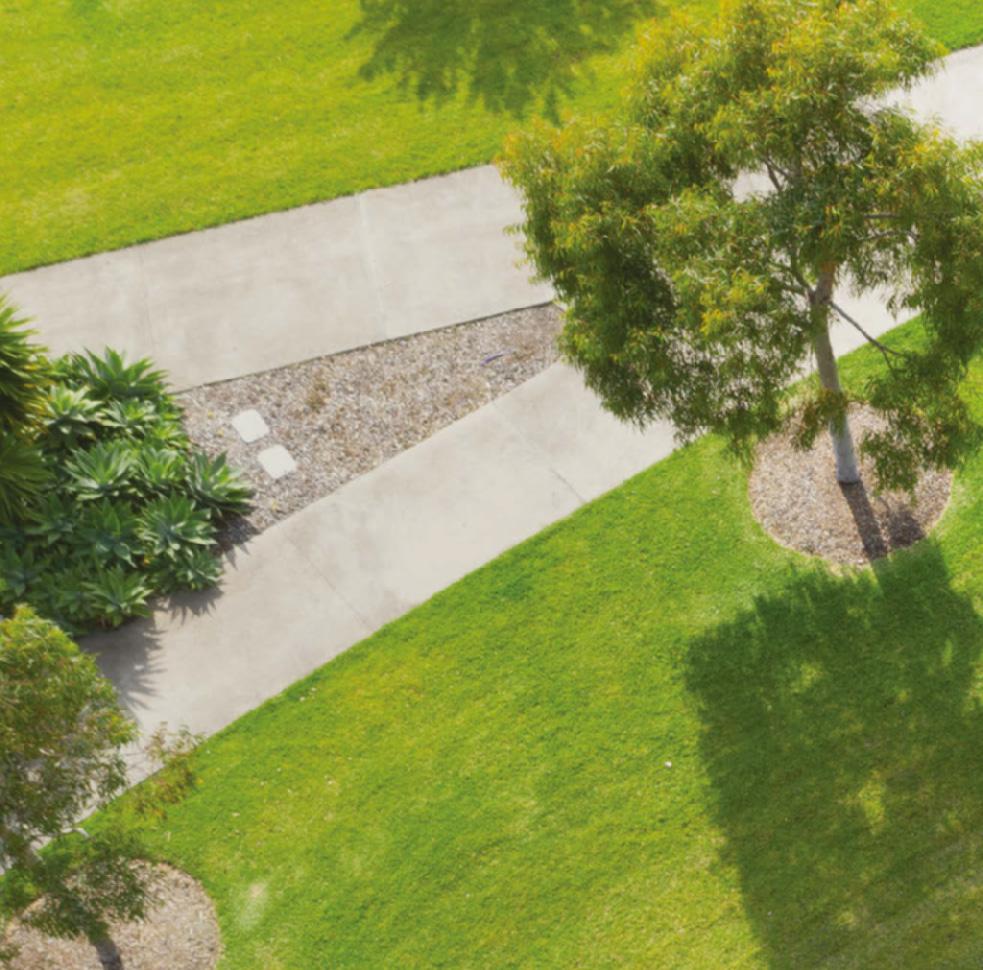
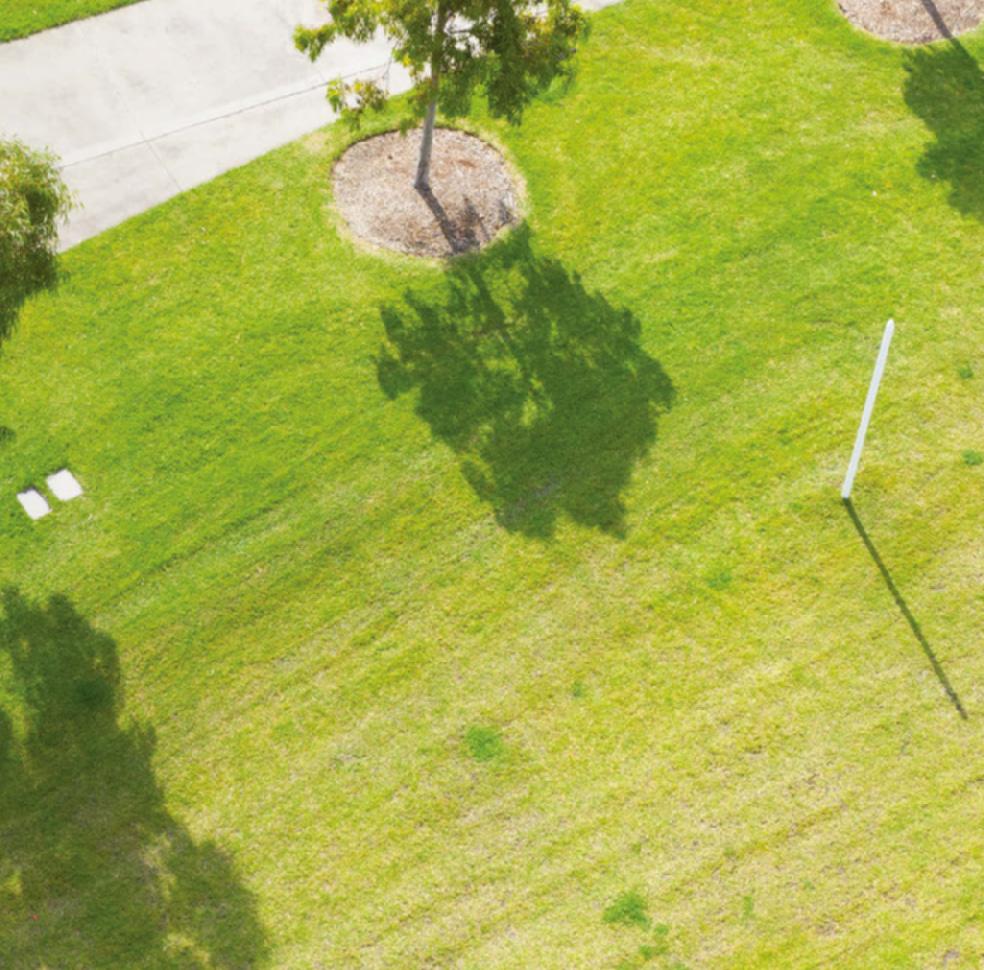
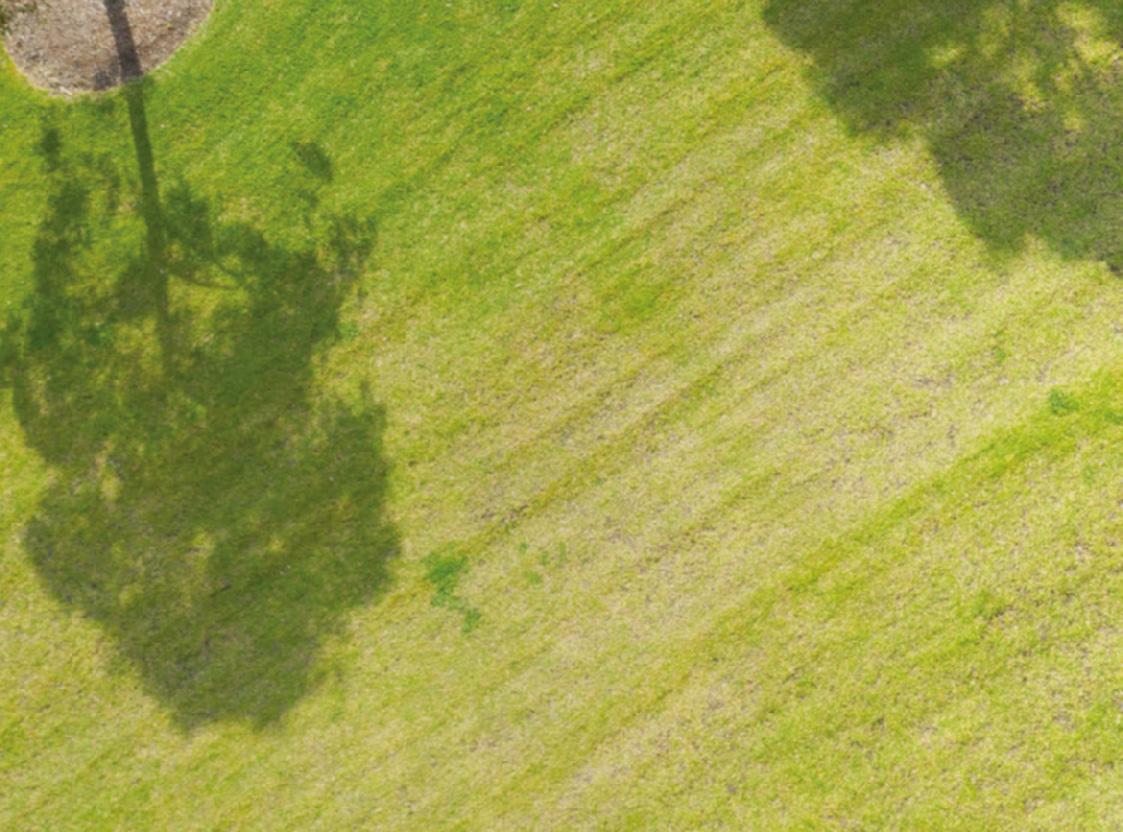
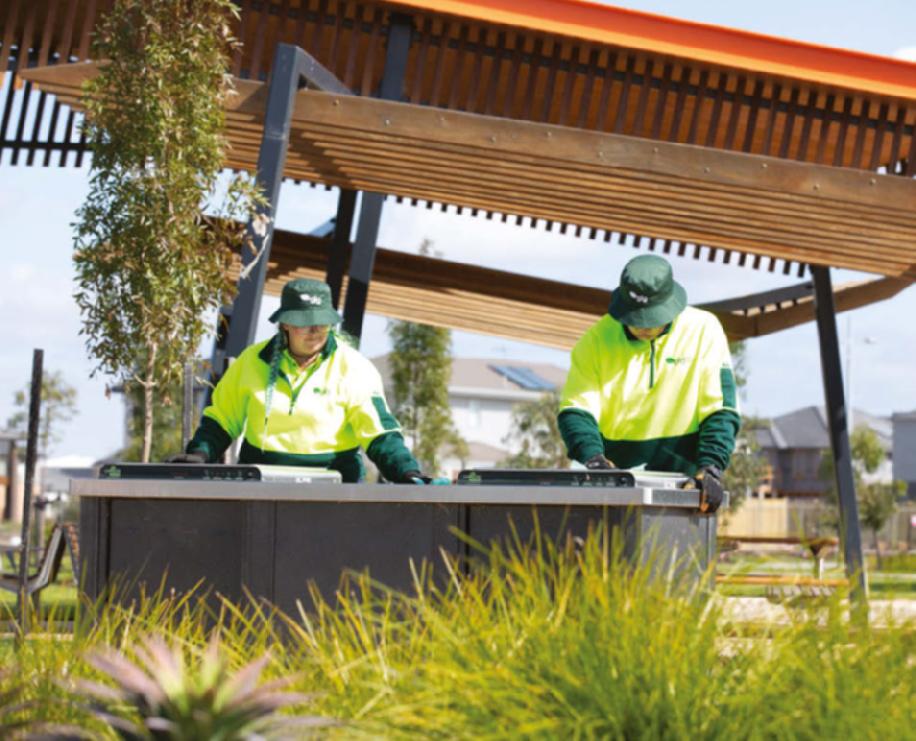
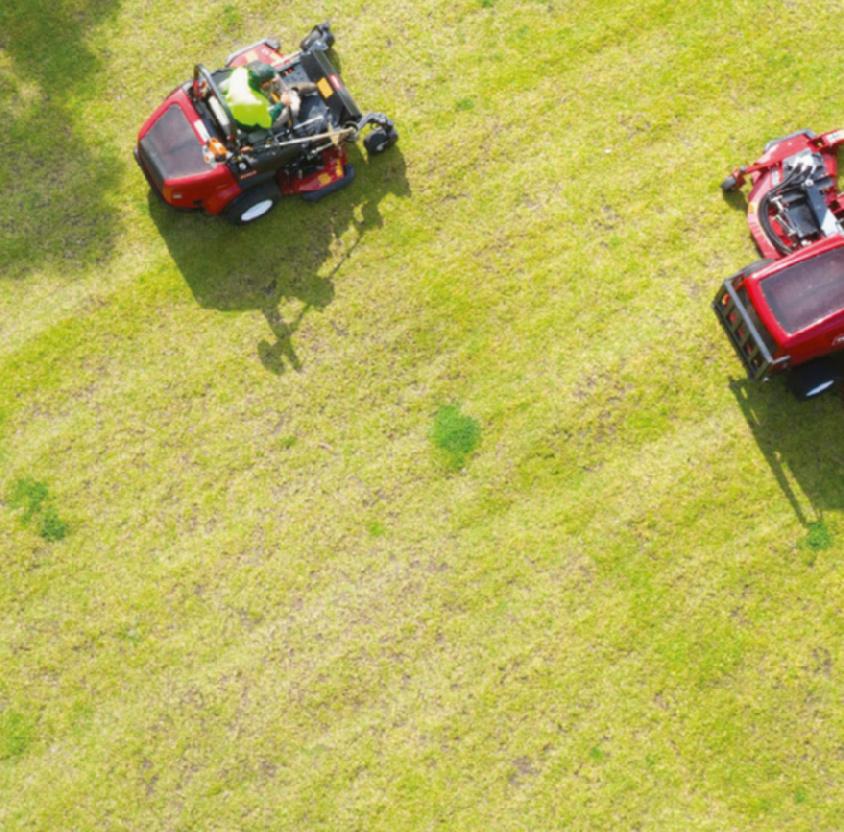
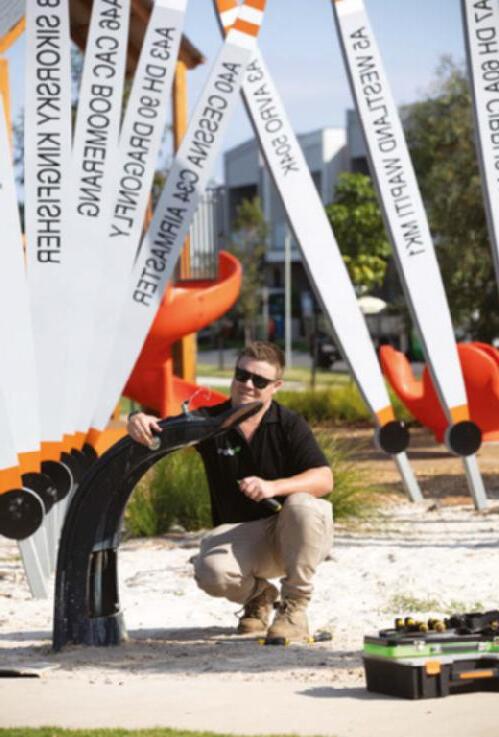

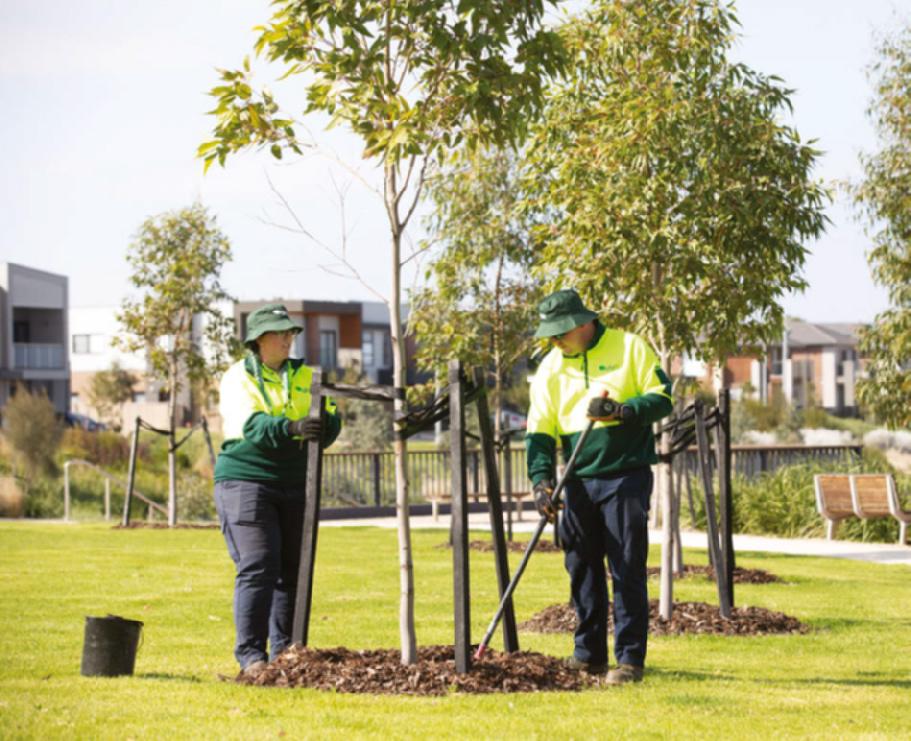

With more than 27 years of industry experience, GLG is a dedicated open space specialist.
Join our Facebook community to:
• Get the best bits of the quarterly Australasian Parks & Leisure journal
• See photos of regional and national award winners and guests
• Read about topical industry news
• Stay abreast of national conference activity before, during and after the conference
• Discover what seminars and events are going on in your area
Follow
@ParksLeisureAus to:
• Receive news and live updates from official PLA events
• Access quick, up-to-the-minute conference news
• Speak one-on-one to managers in your PLA community about your organisation’s projects LINKEDIN
Follow
Parks & Leisure Australia to:
• Discover and network with like-minded people in your industry
• Unearth industry seminars and events going on in your area
• Read hand-picked articles from the quarterly Australasian Parks & Leisure journal that matter to you, your organisation and your industry




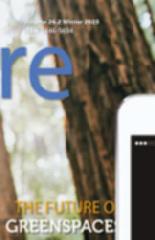









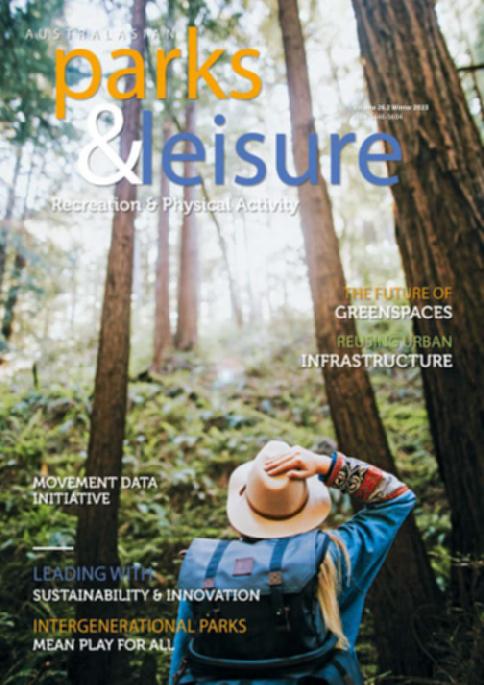




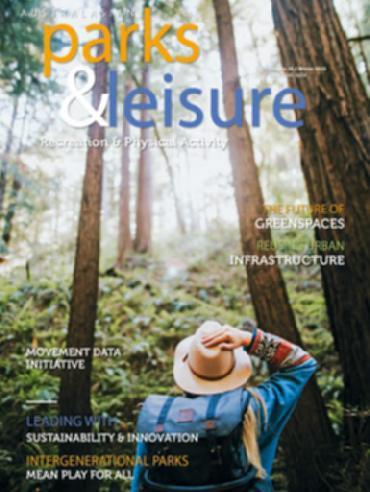











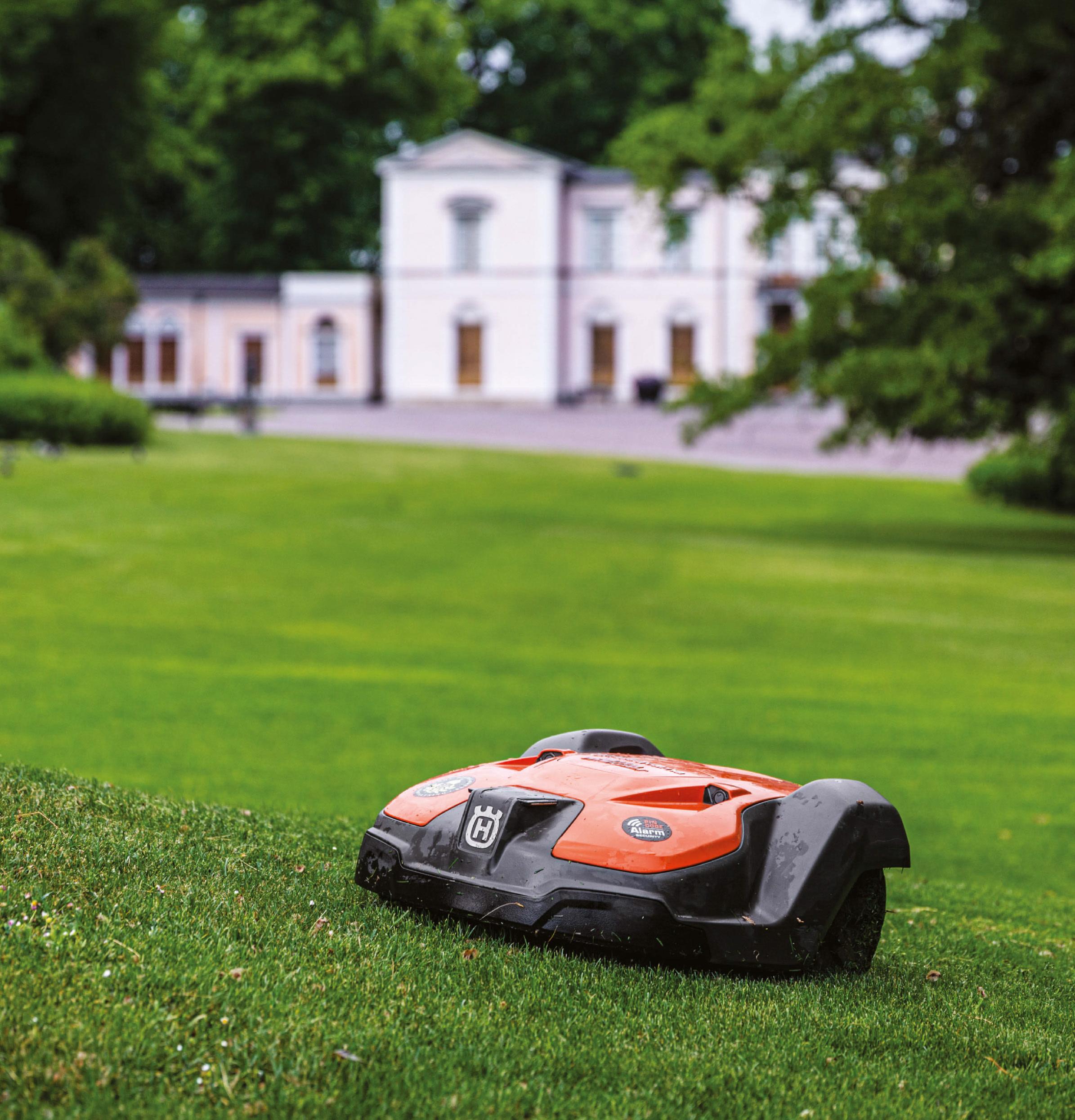
MGreen spaces that create inviting environments for residents, guests or customers are crucial whether facilities or private property. Achieving the desired results is simple with Husqvarna by your side, and now with new EPOS technology it’s even easier to experience outstanding results, reliability and lower emissions. With virtual boundaries, the possibilities are endless.

COMING SOON


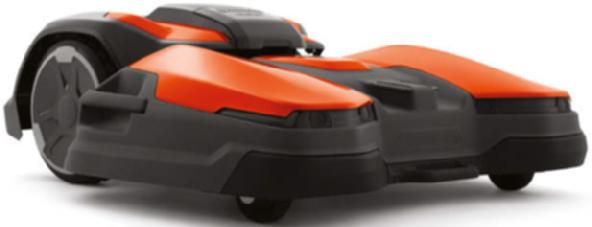


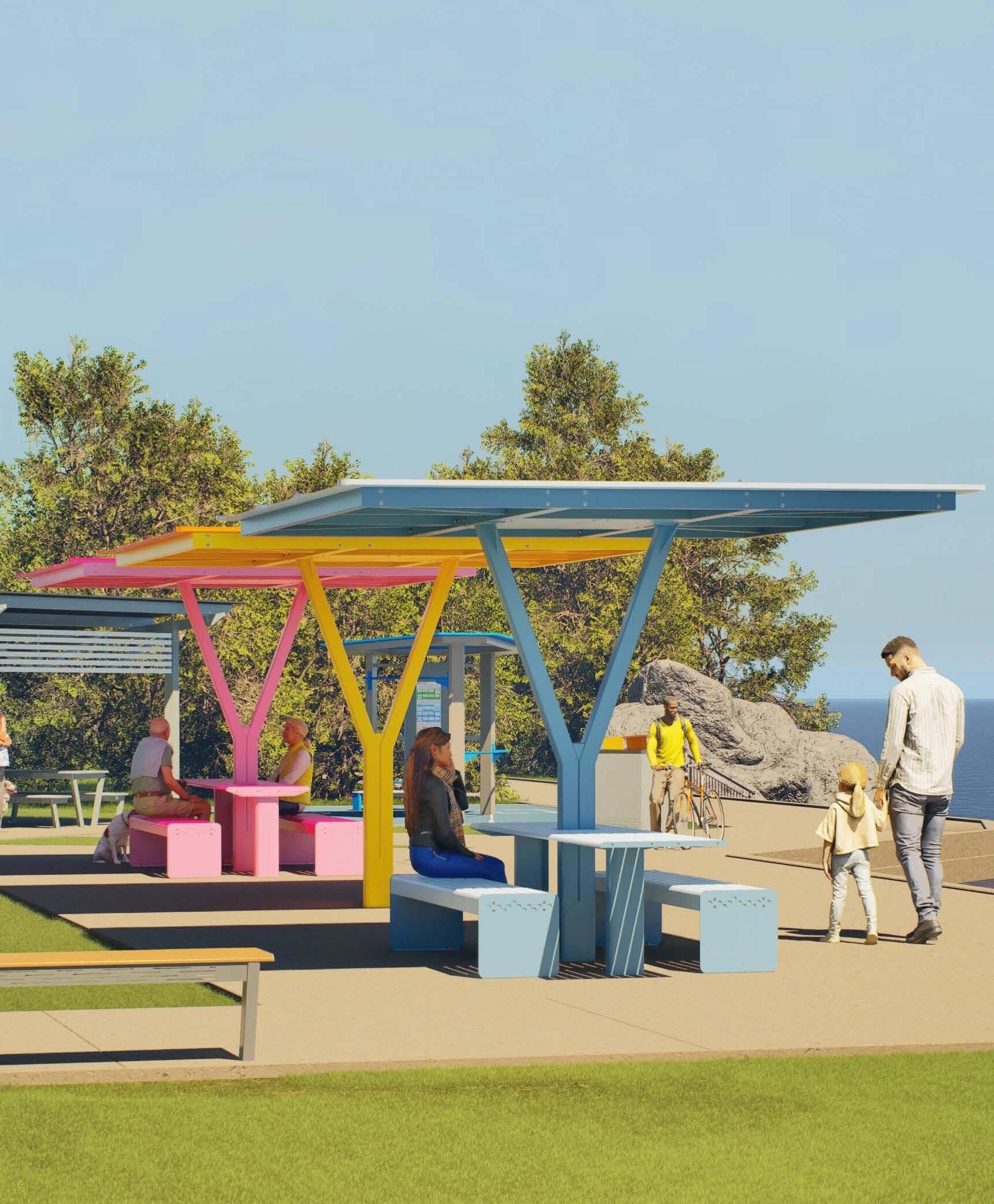
Inspired by the graceful Acacia Tree, this single posted shelter is designed to provide maximum shade and comfort.